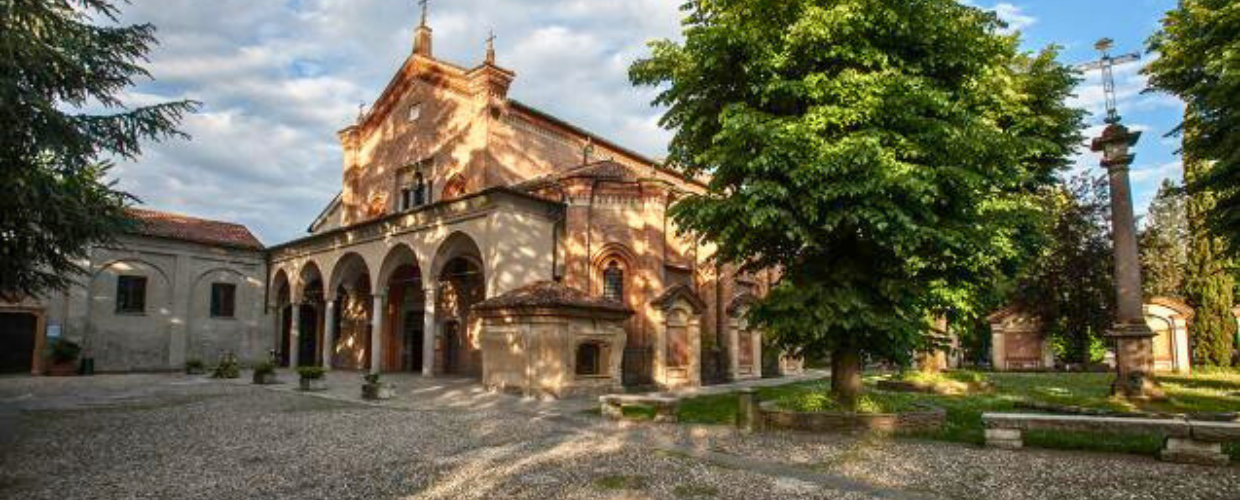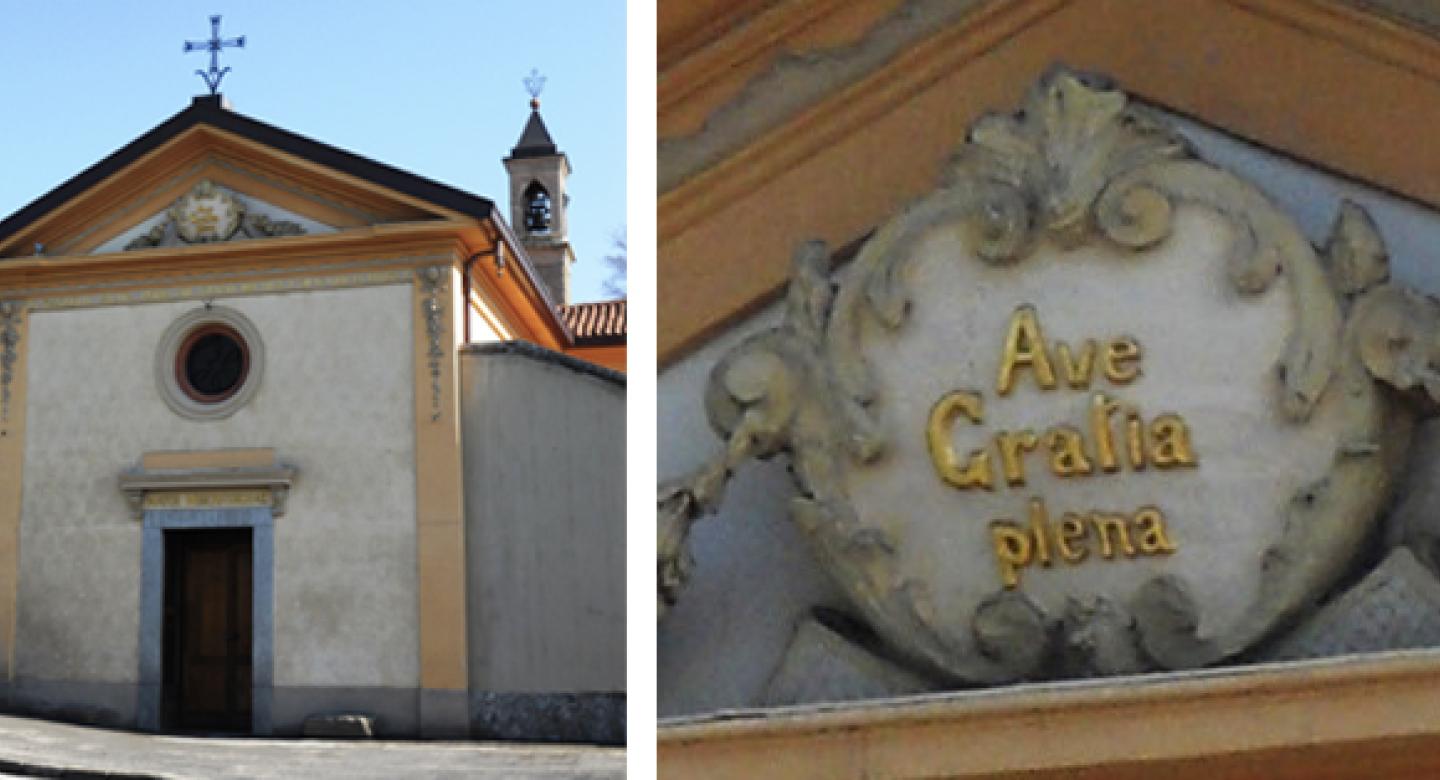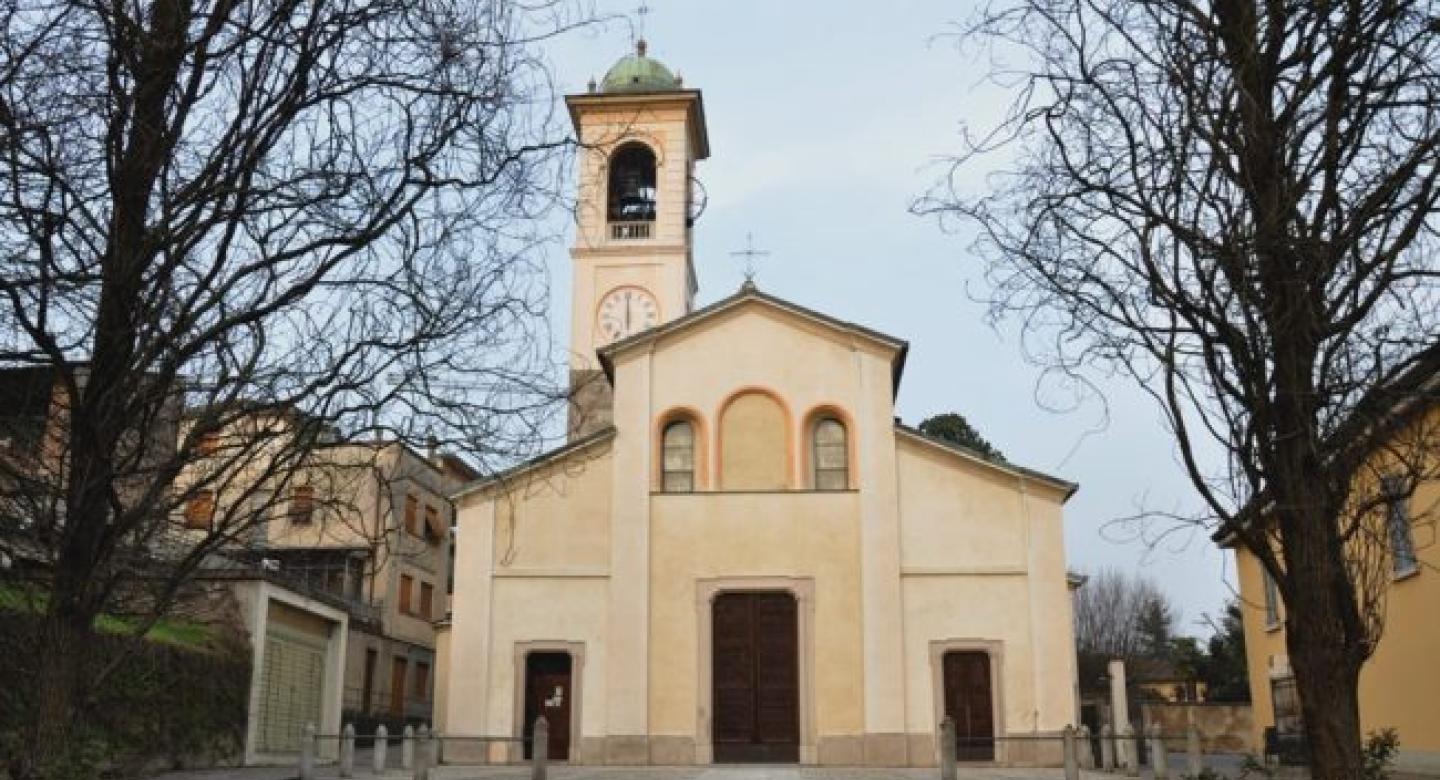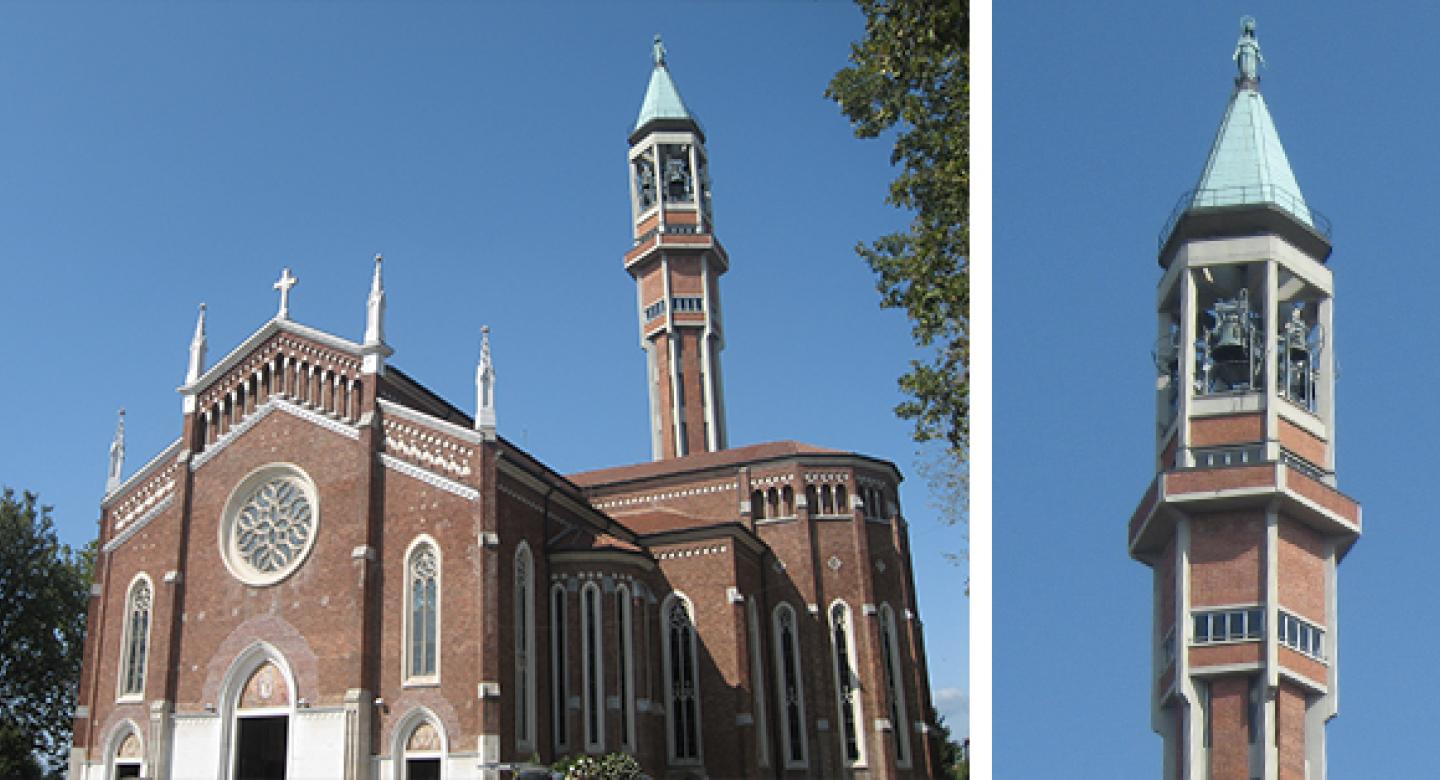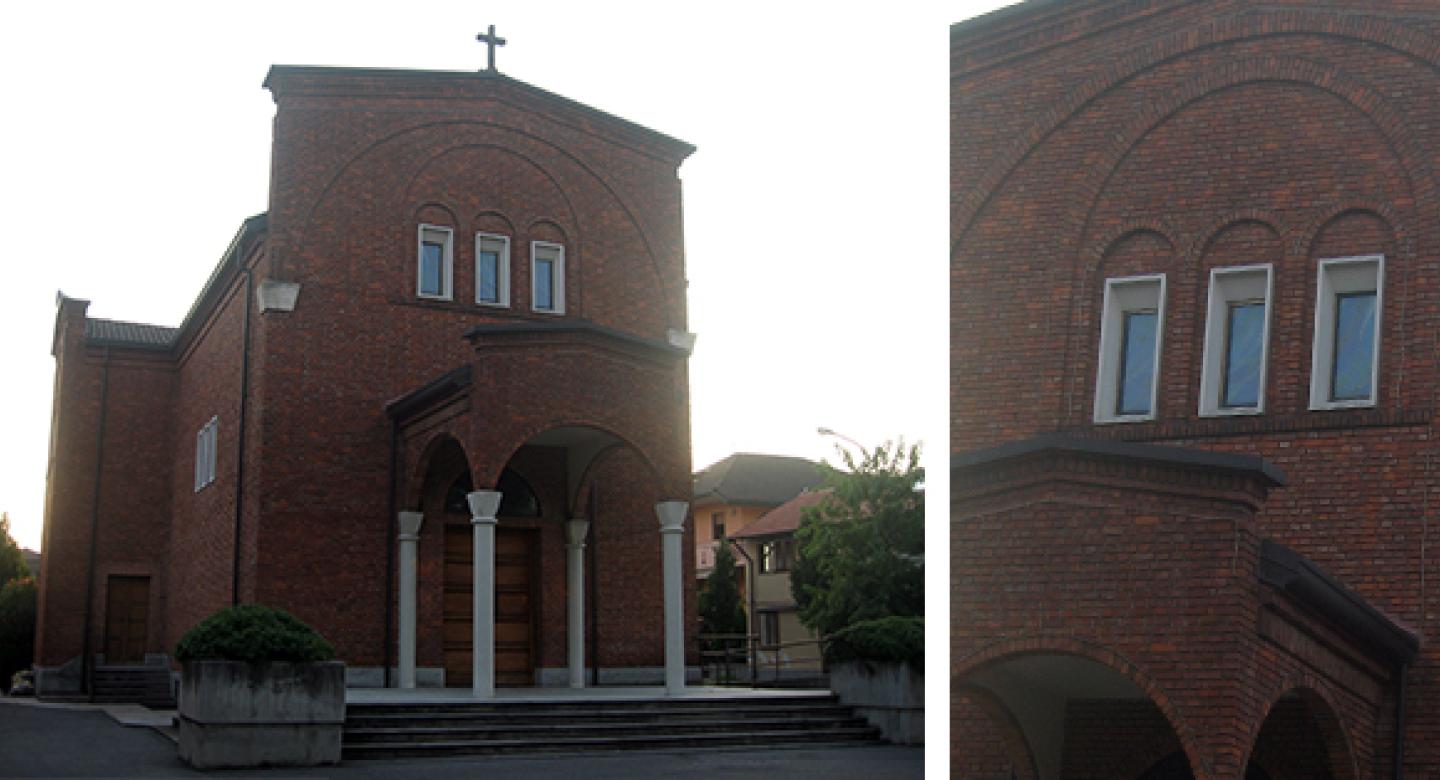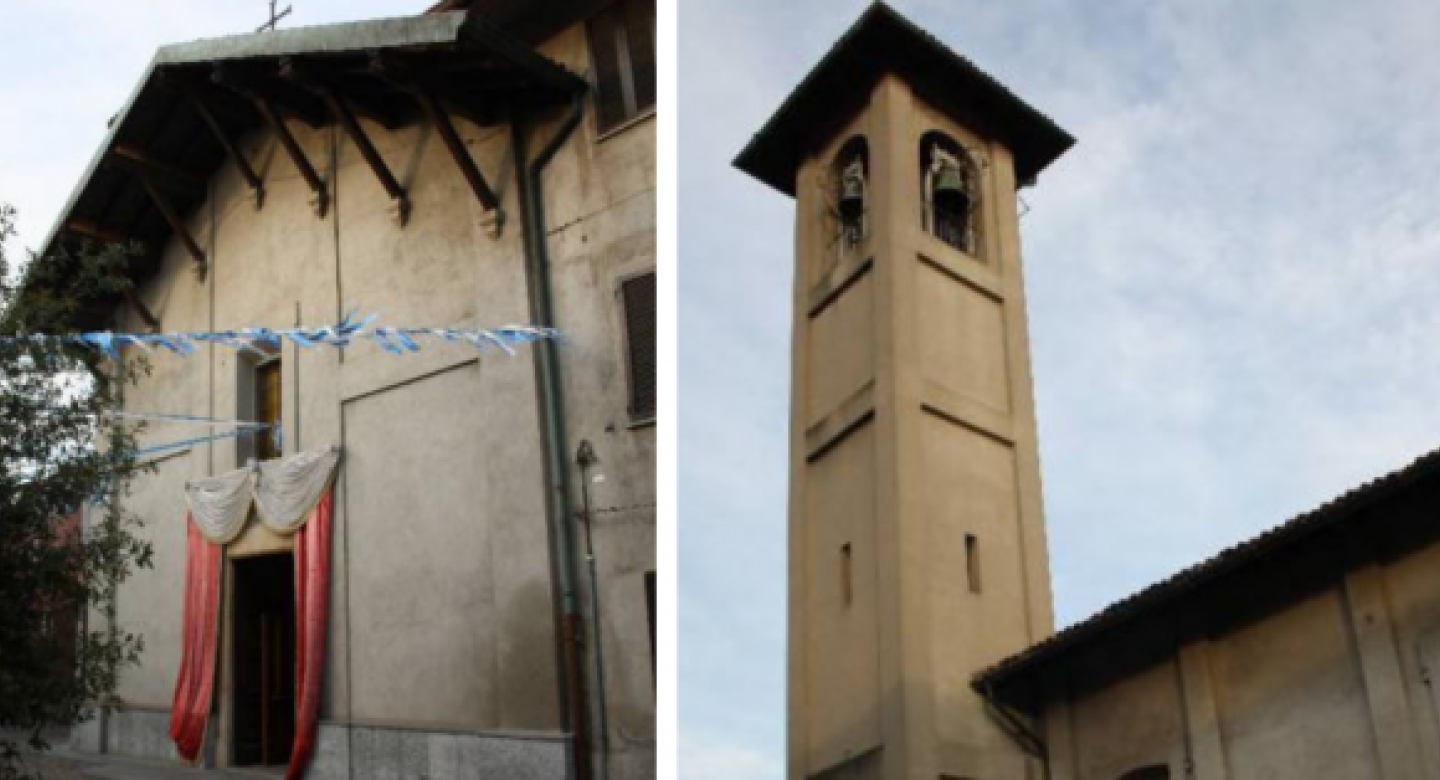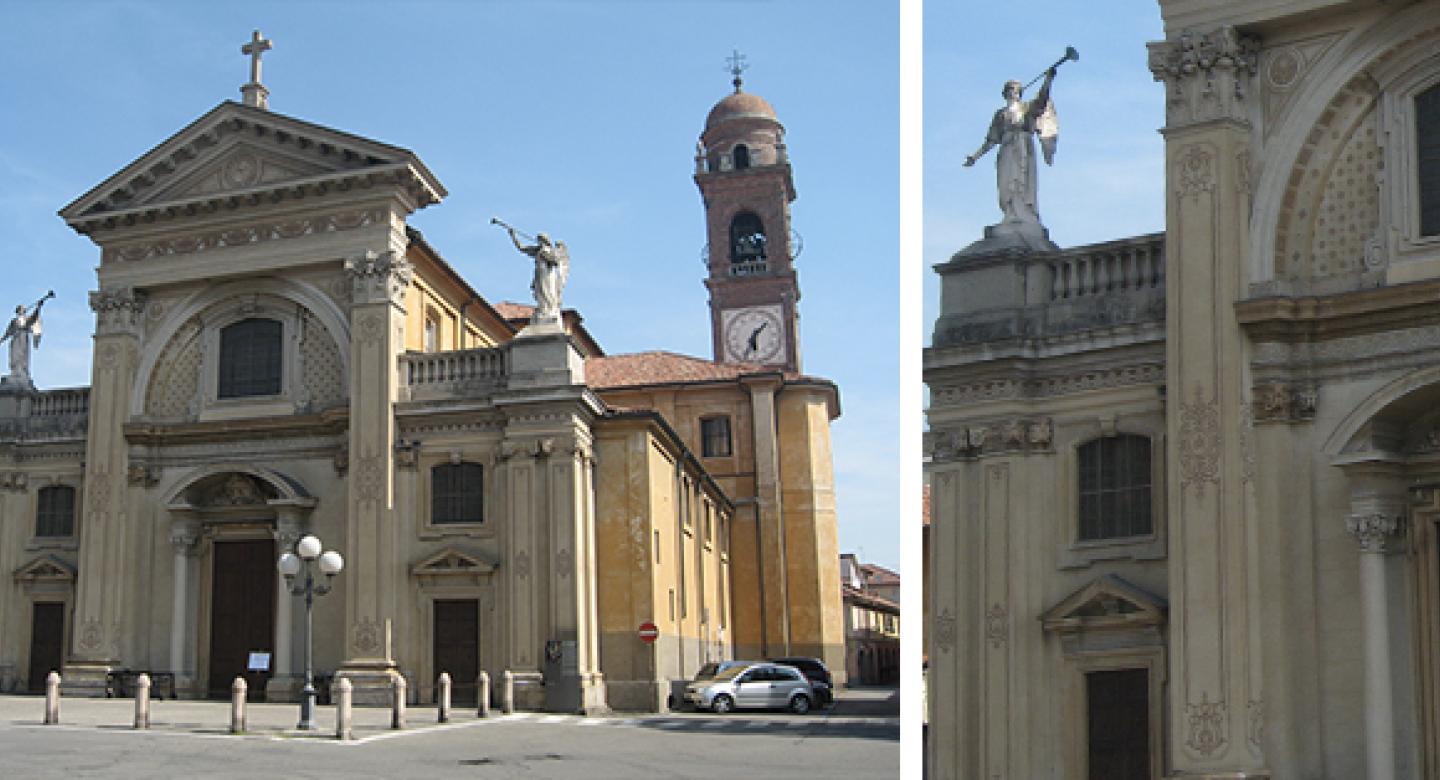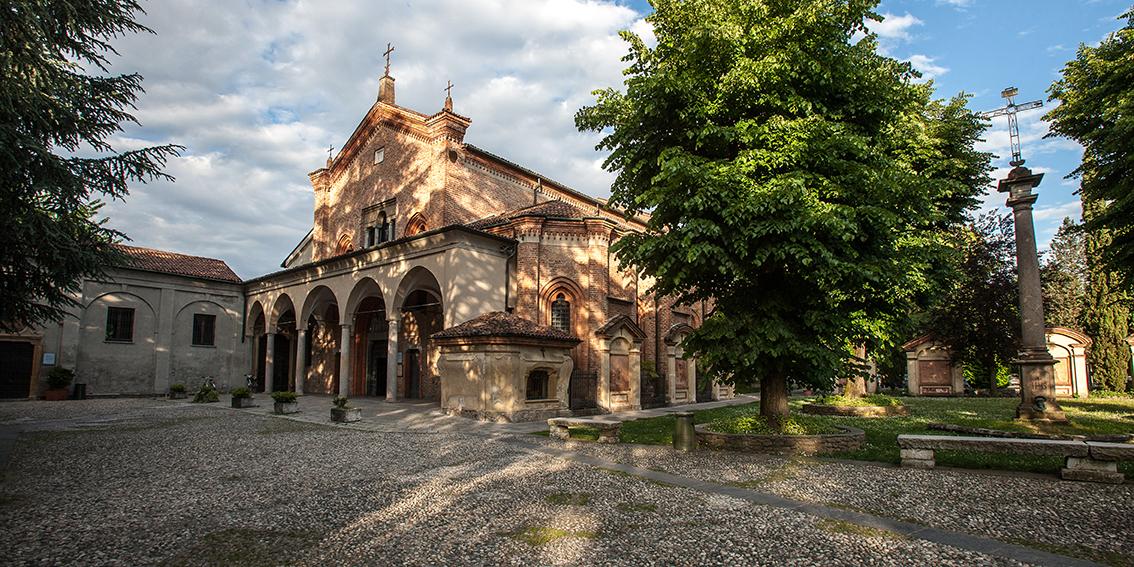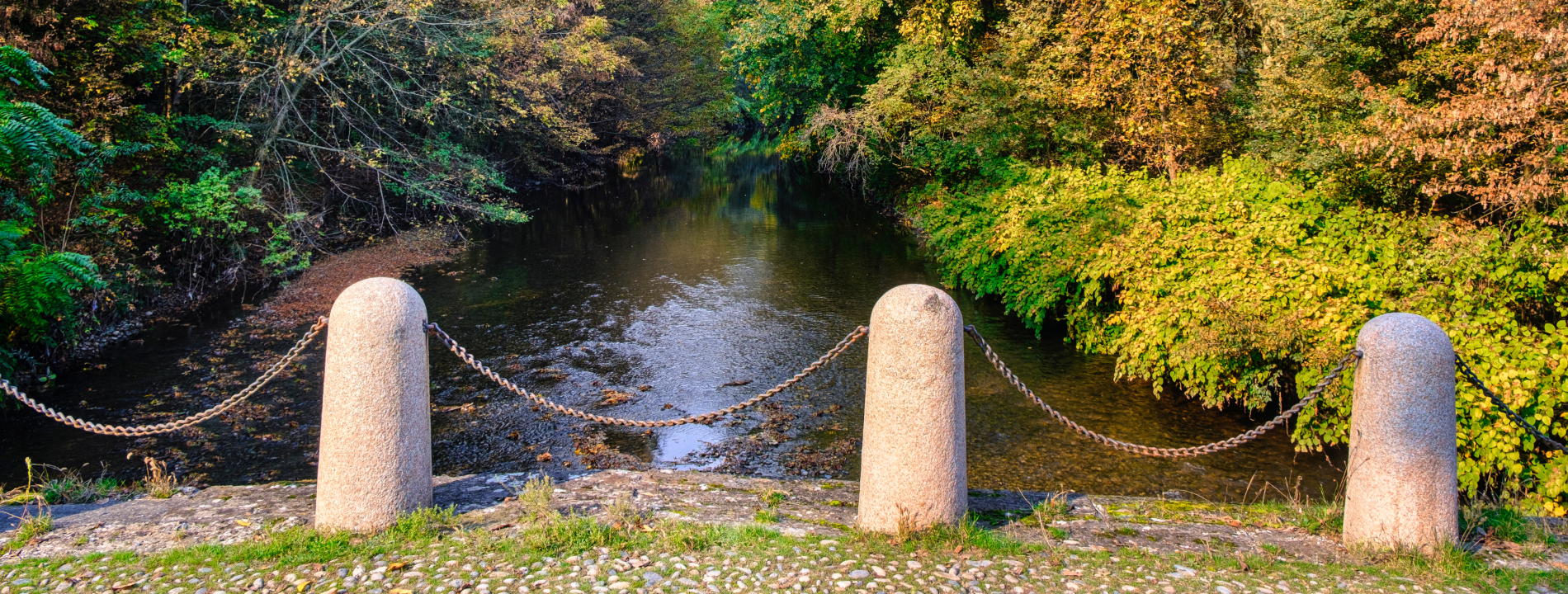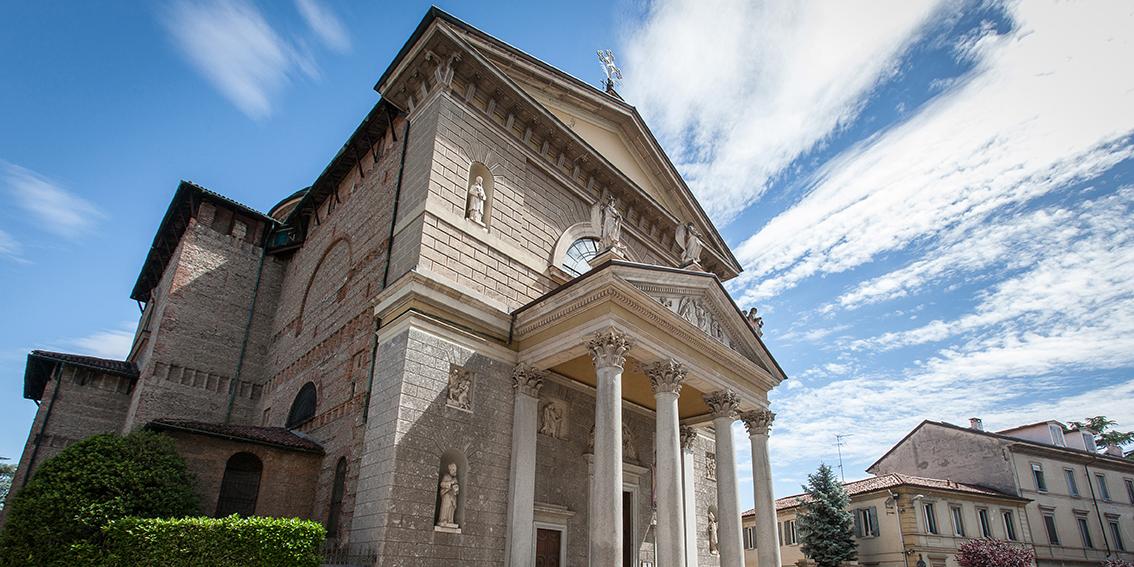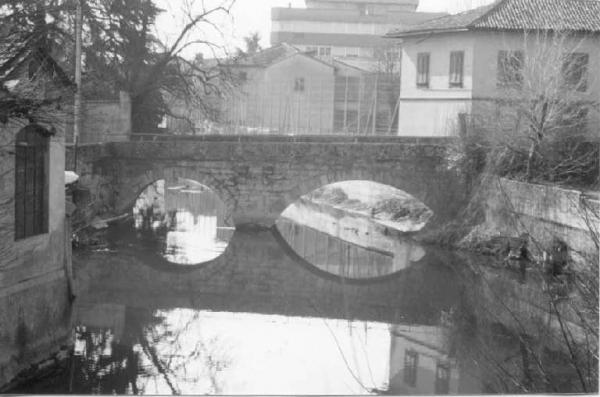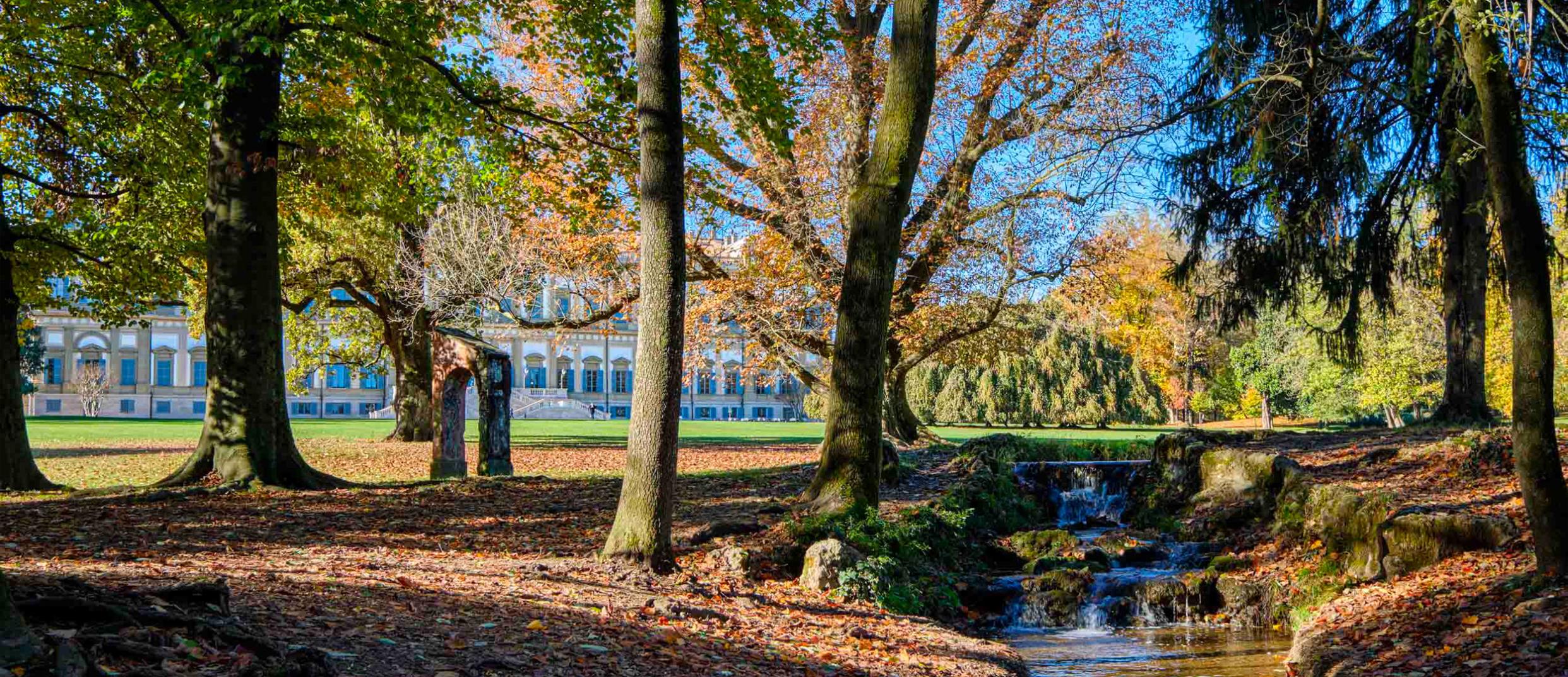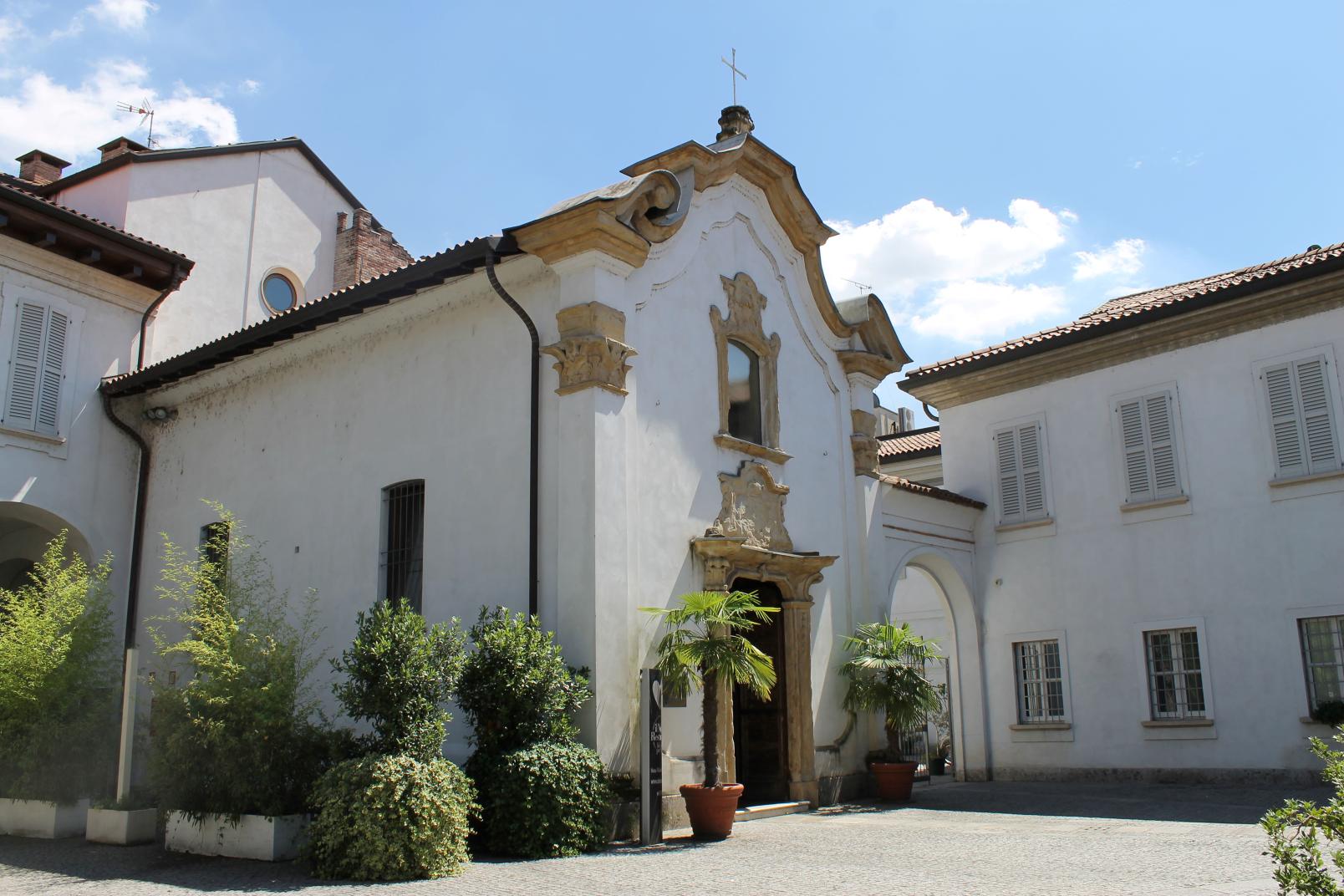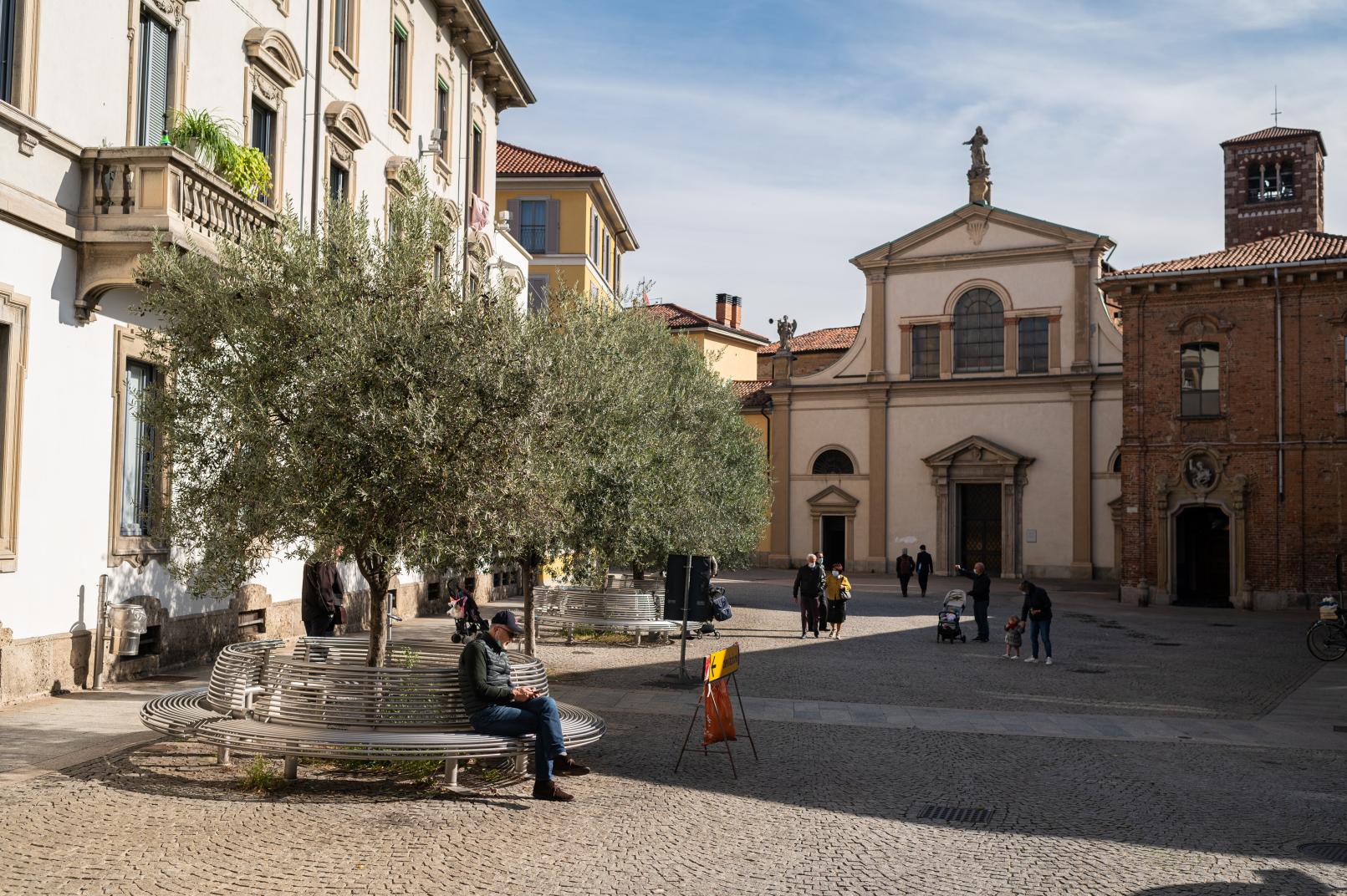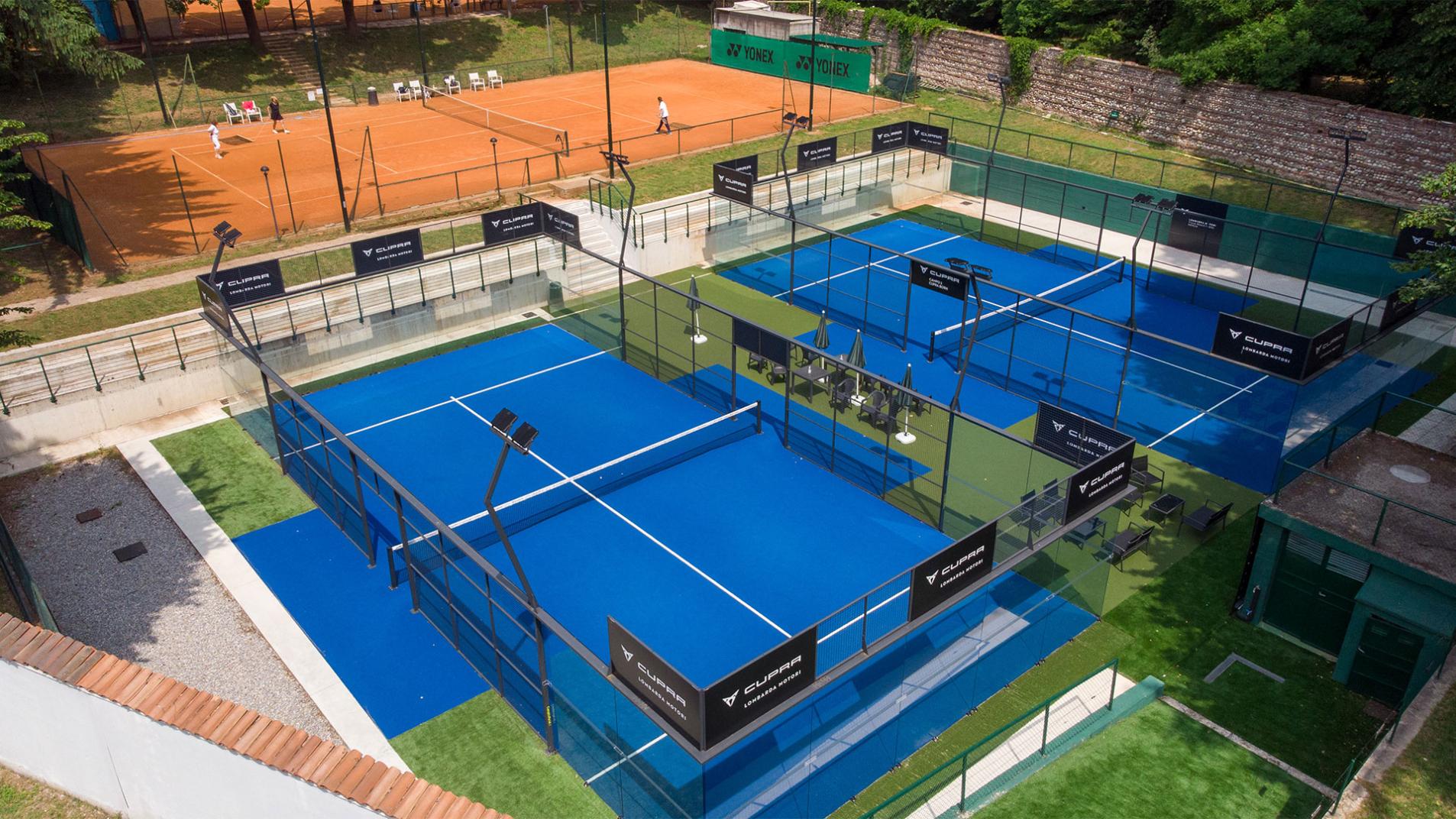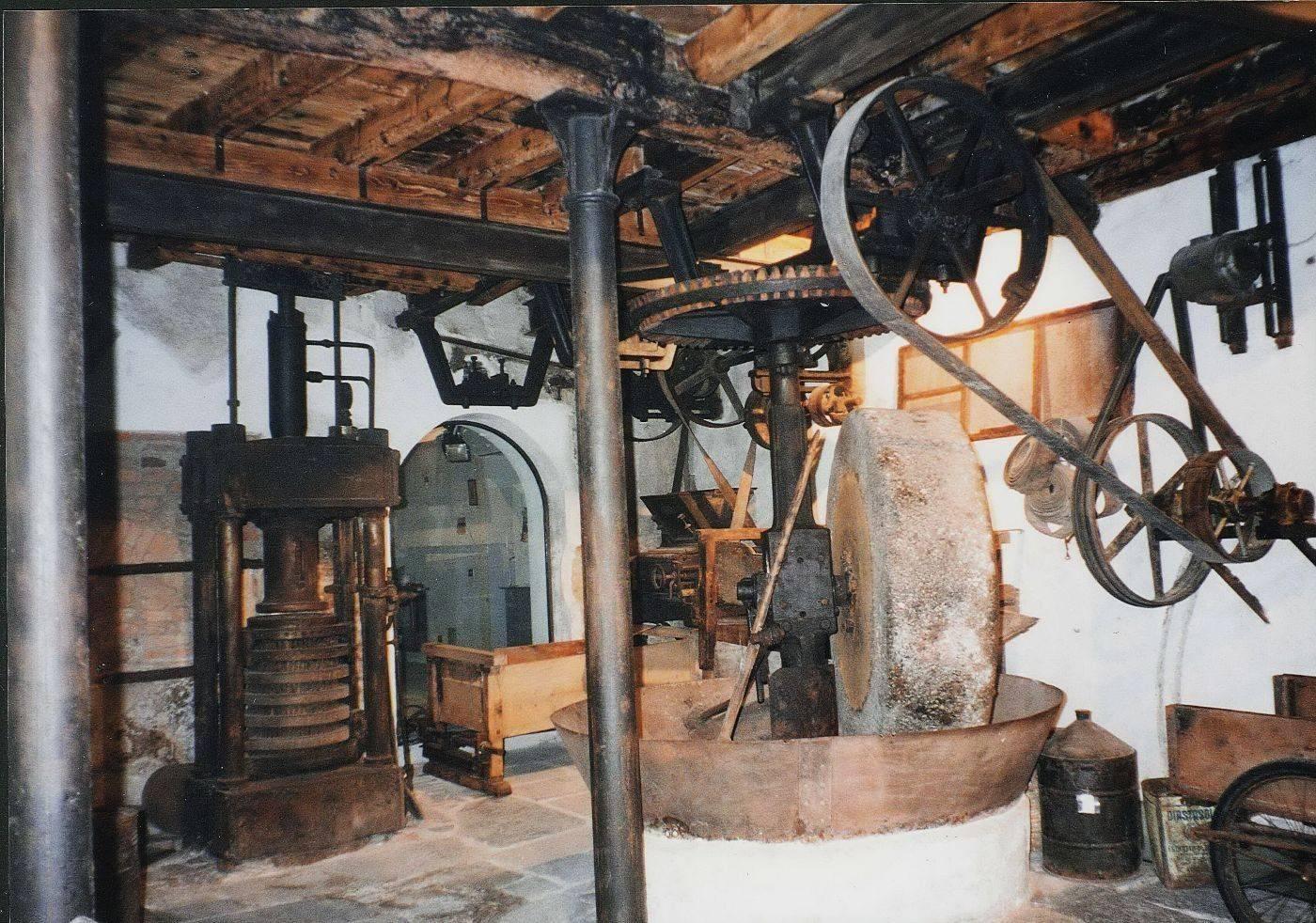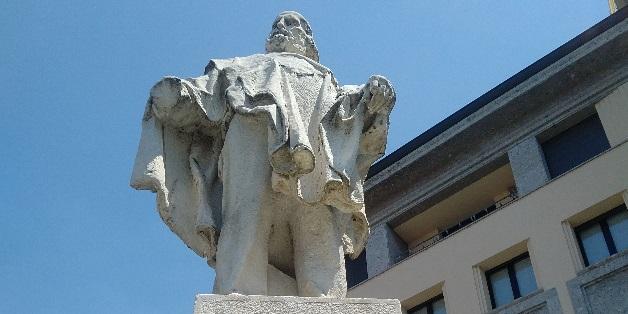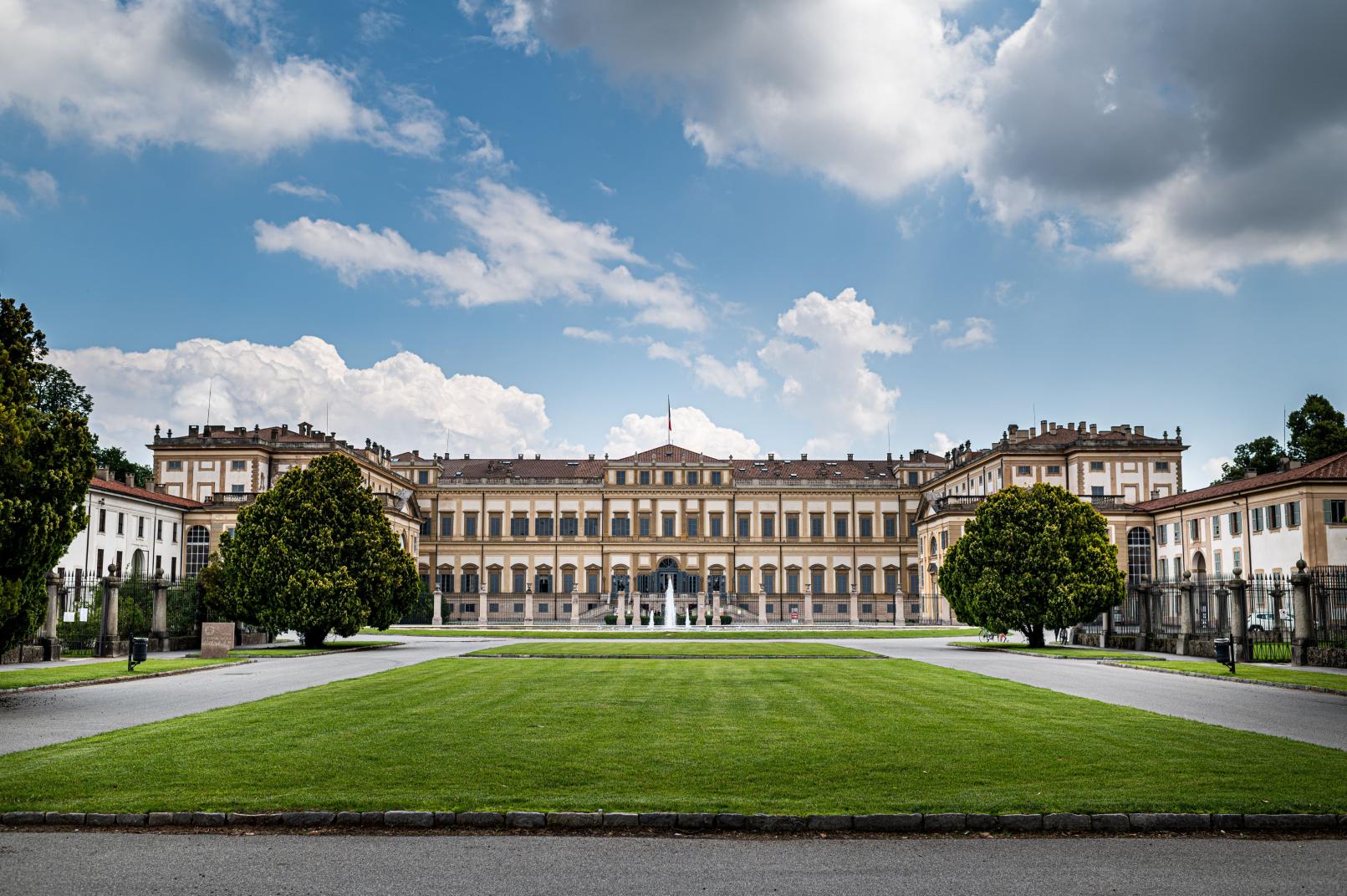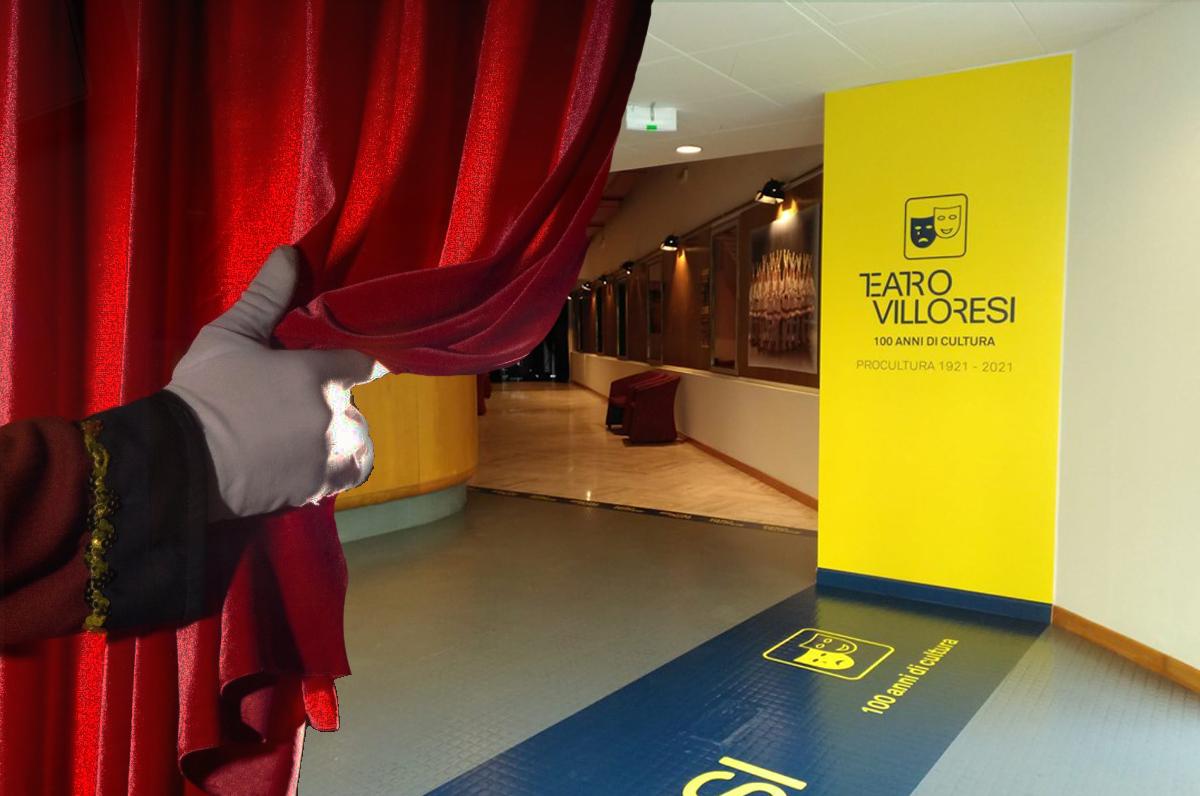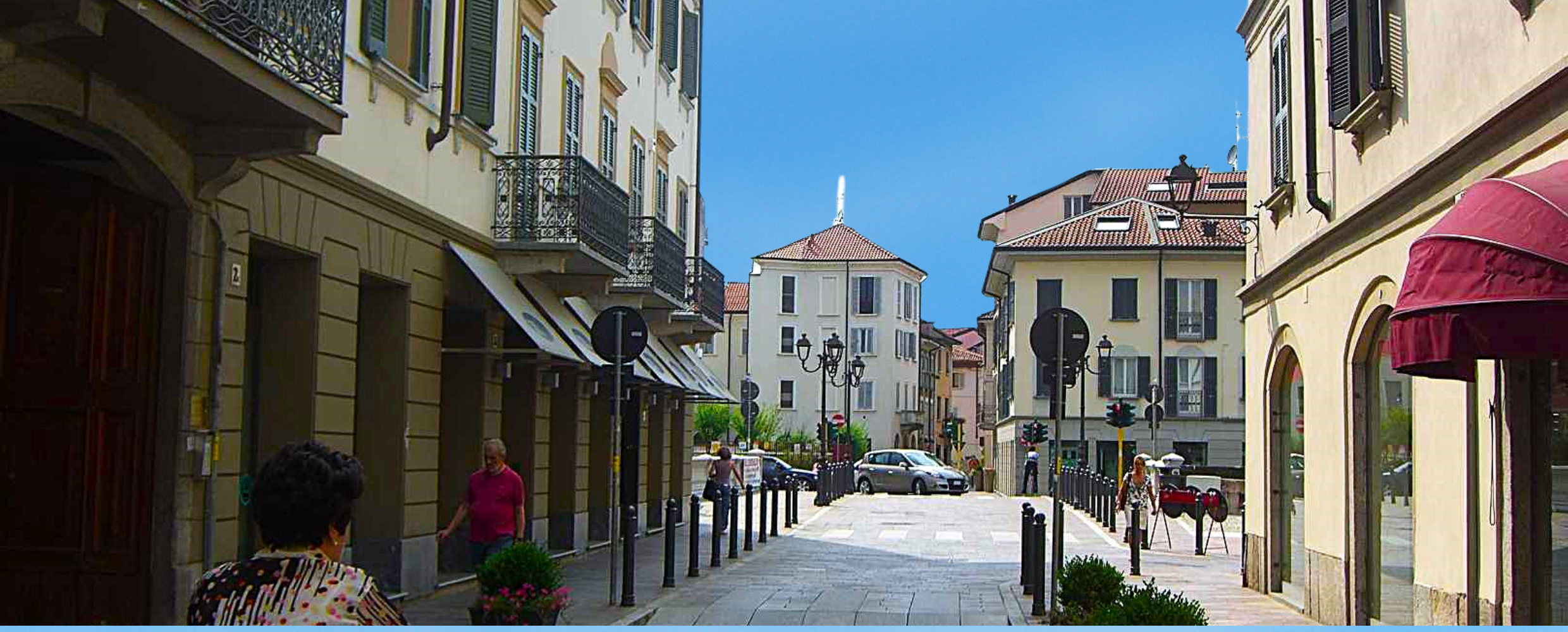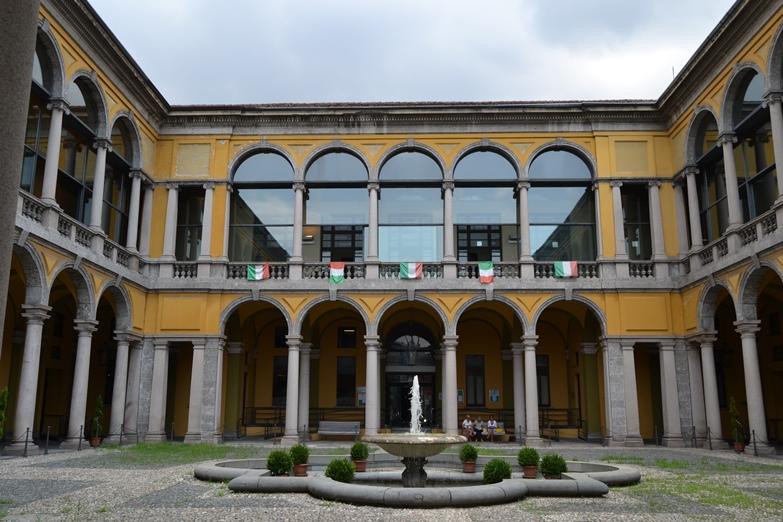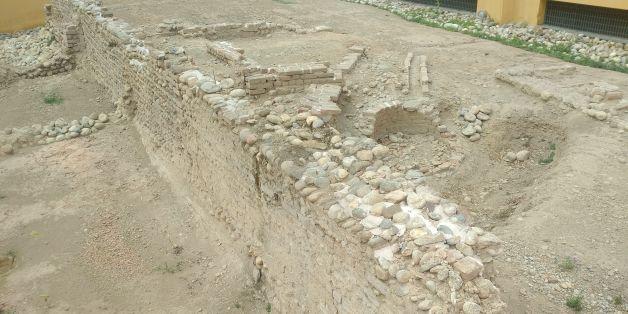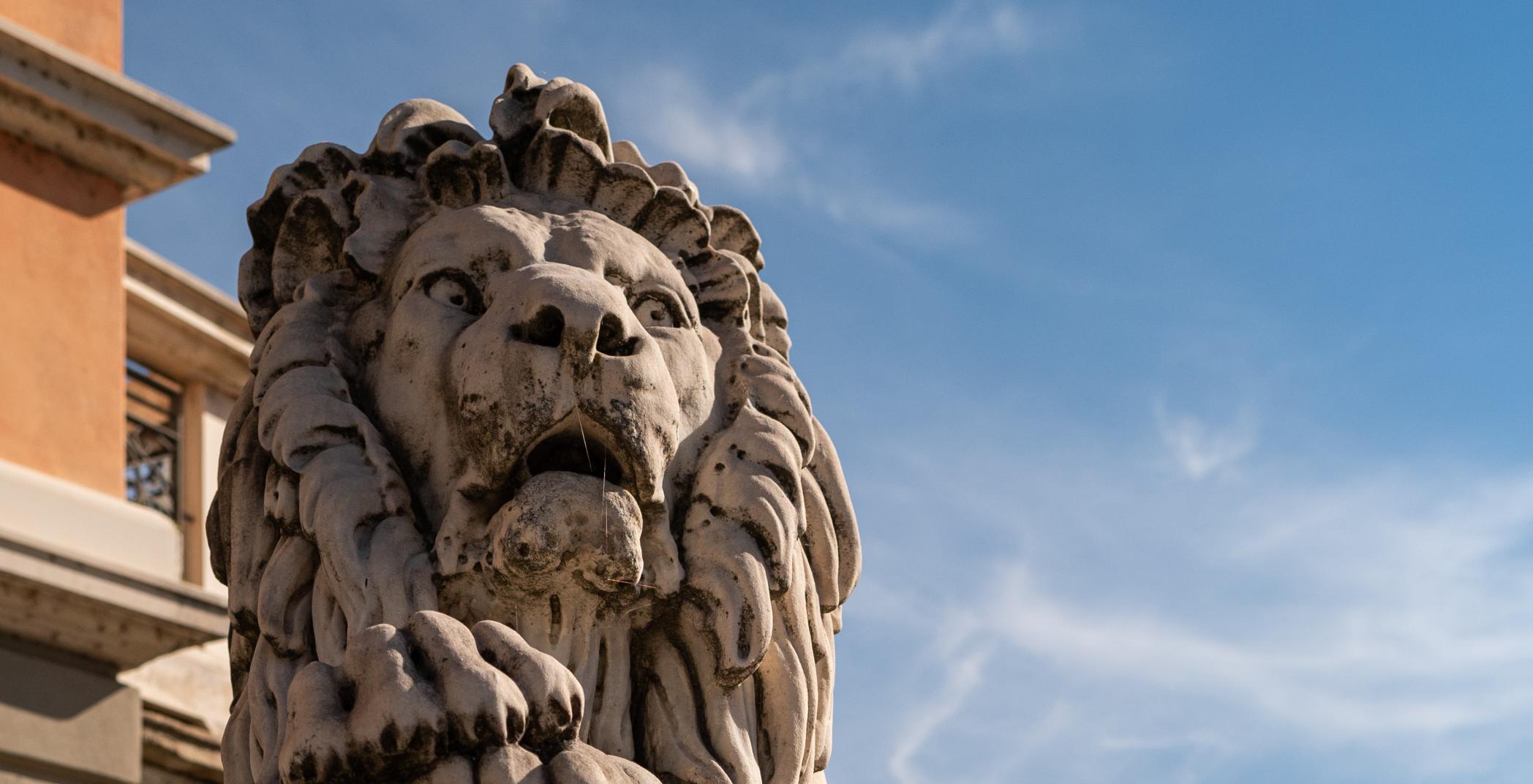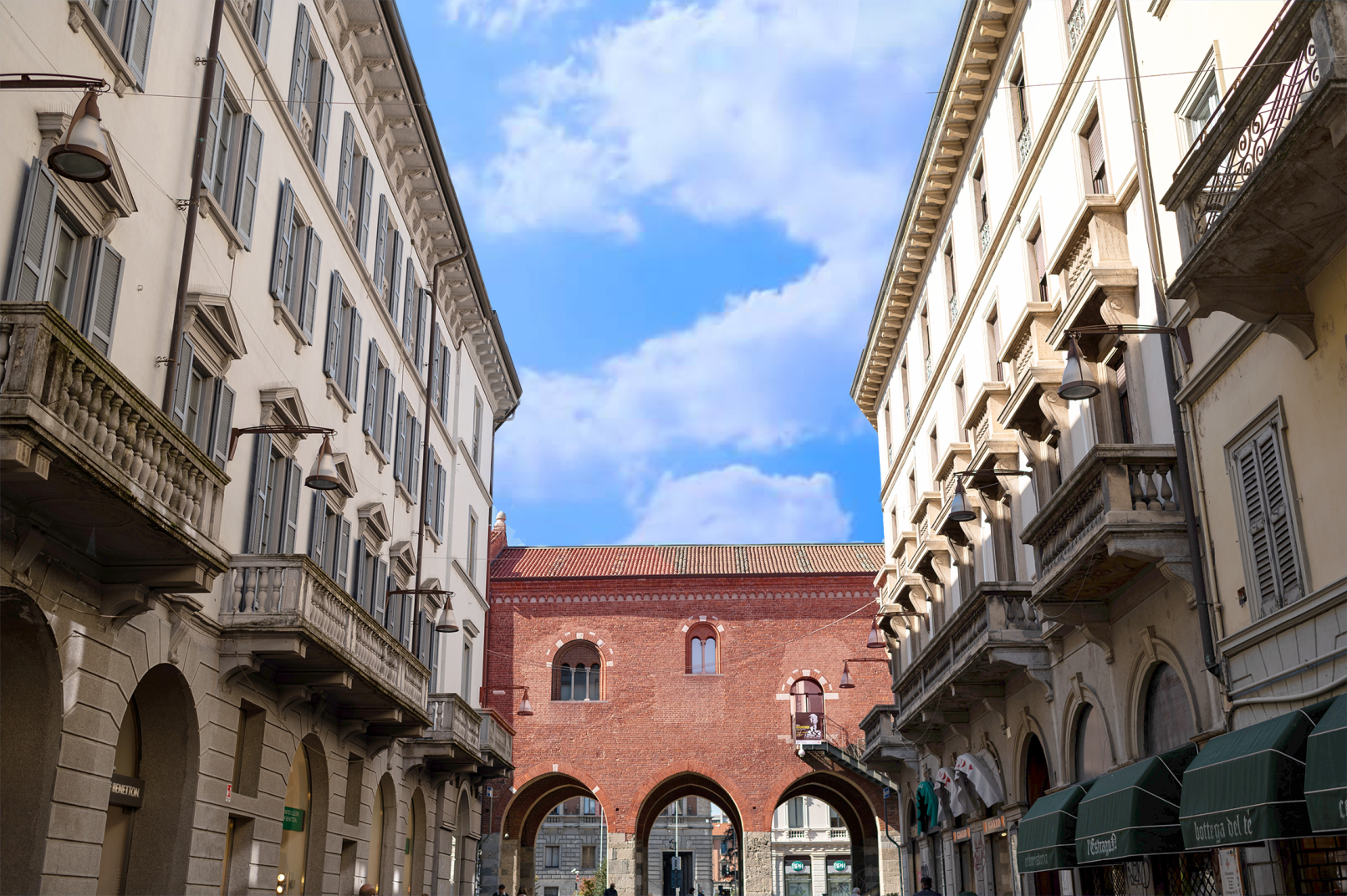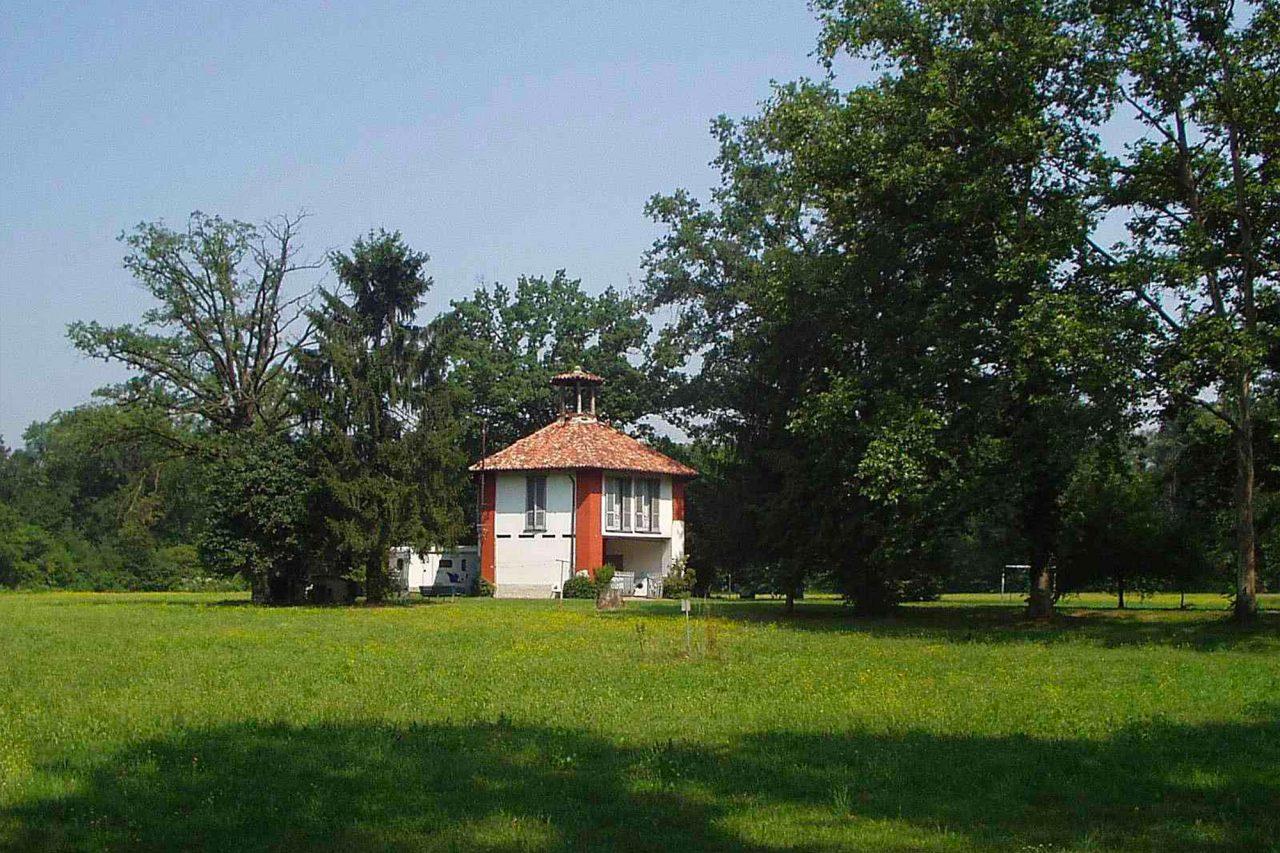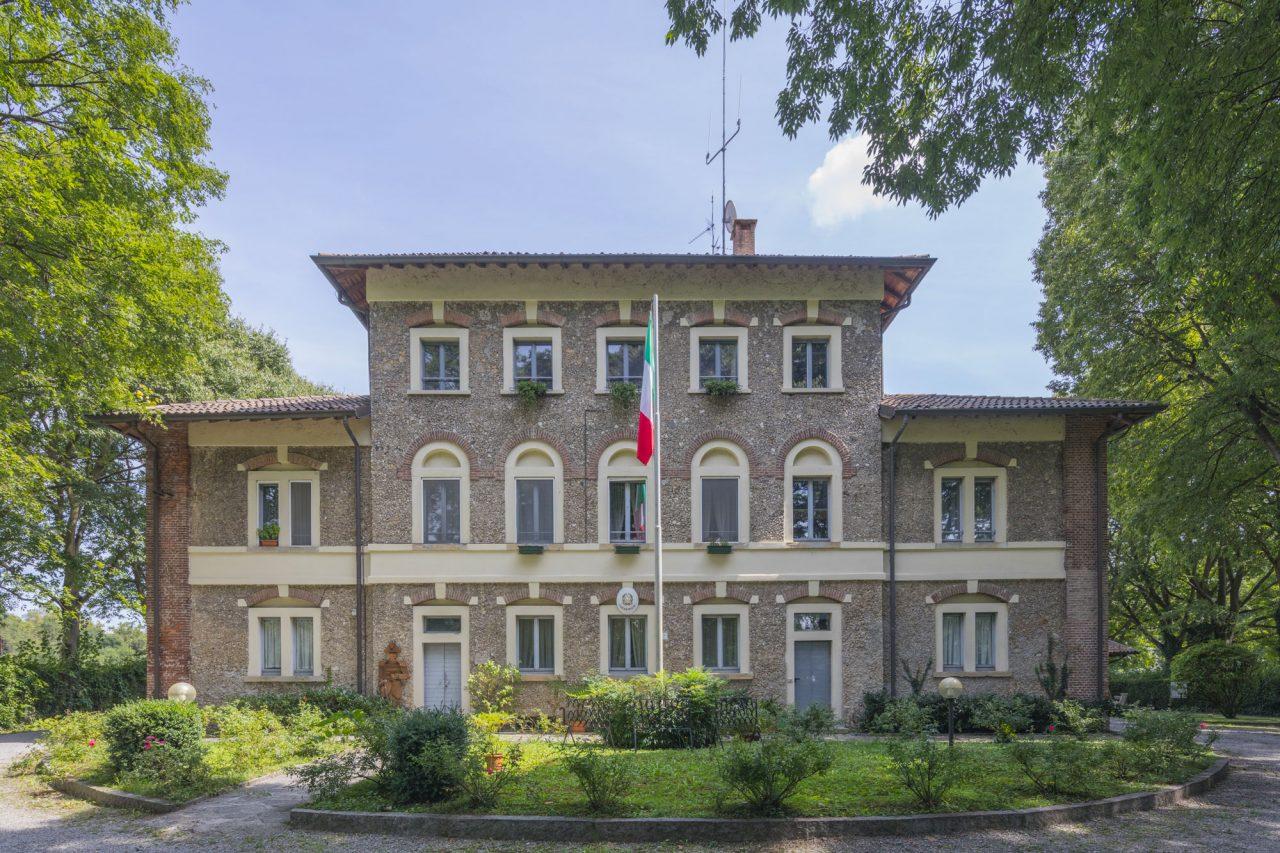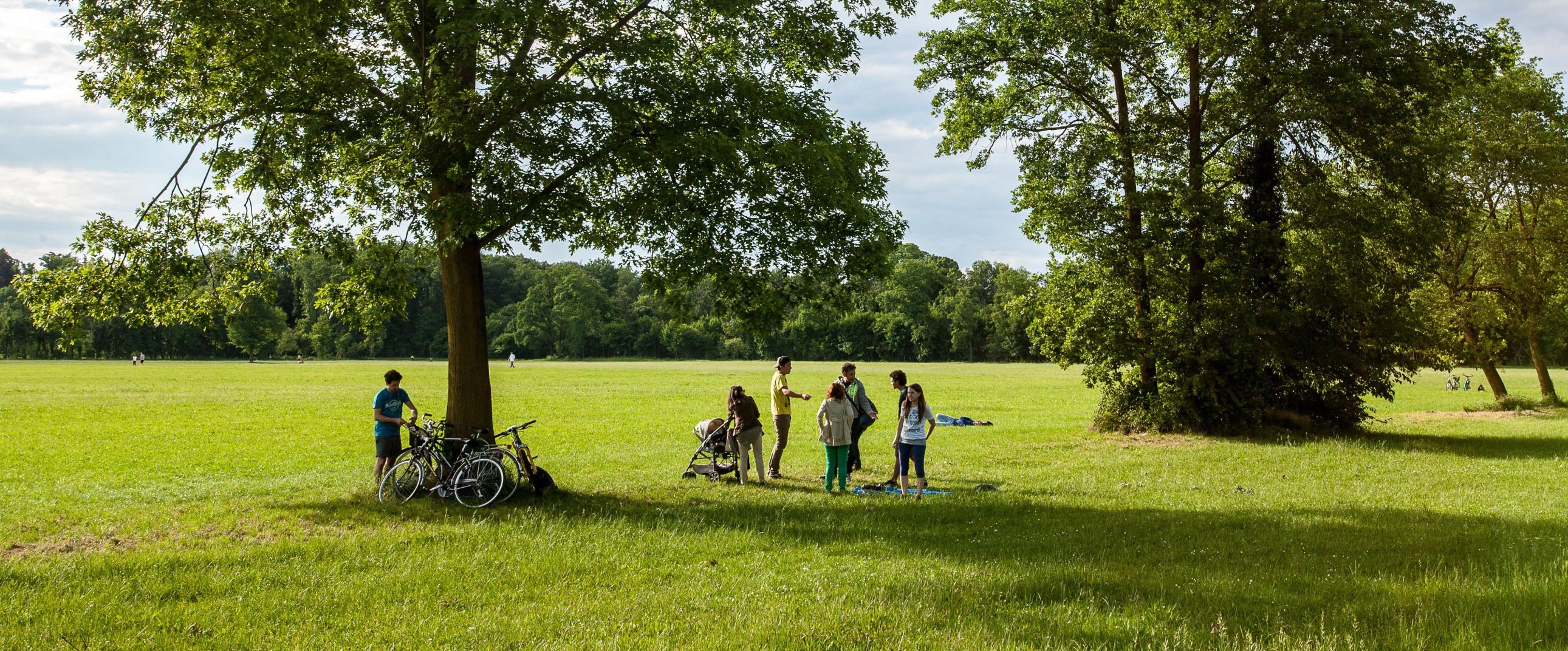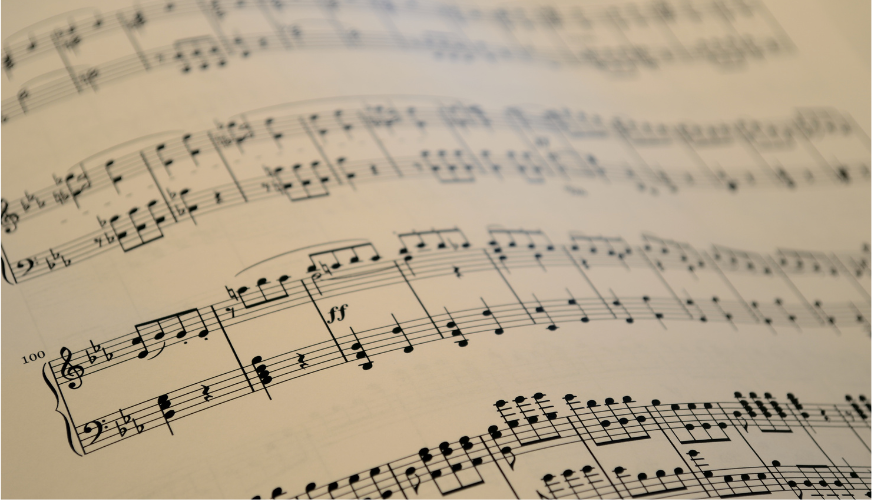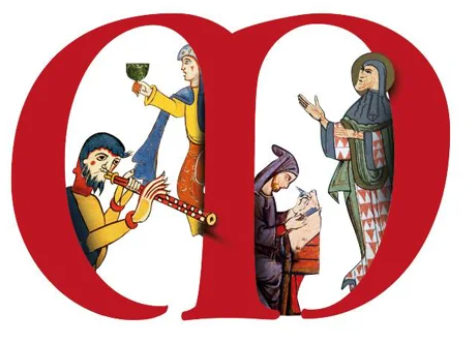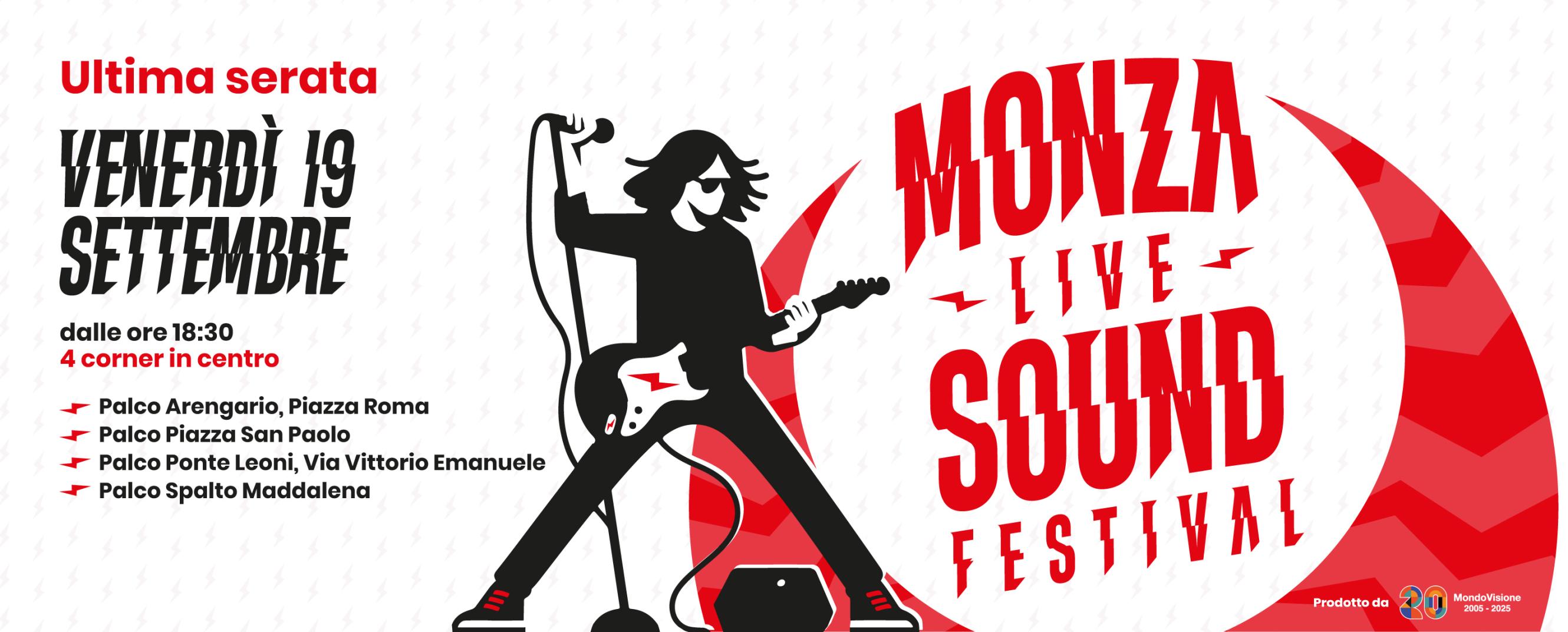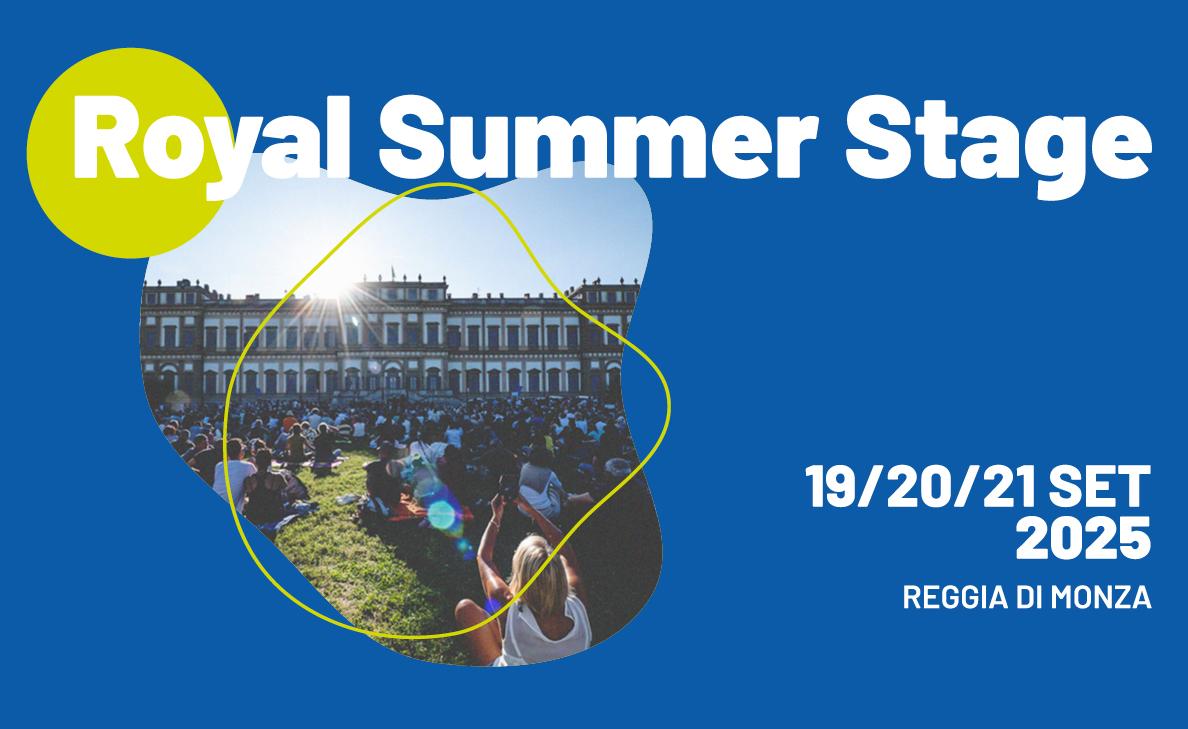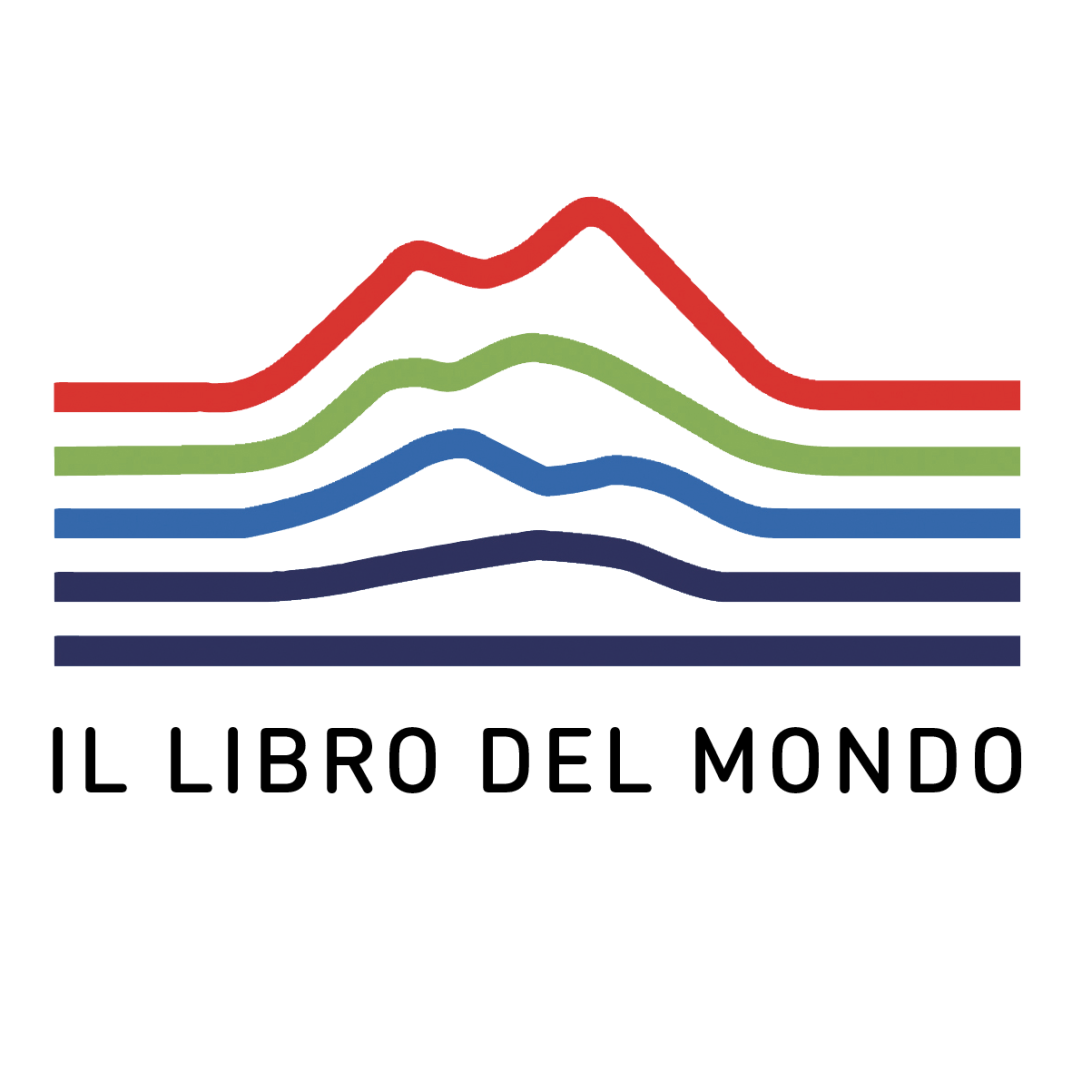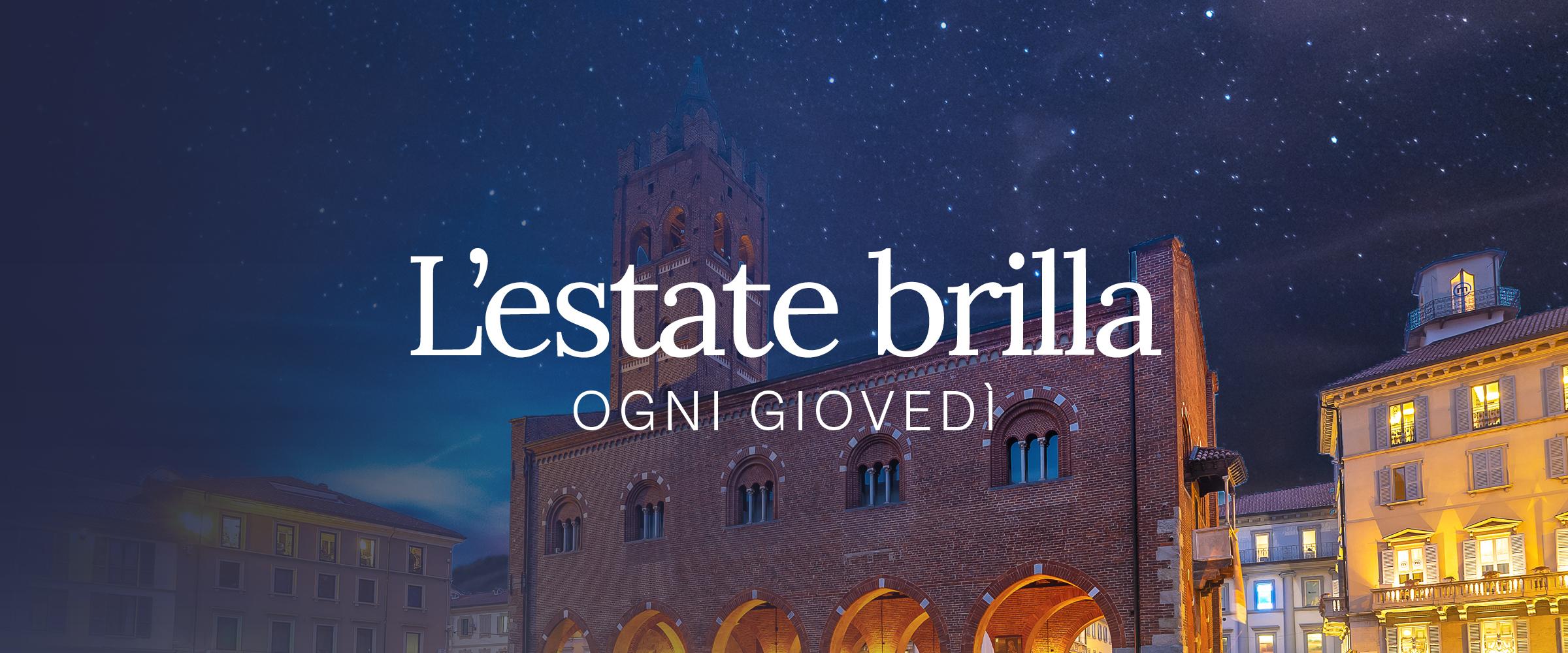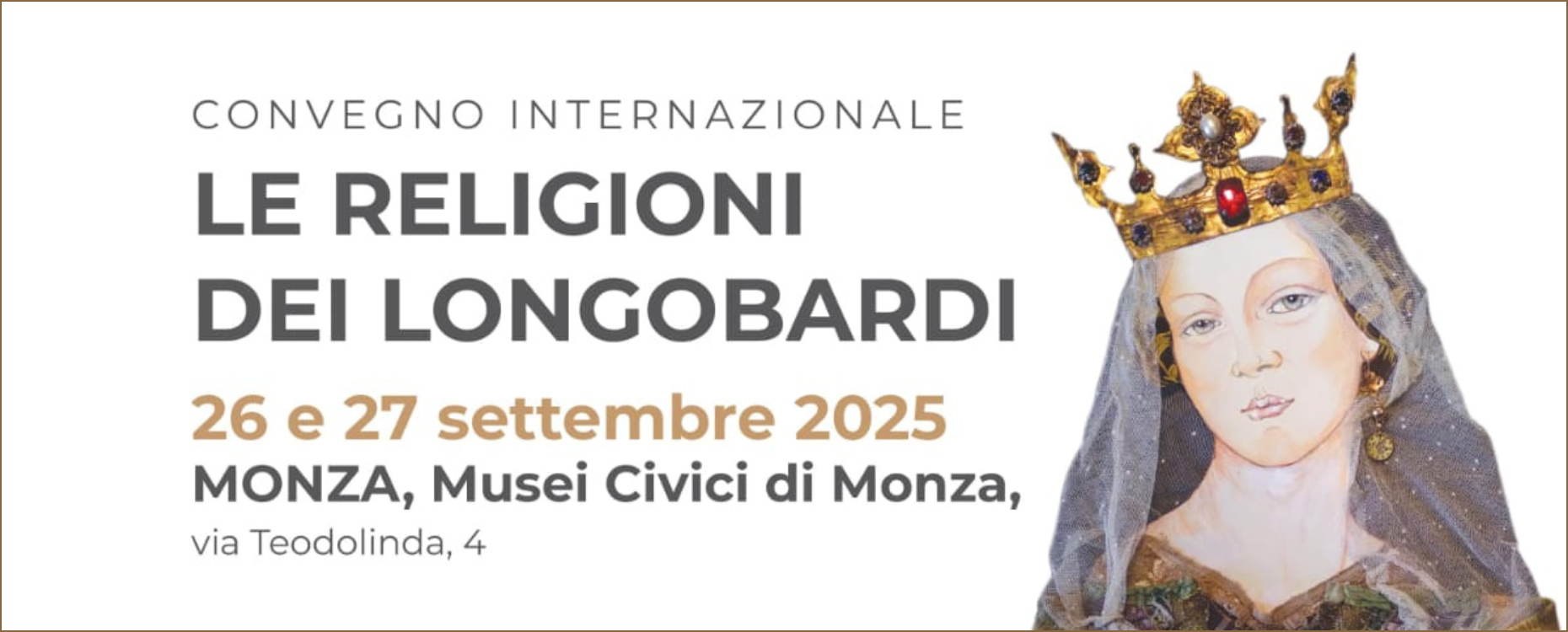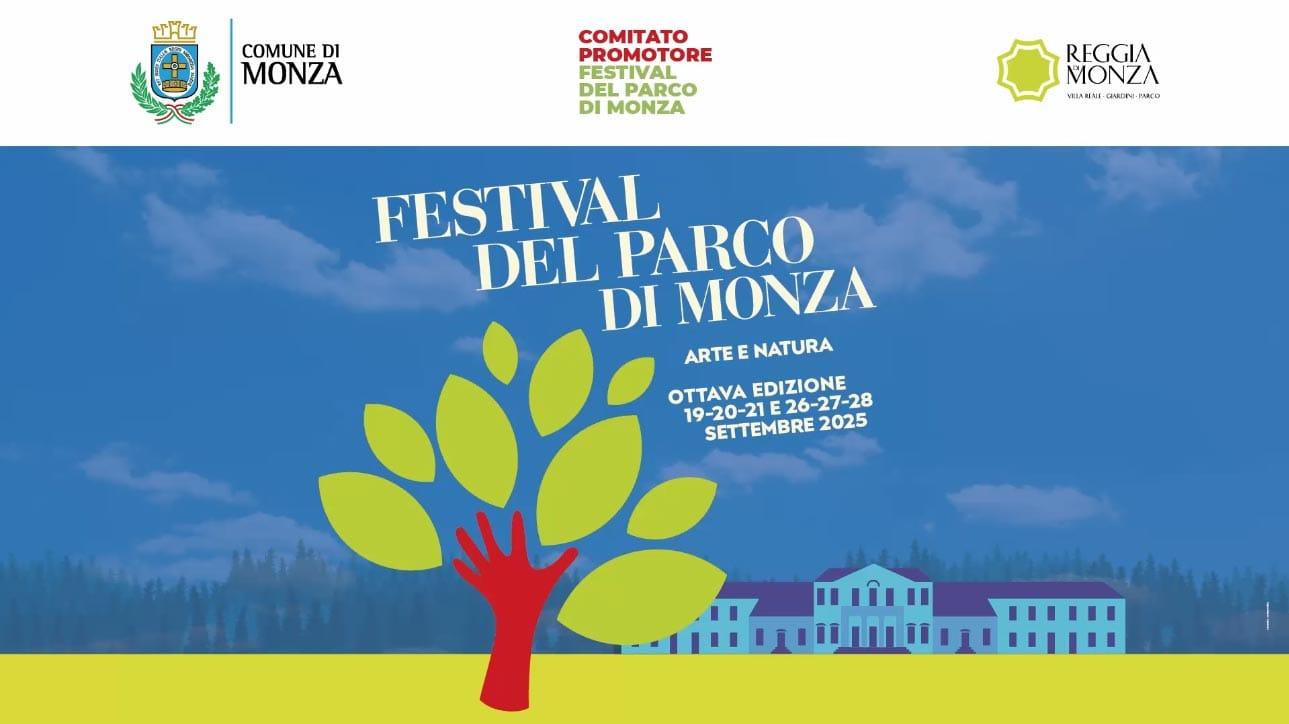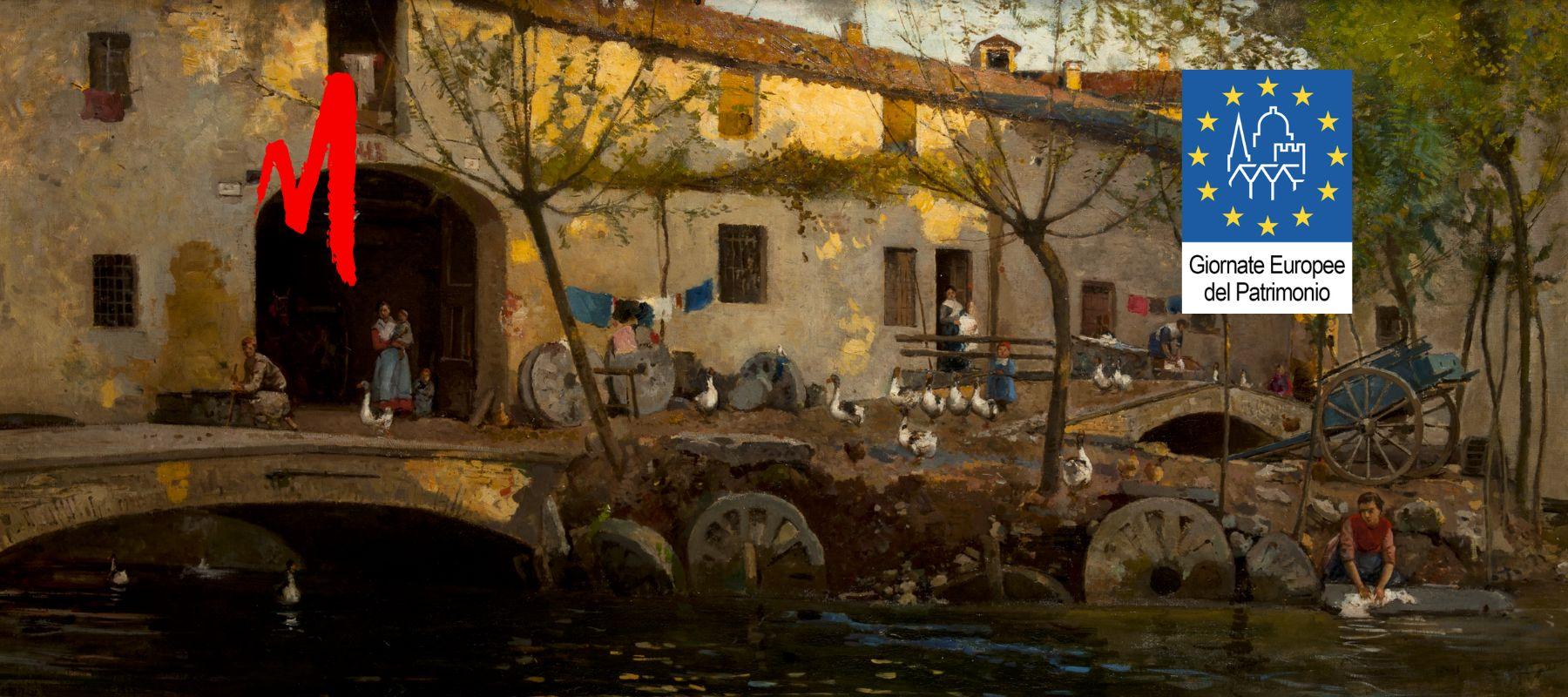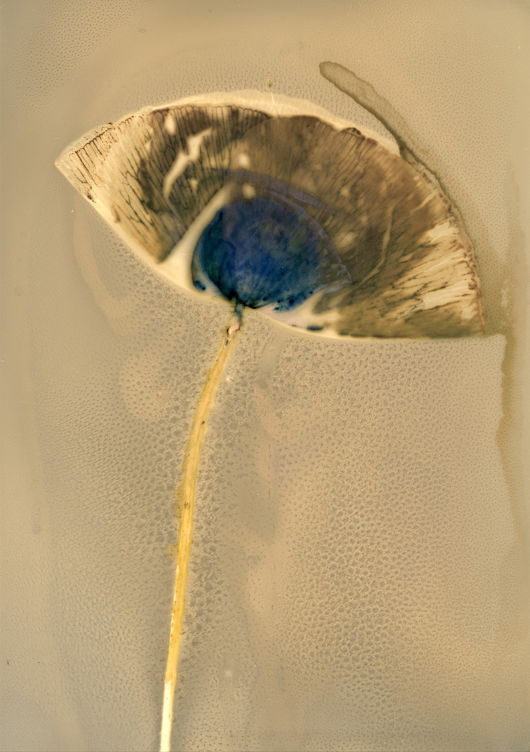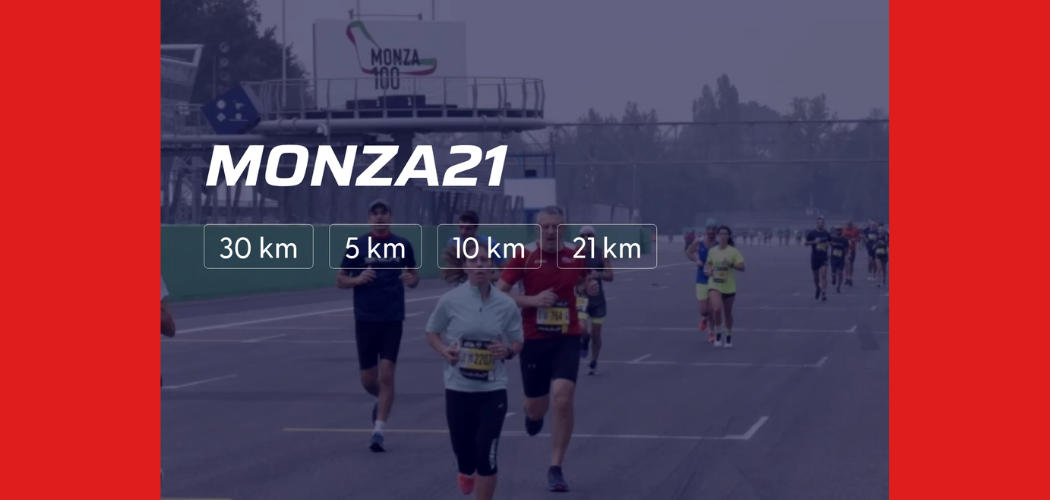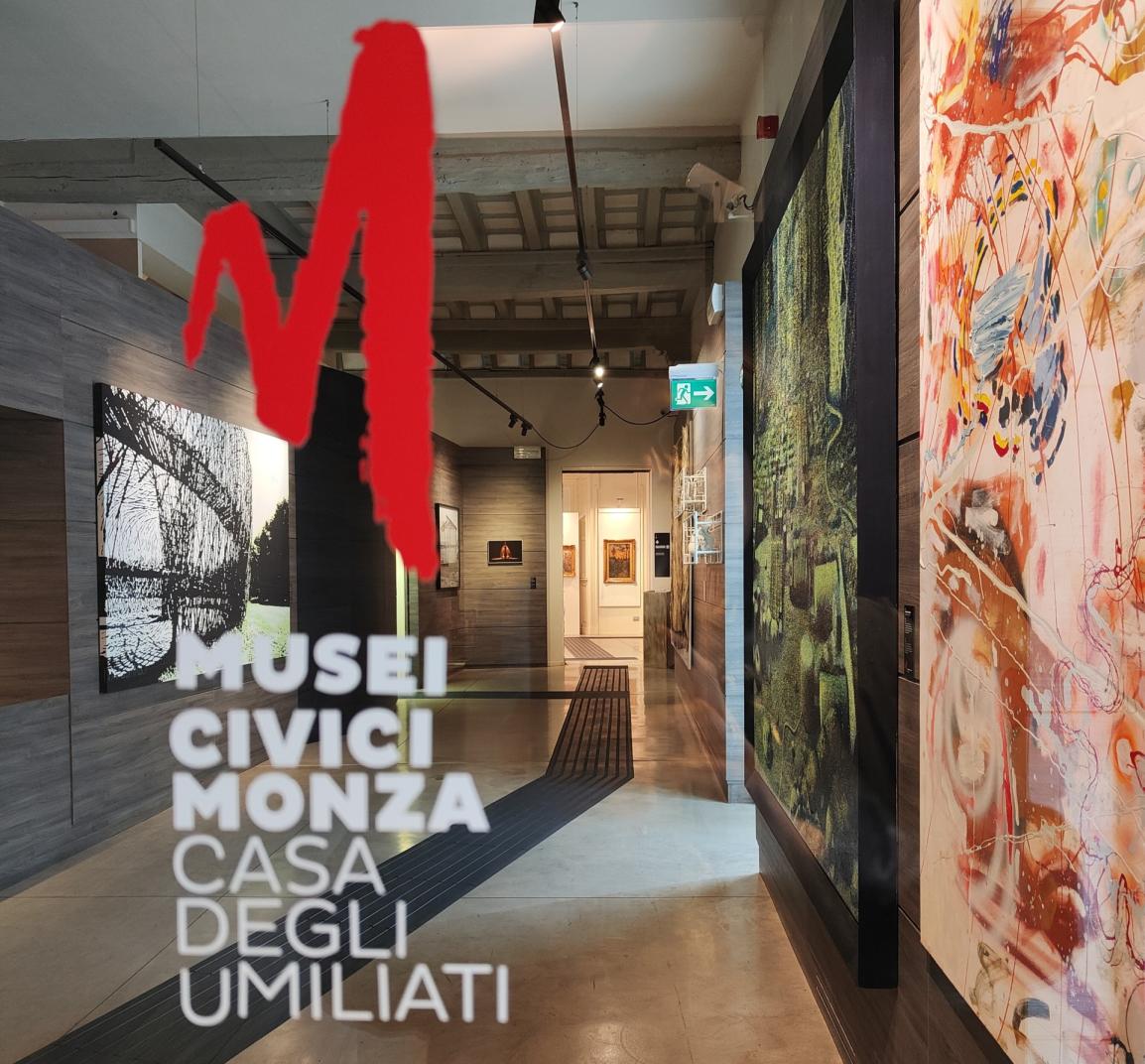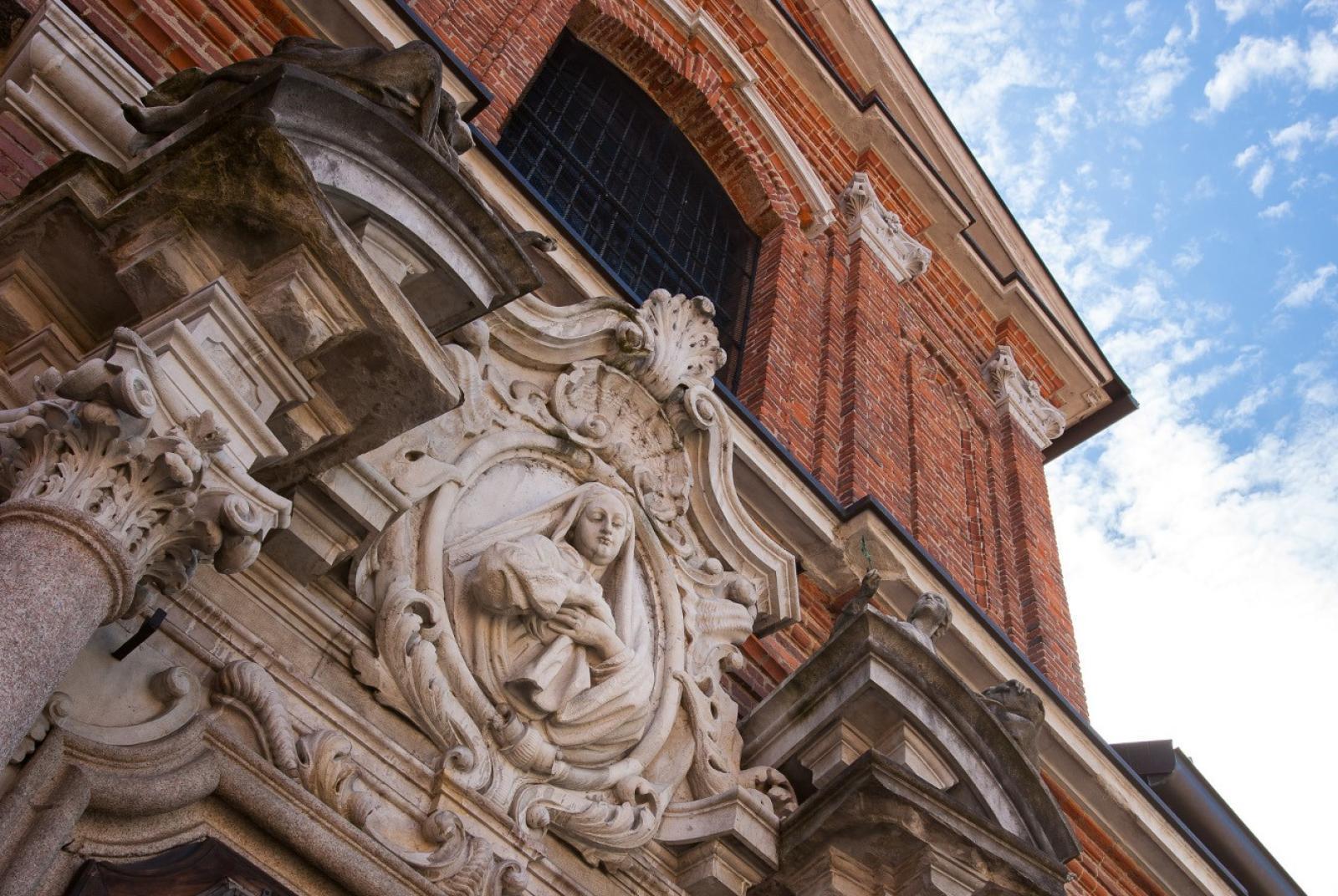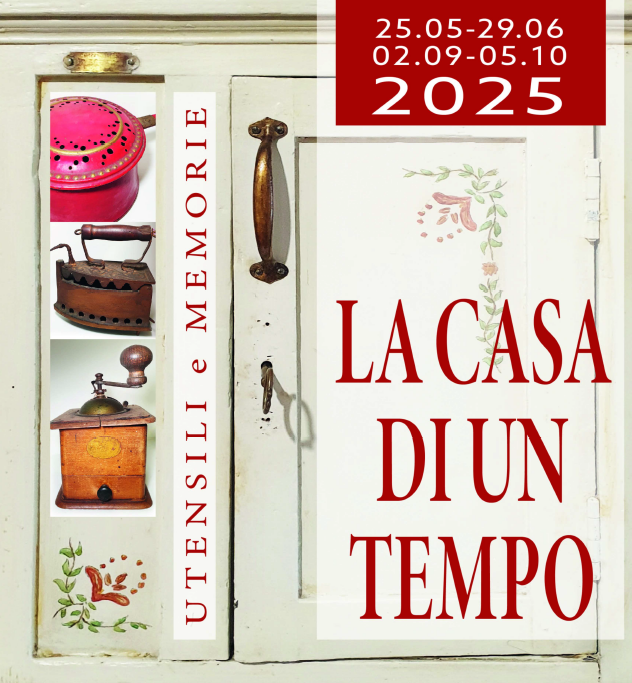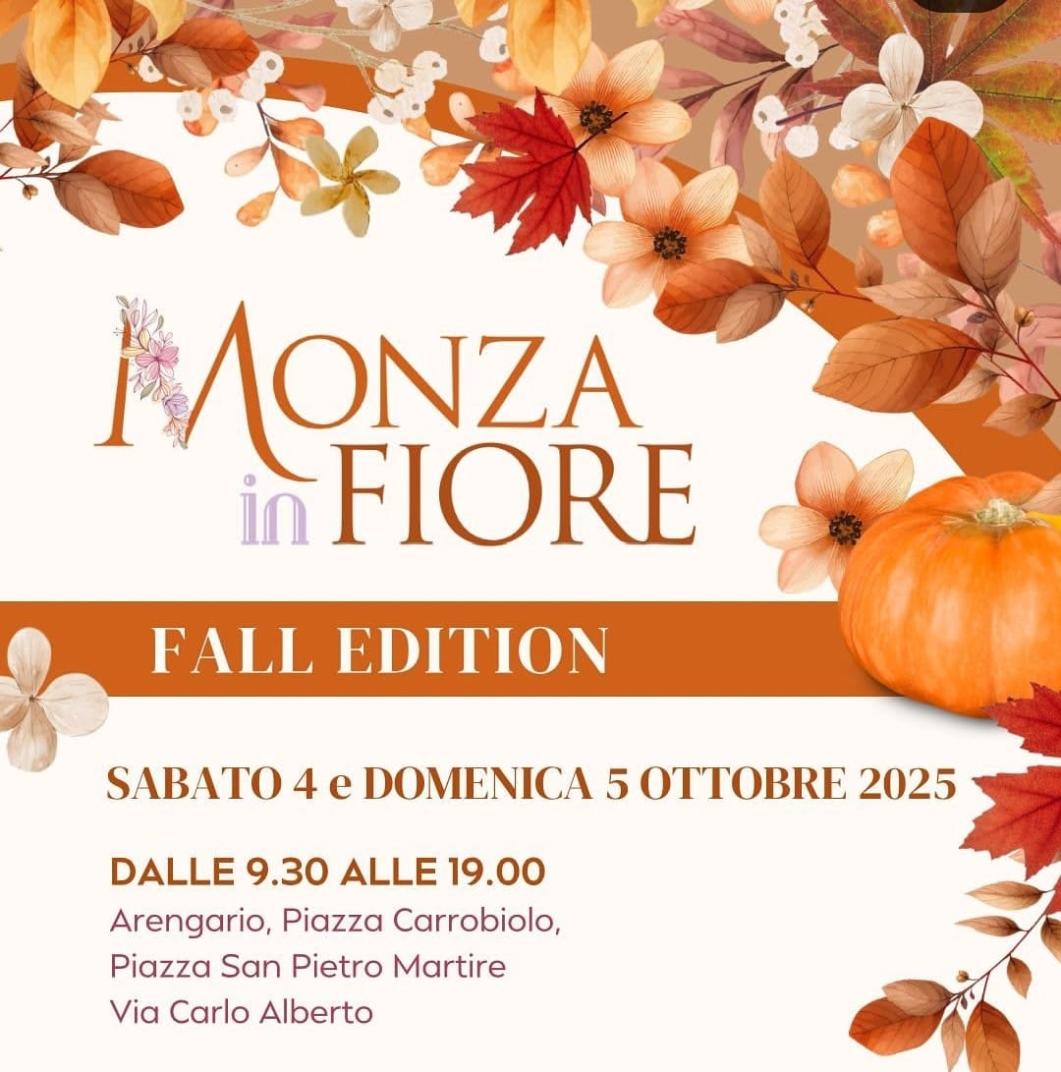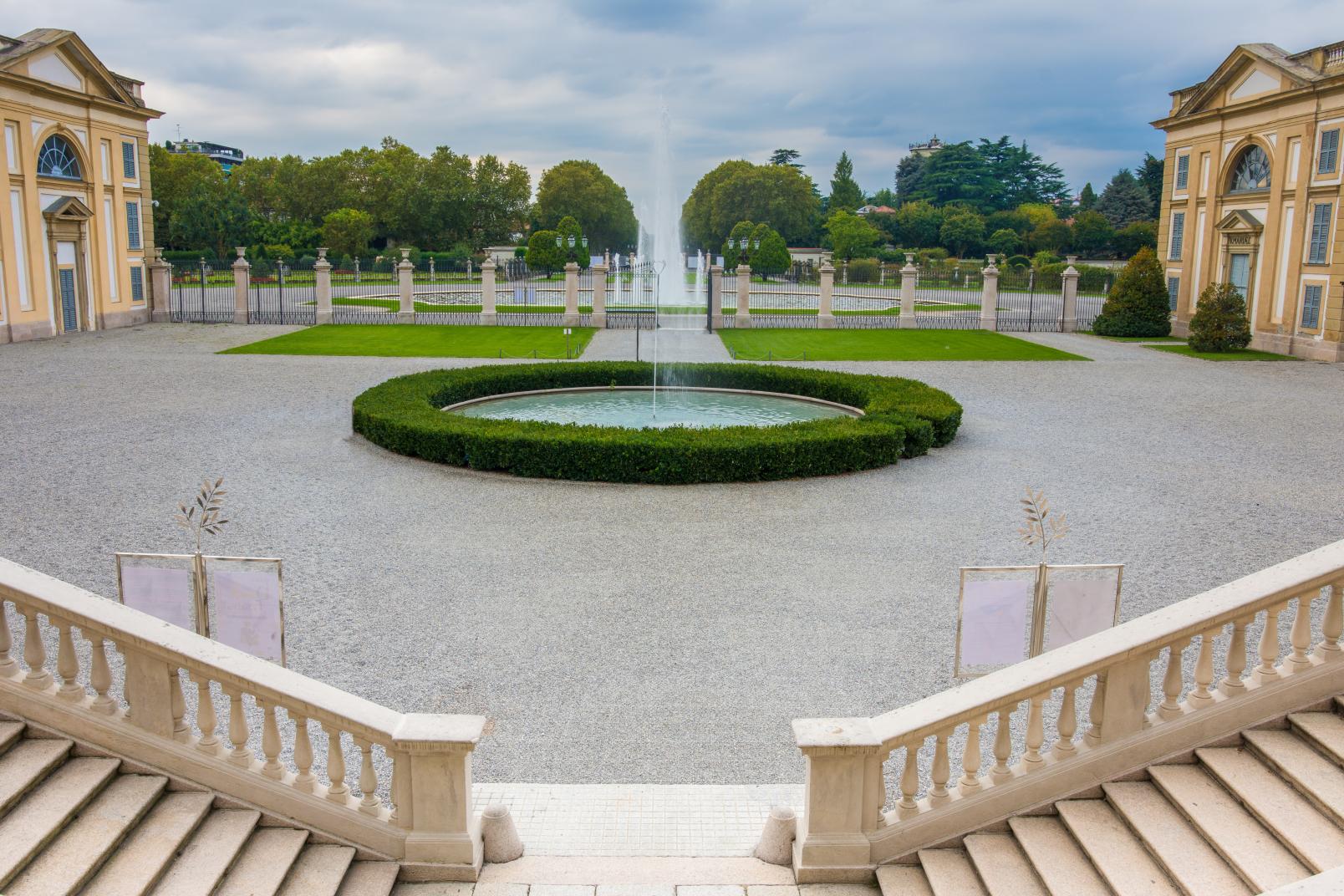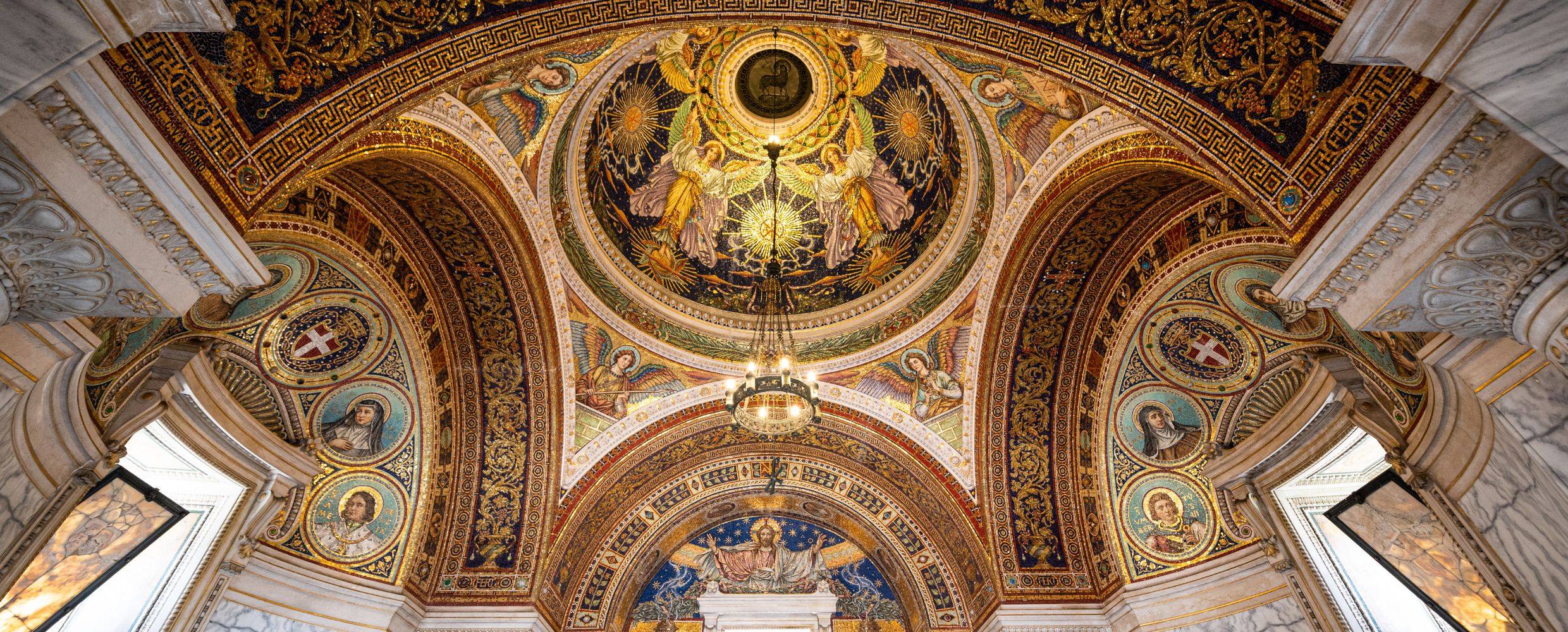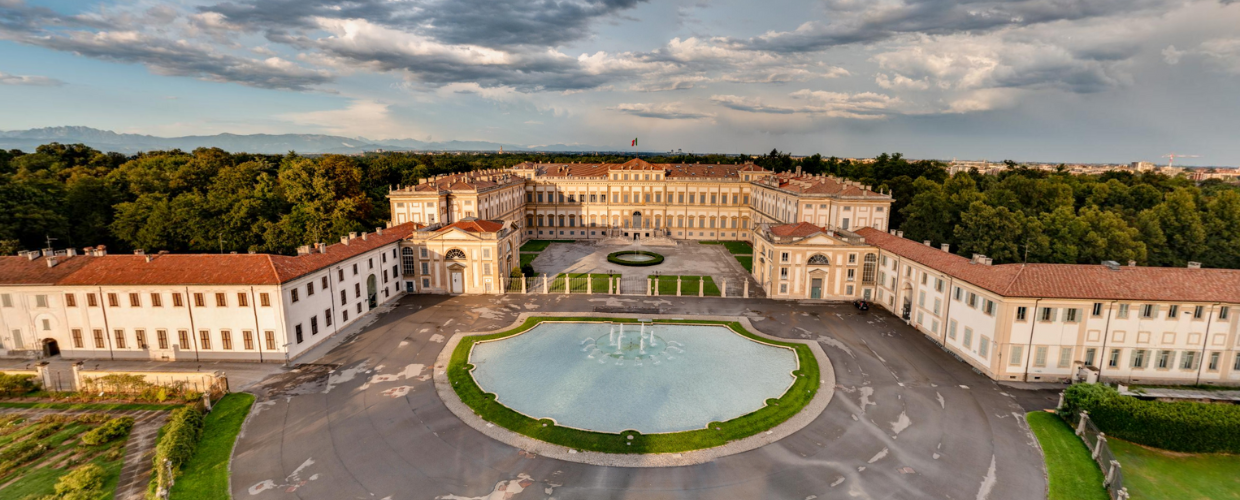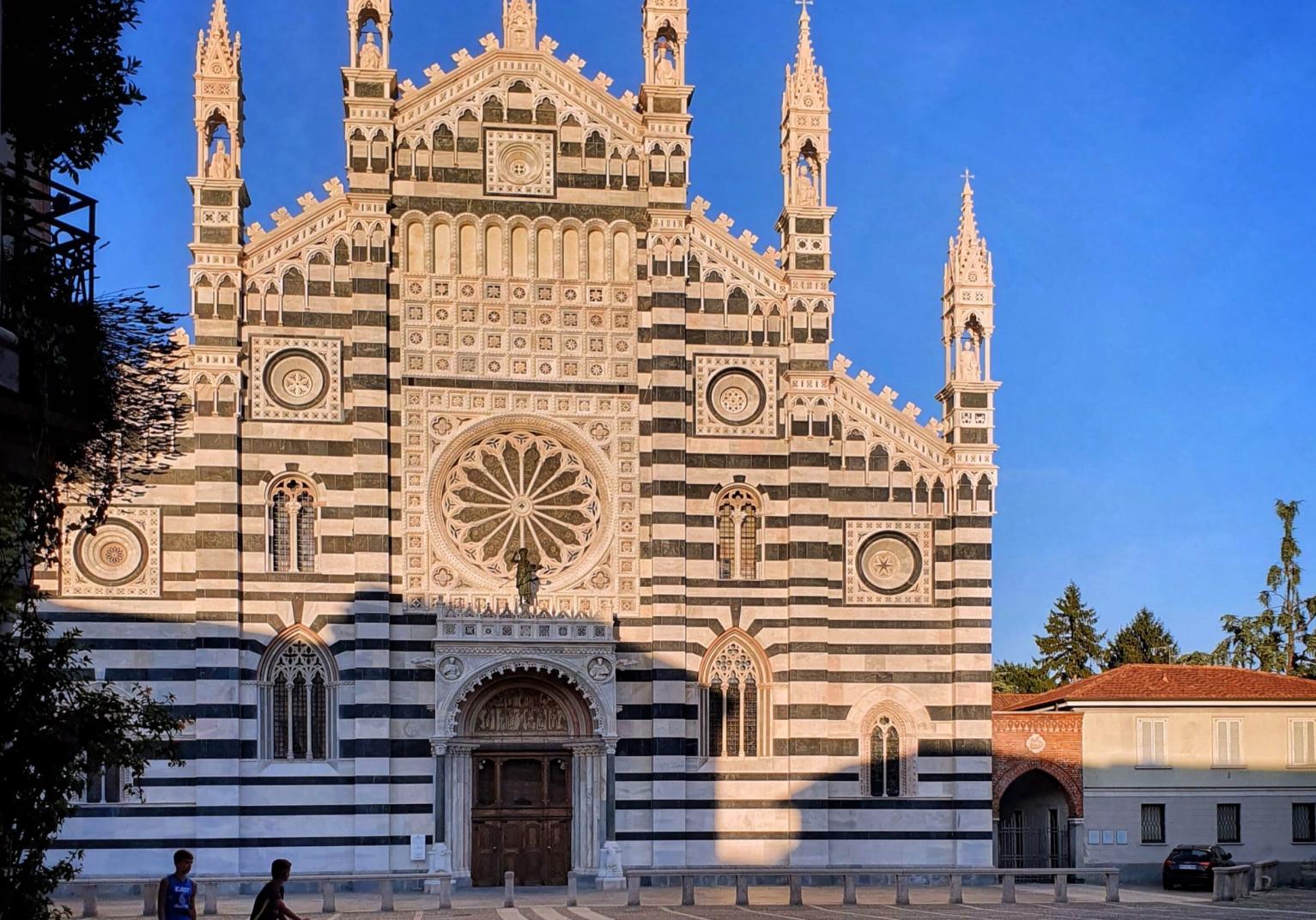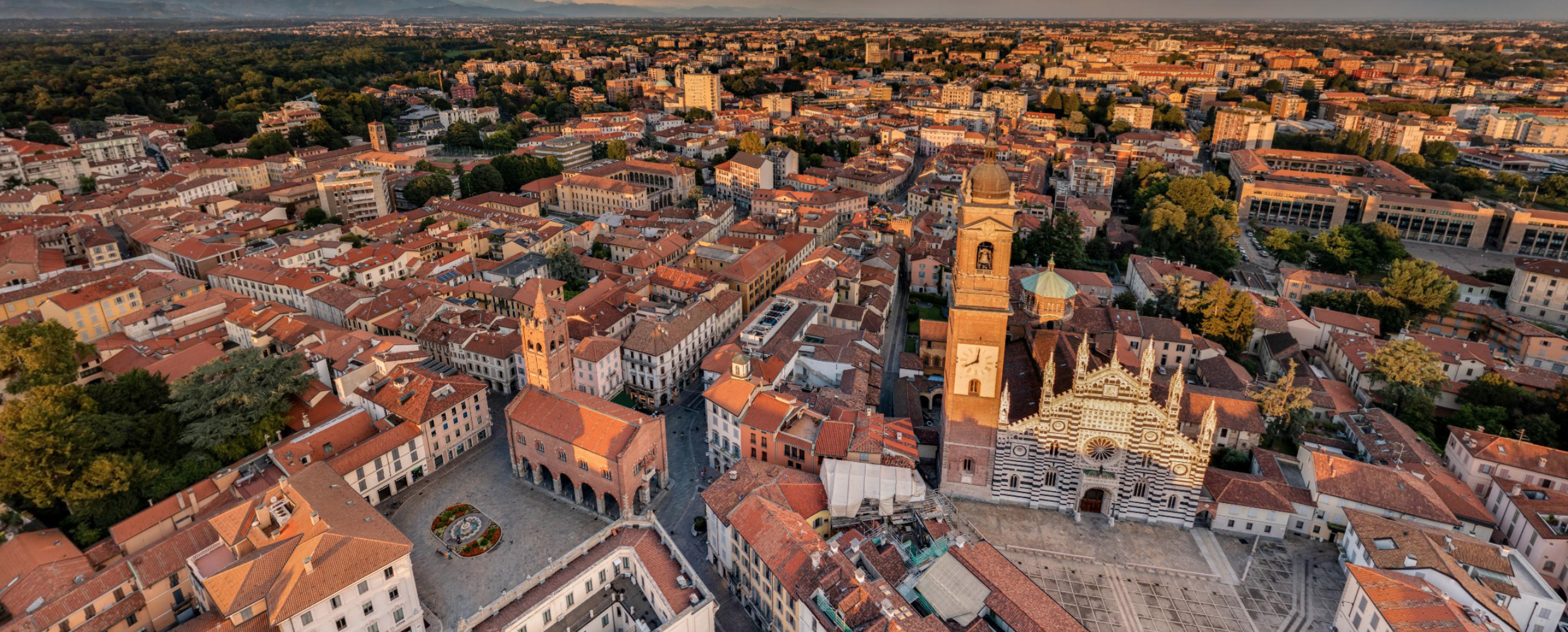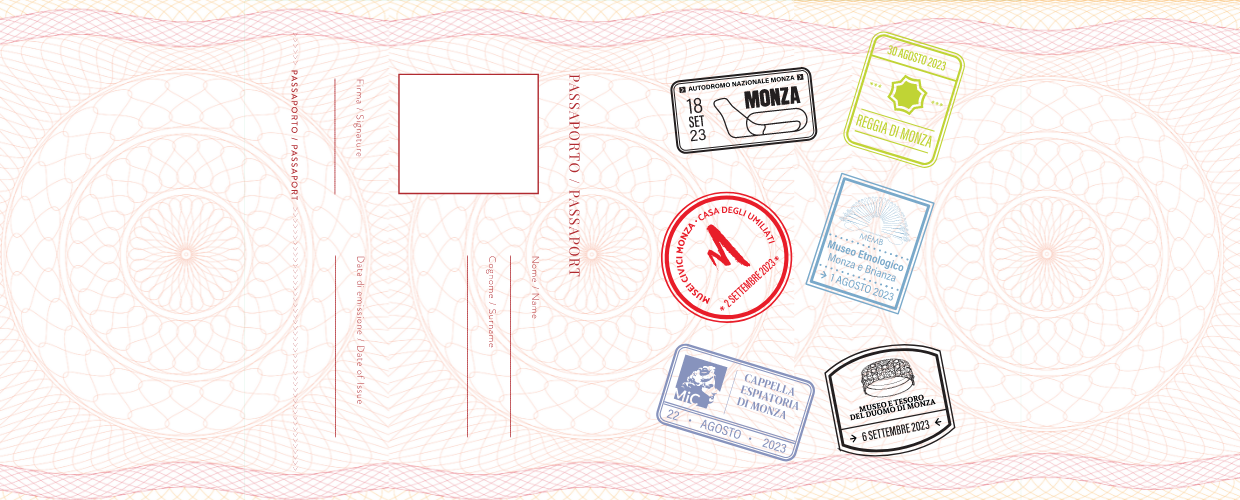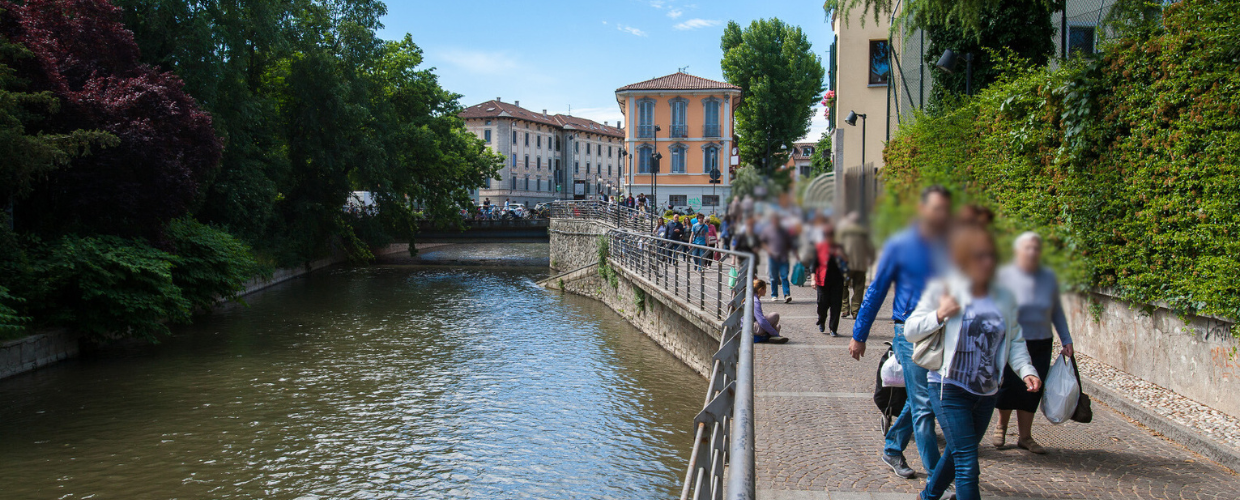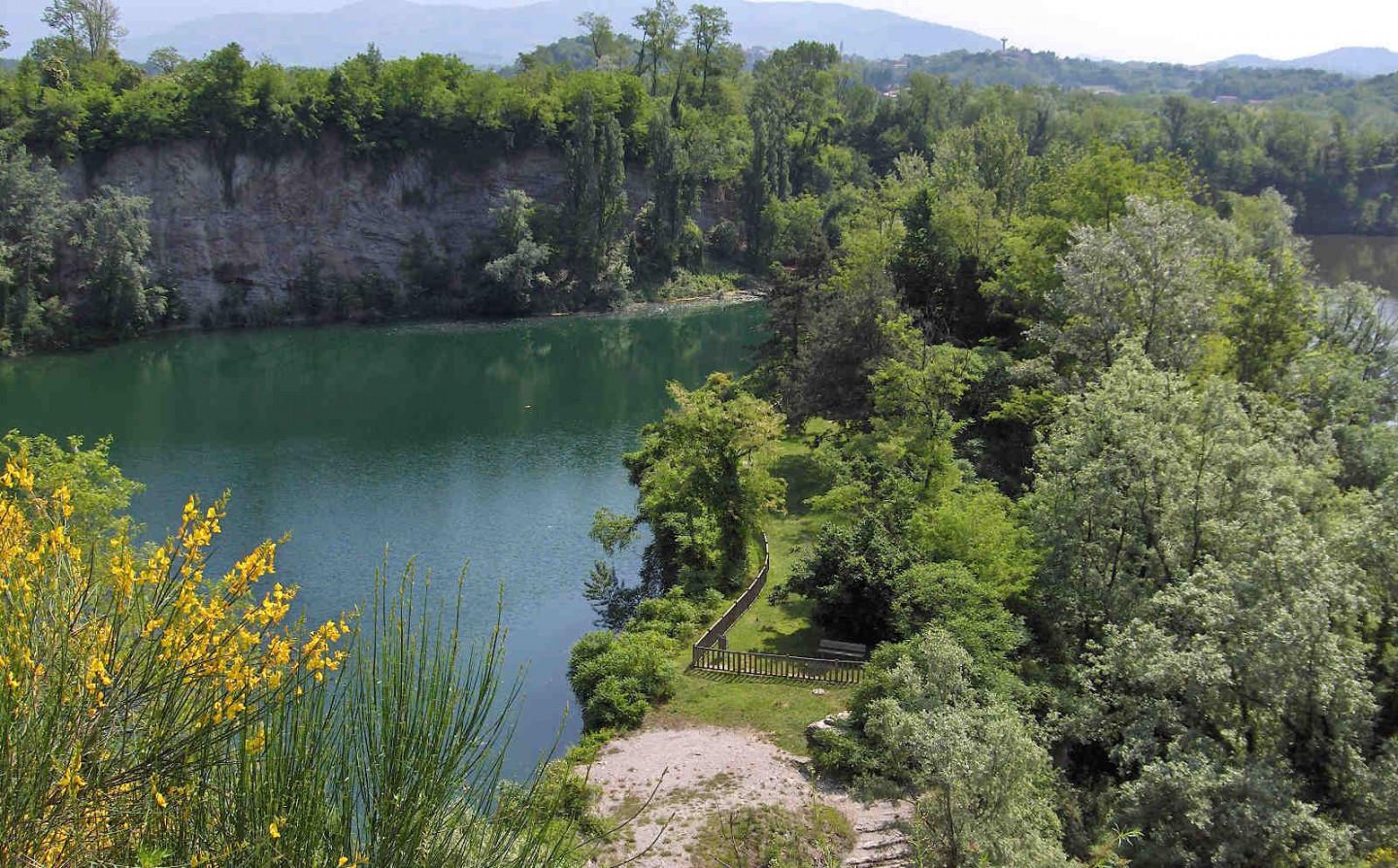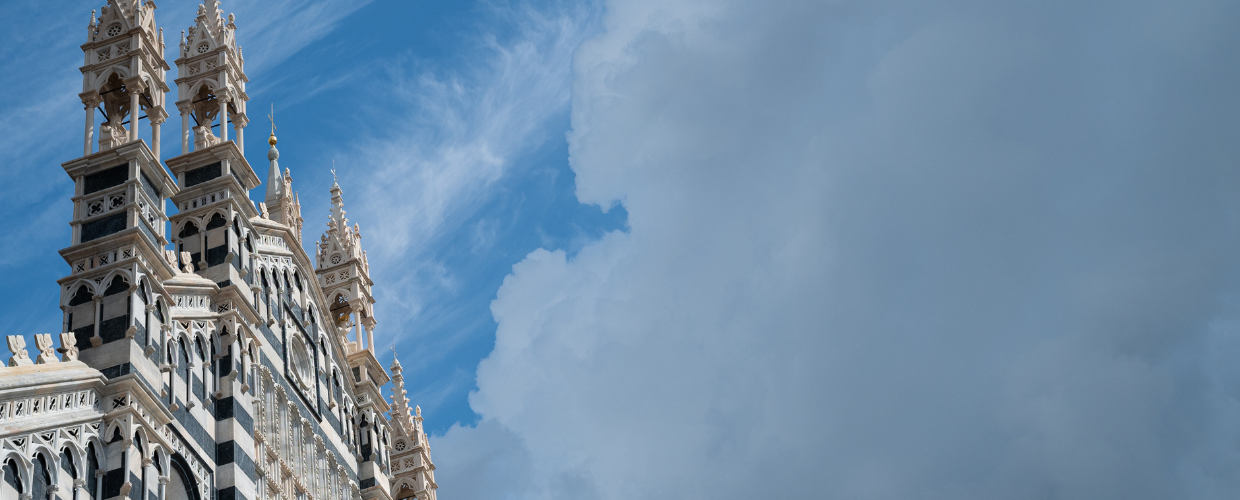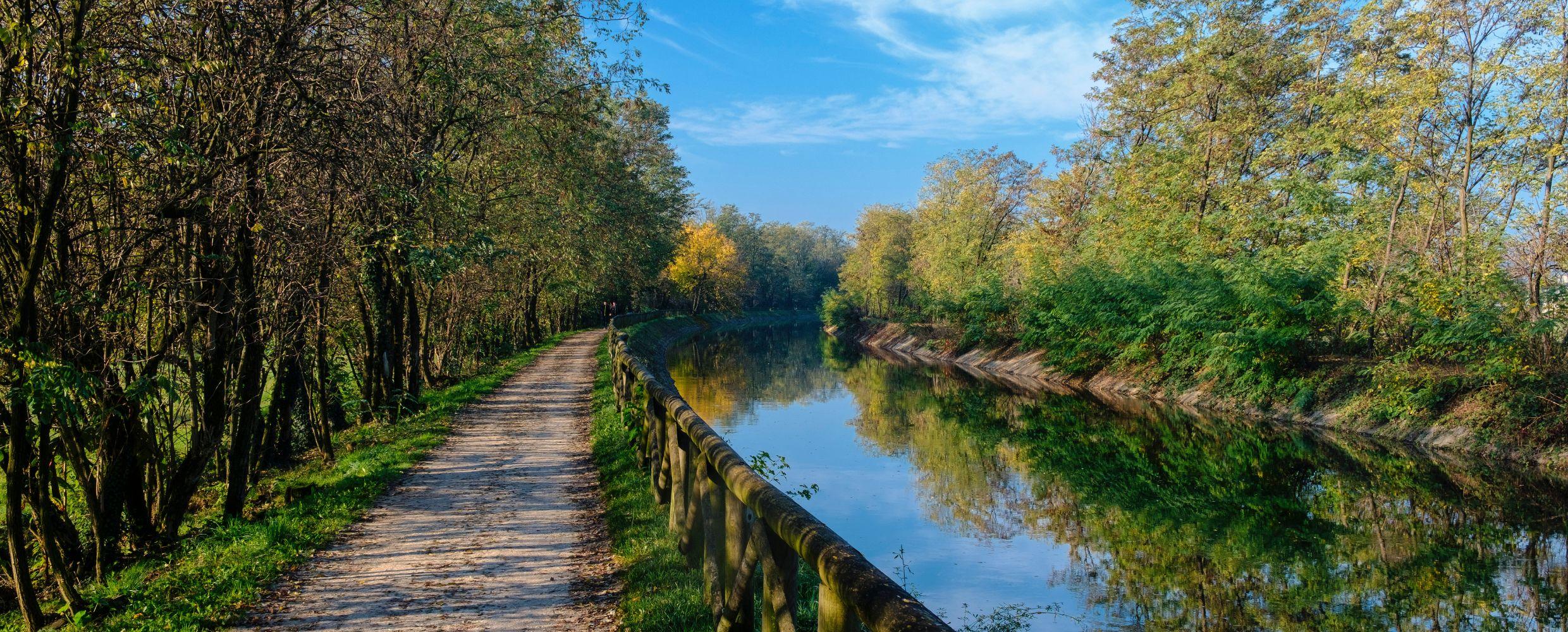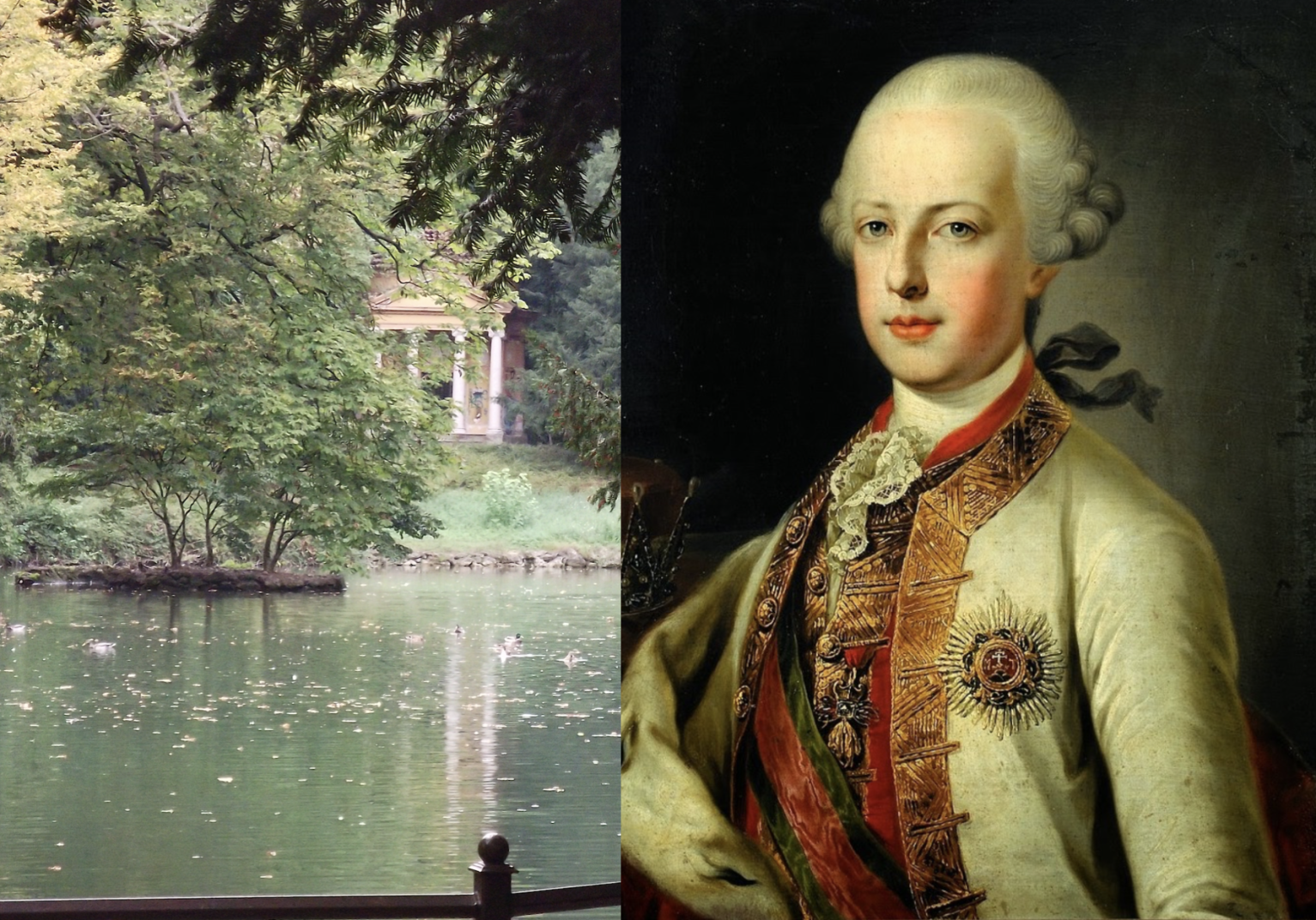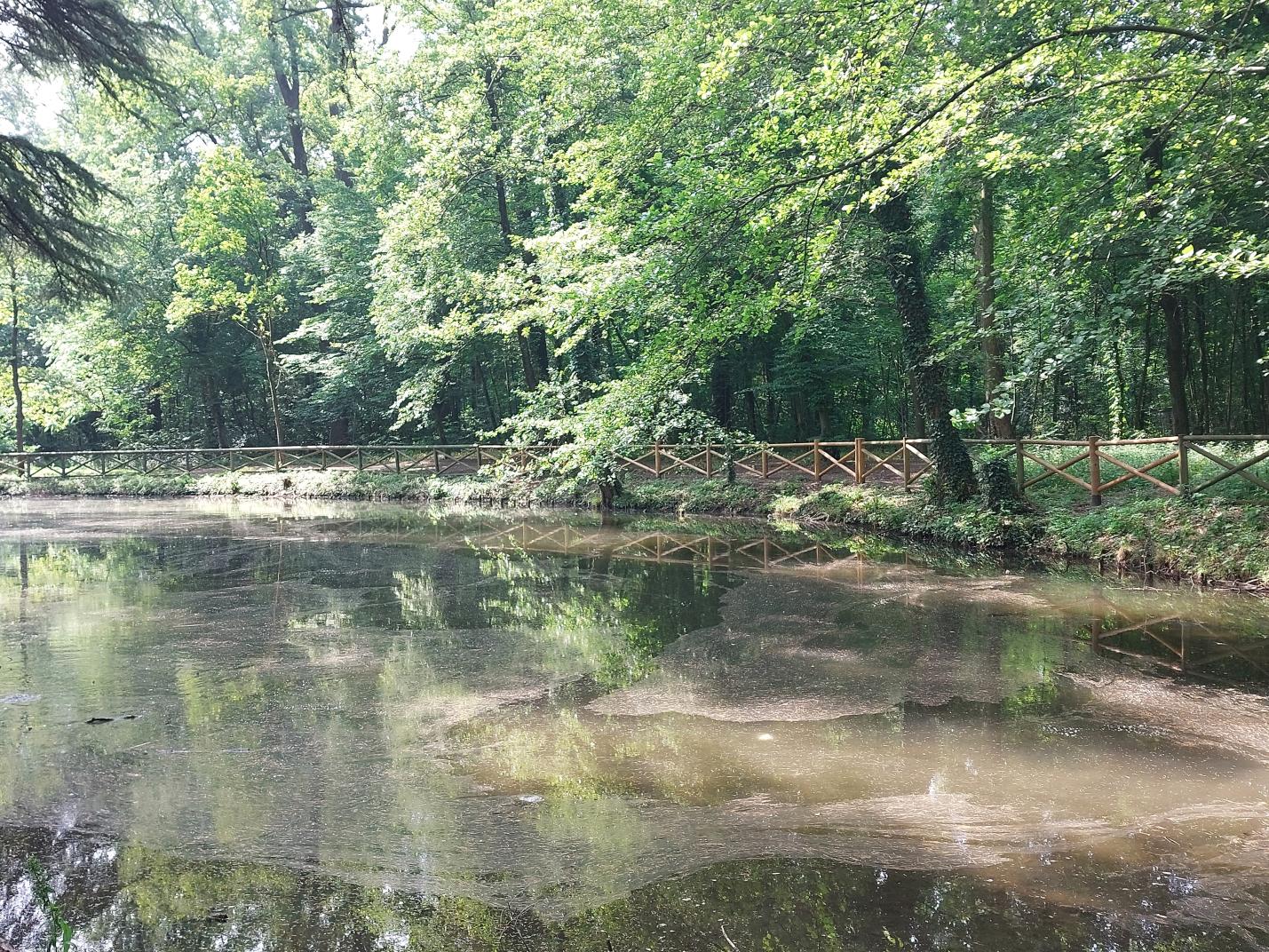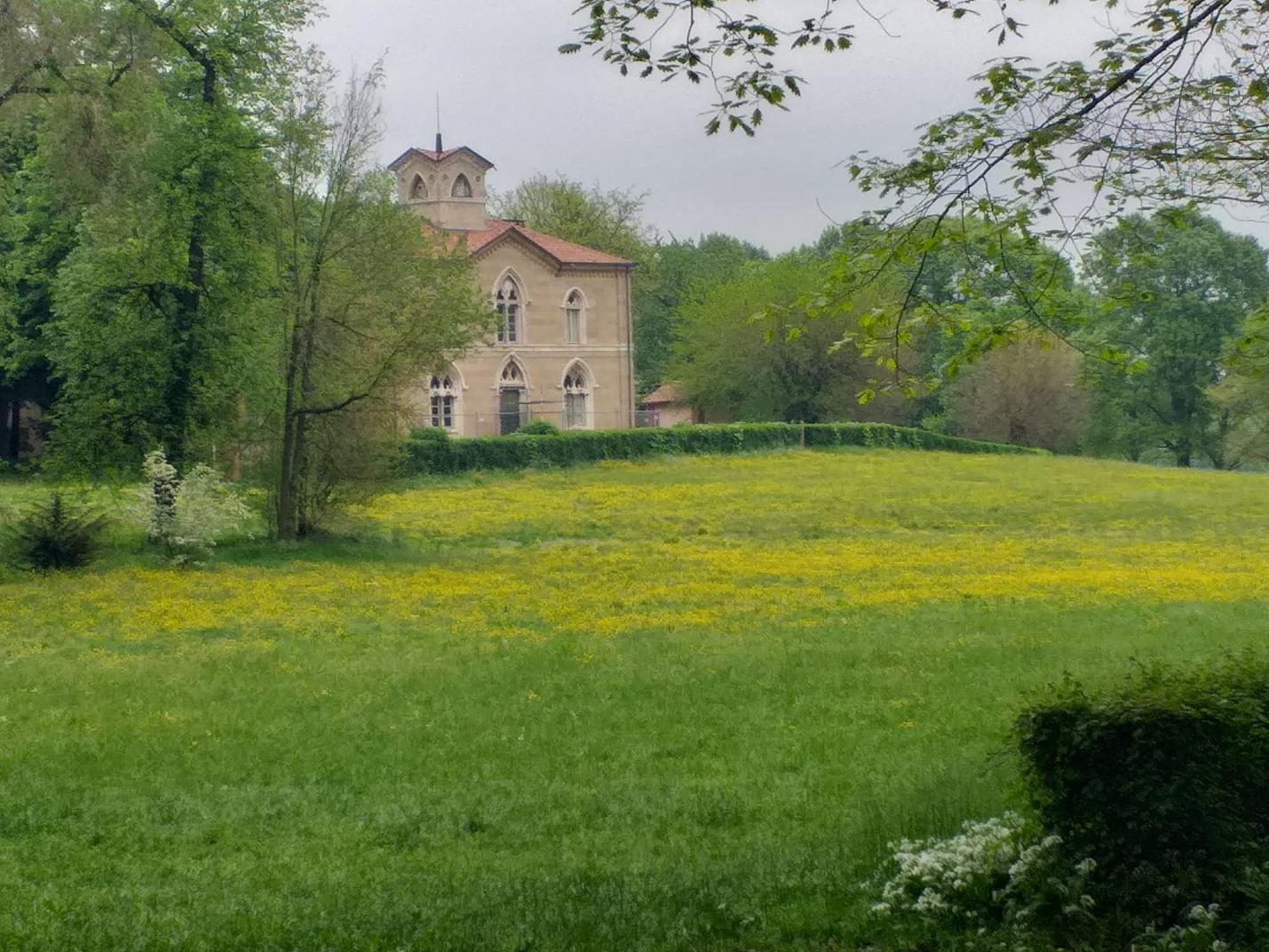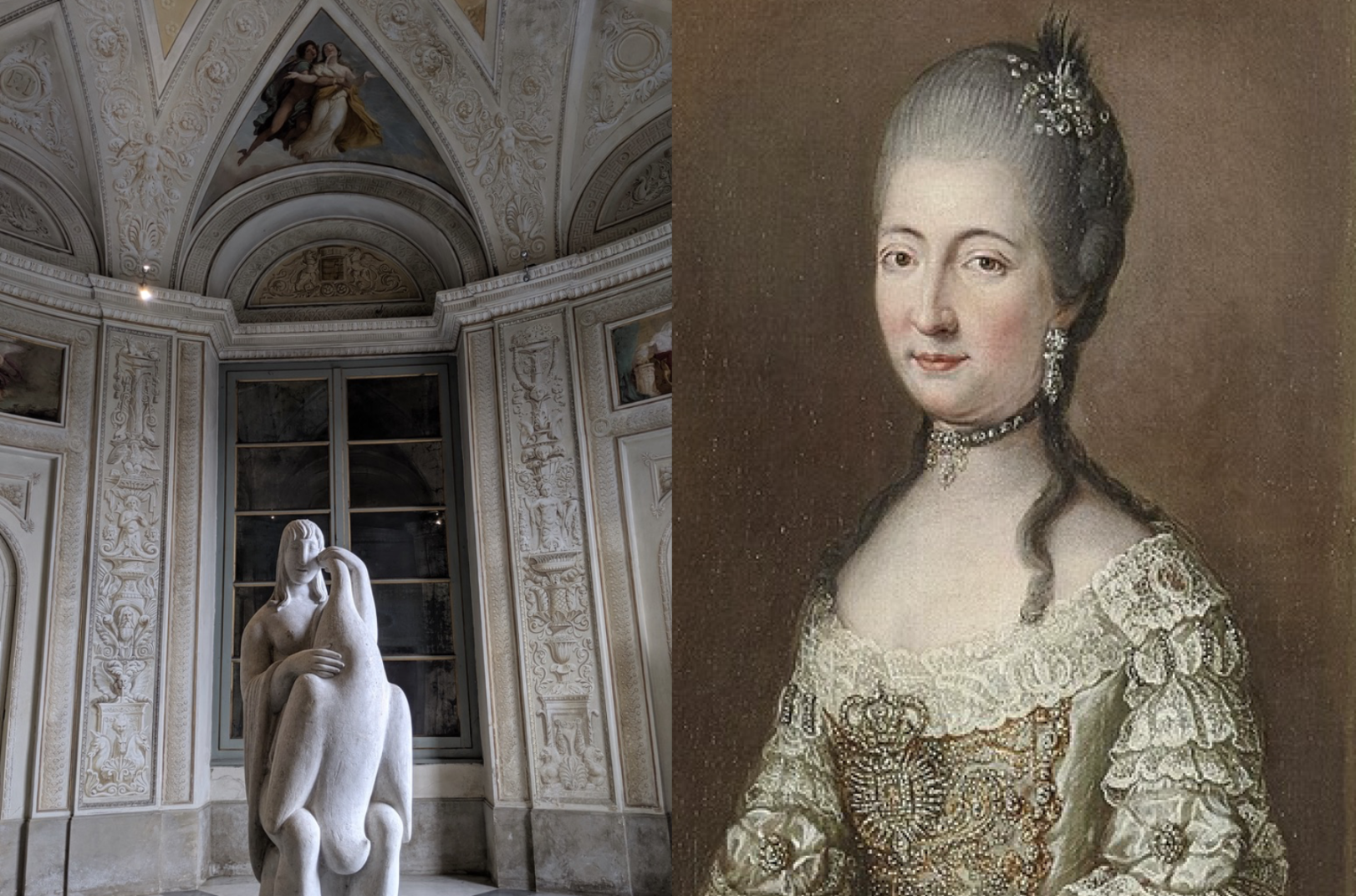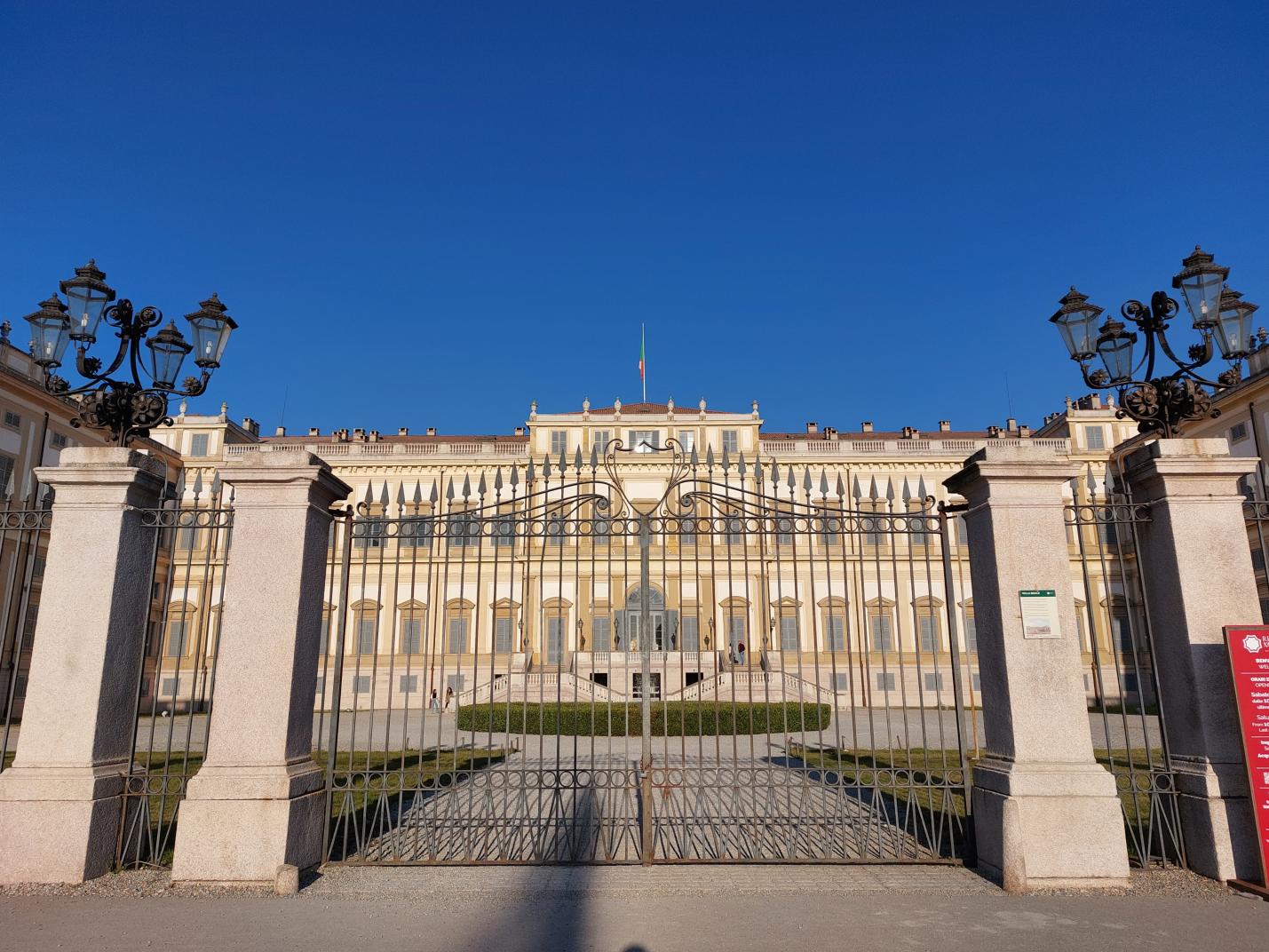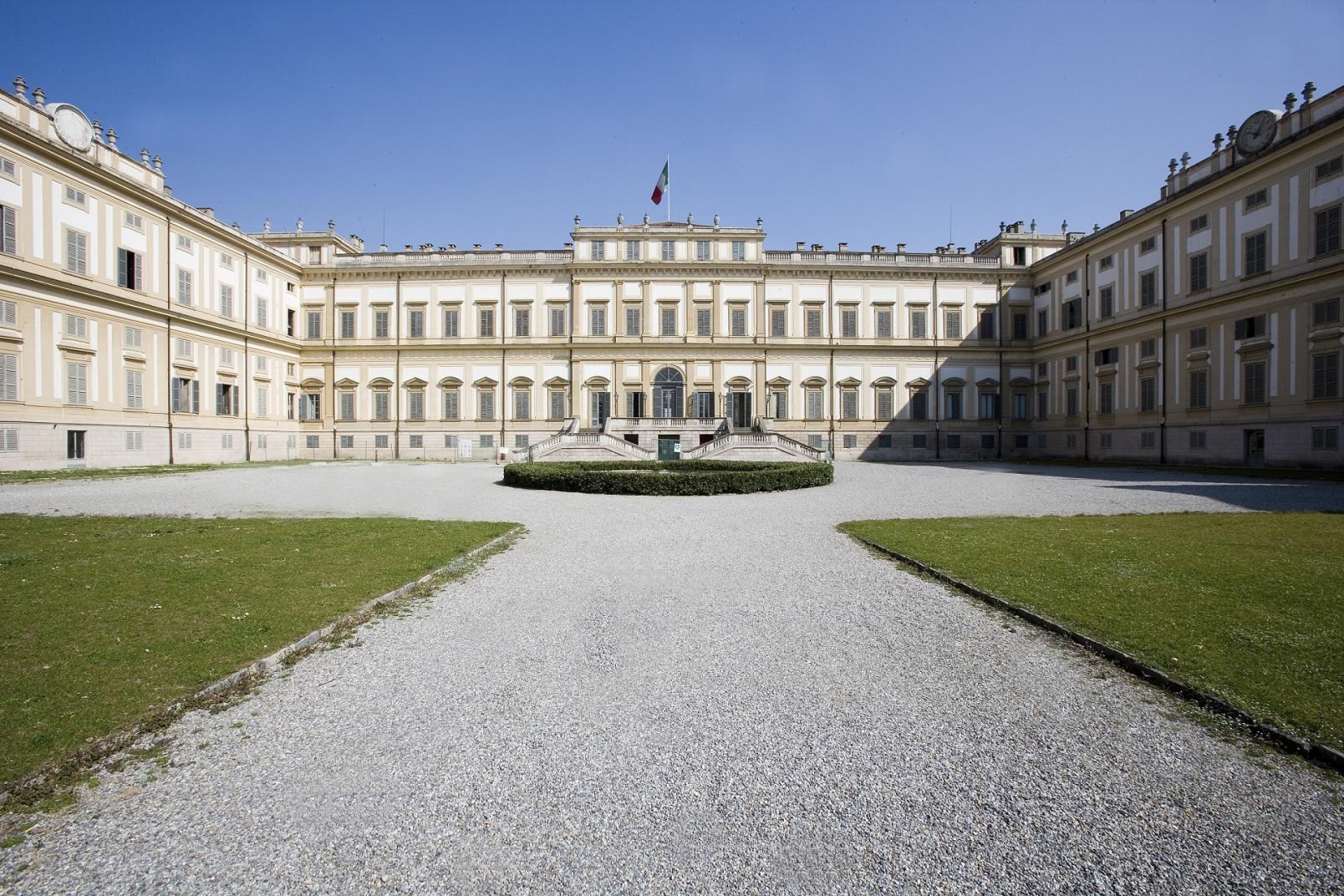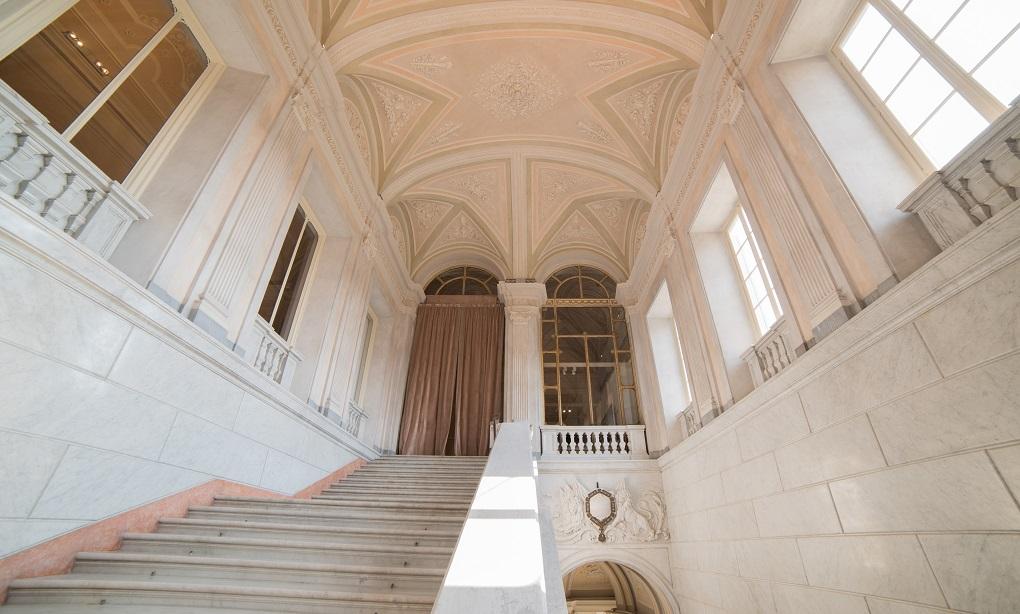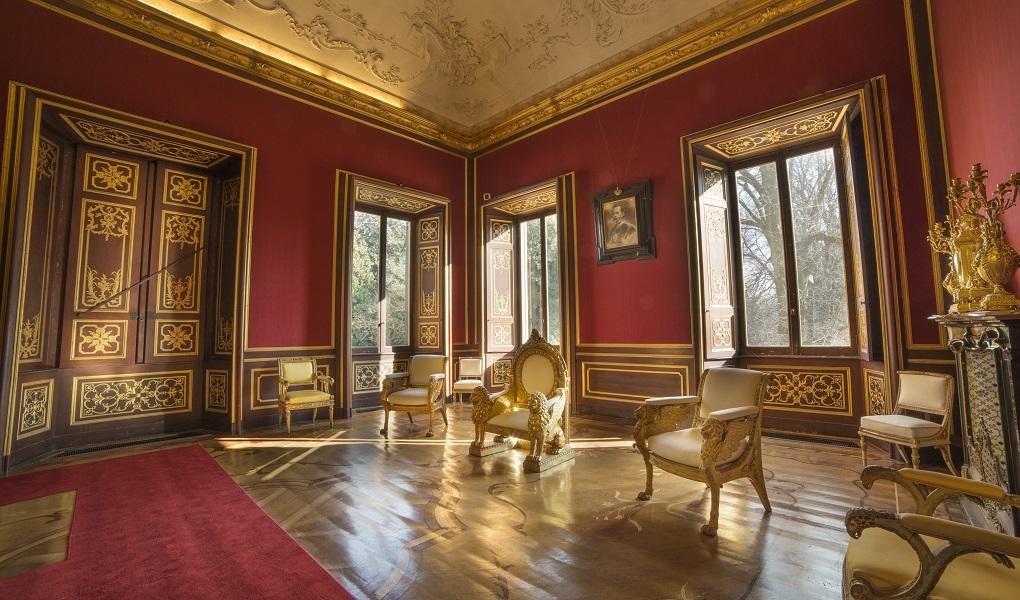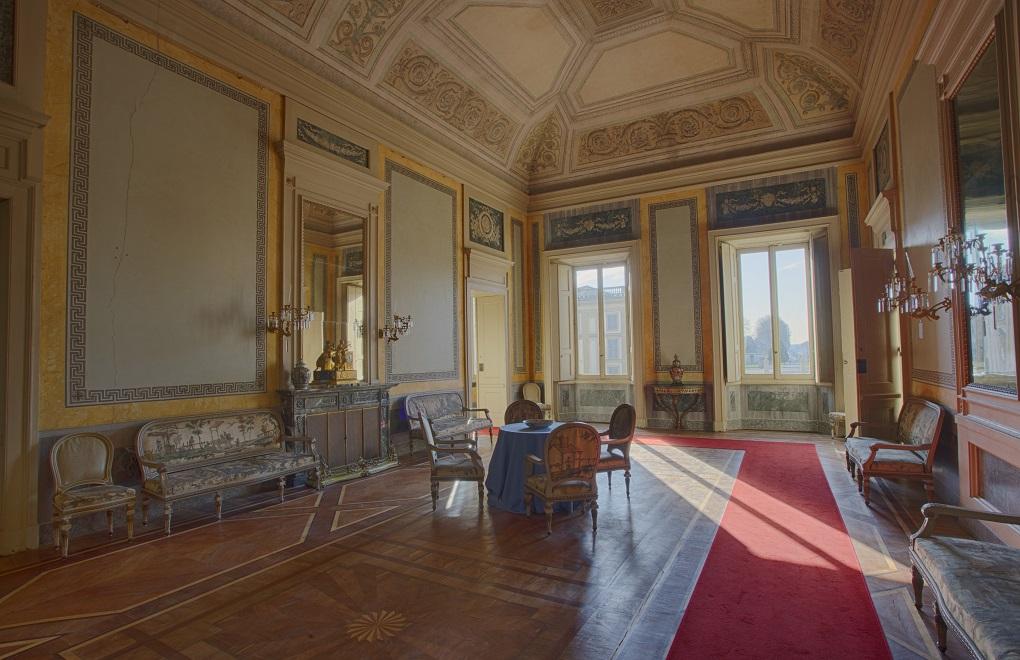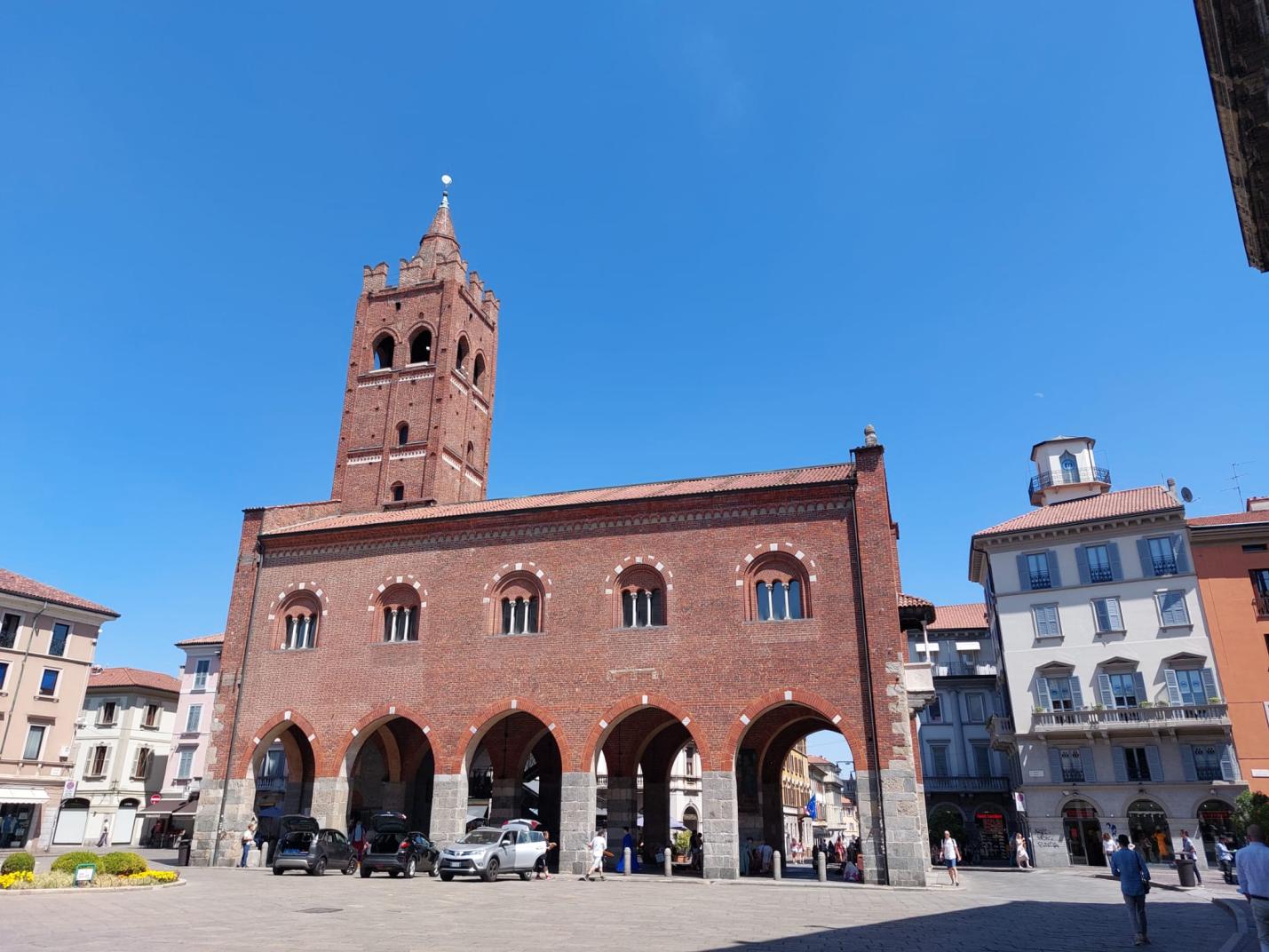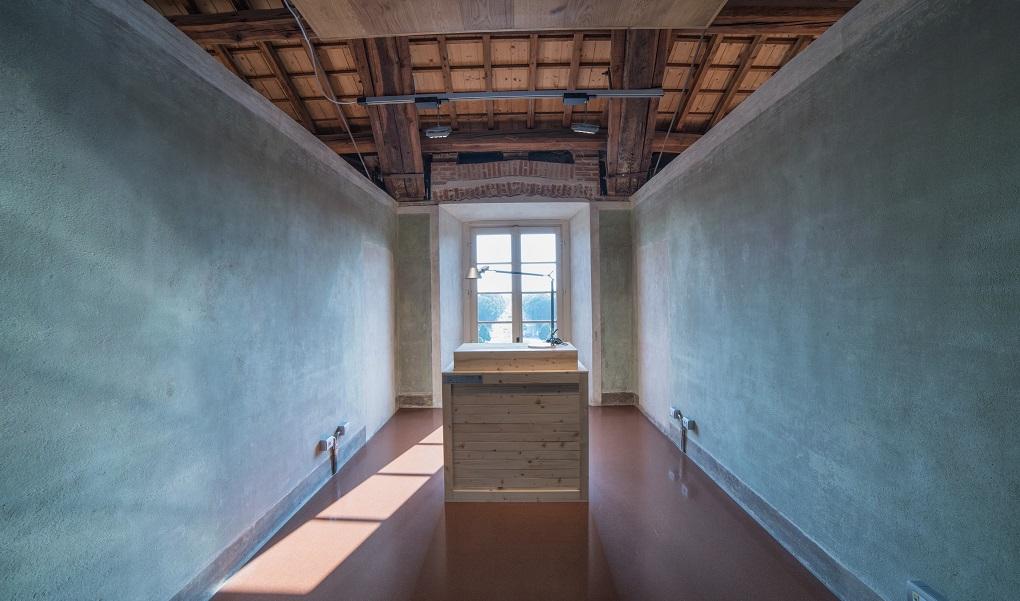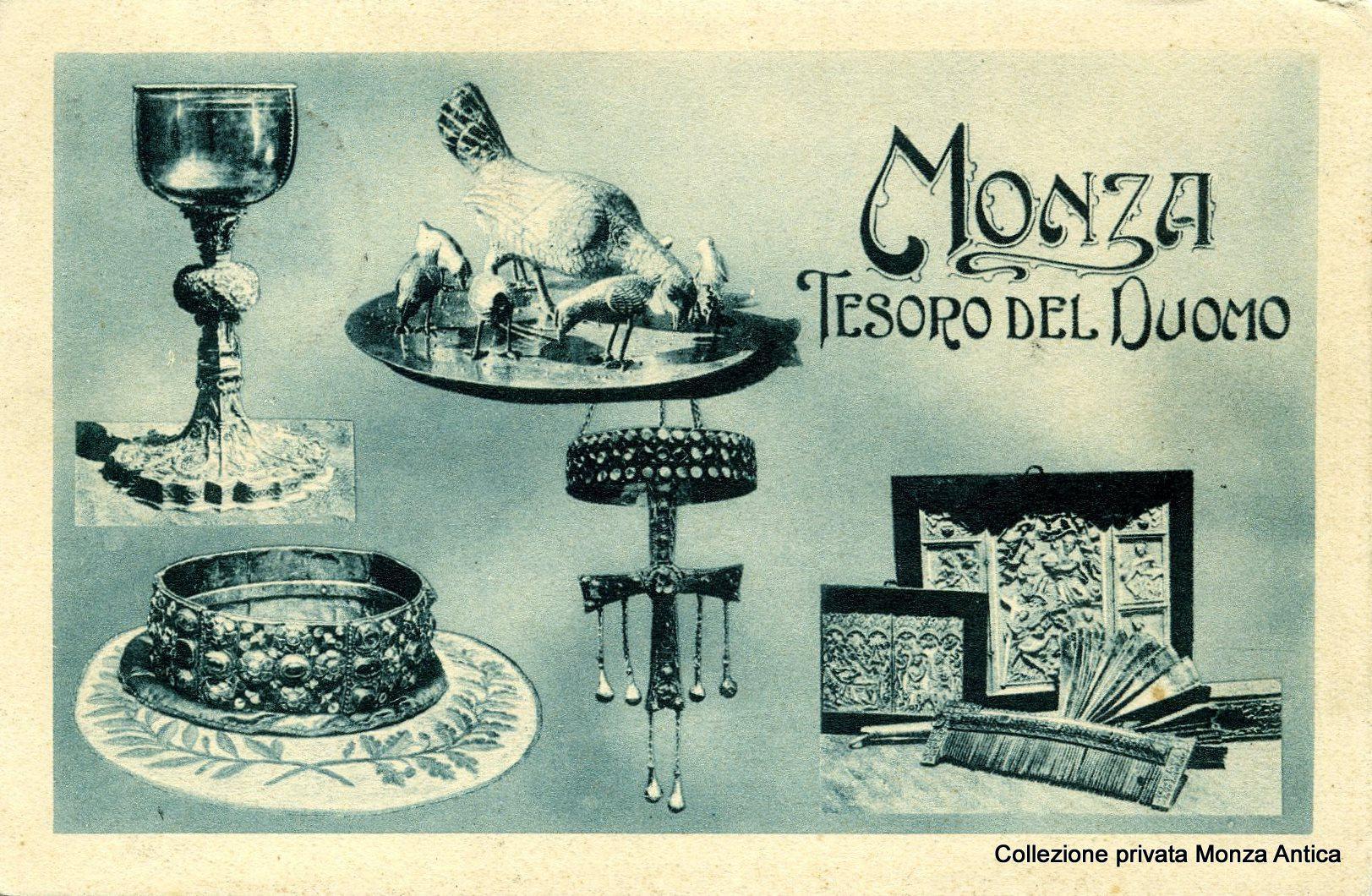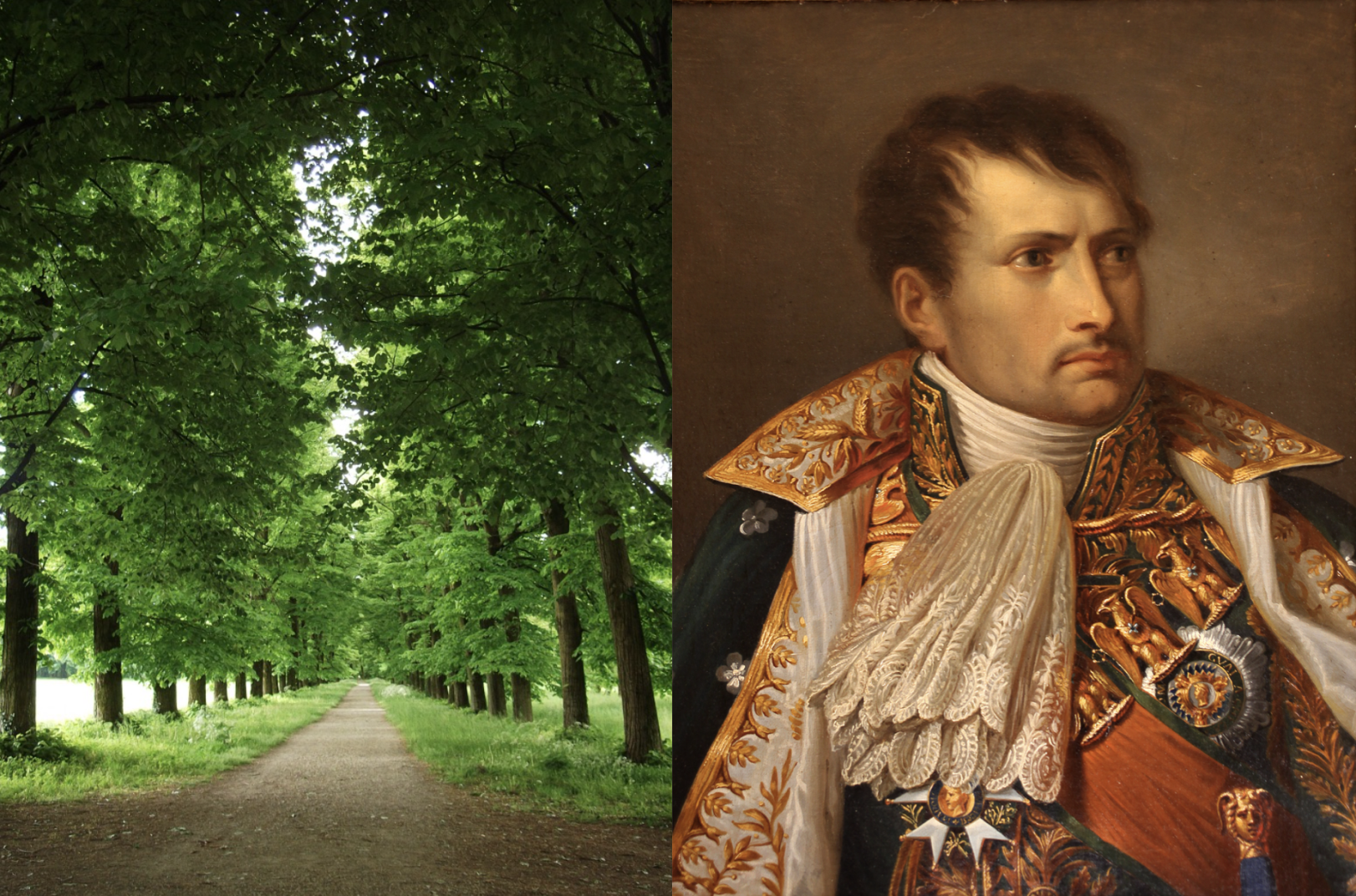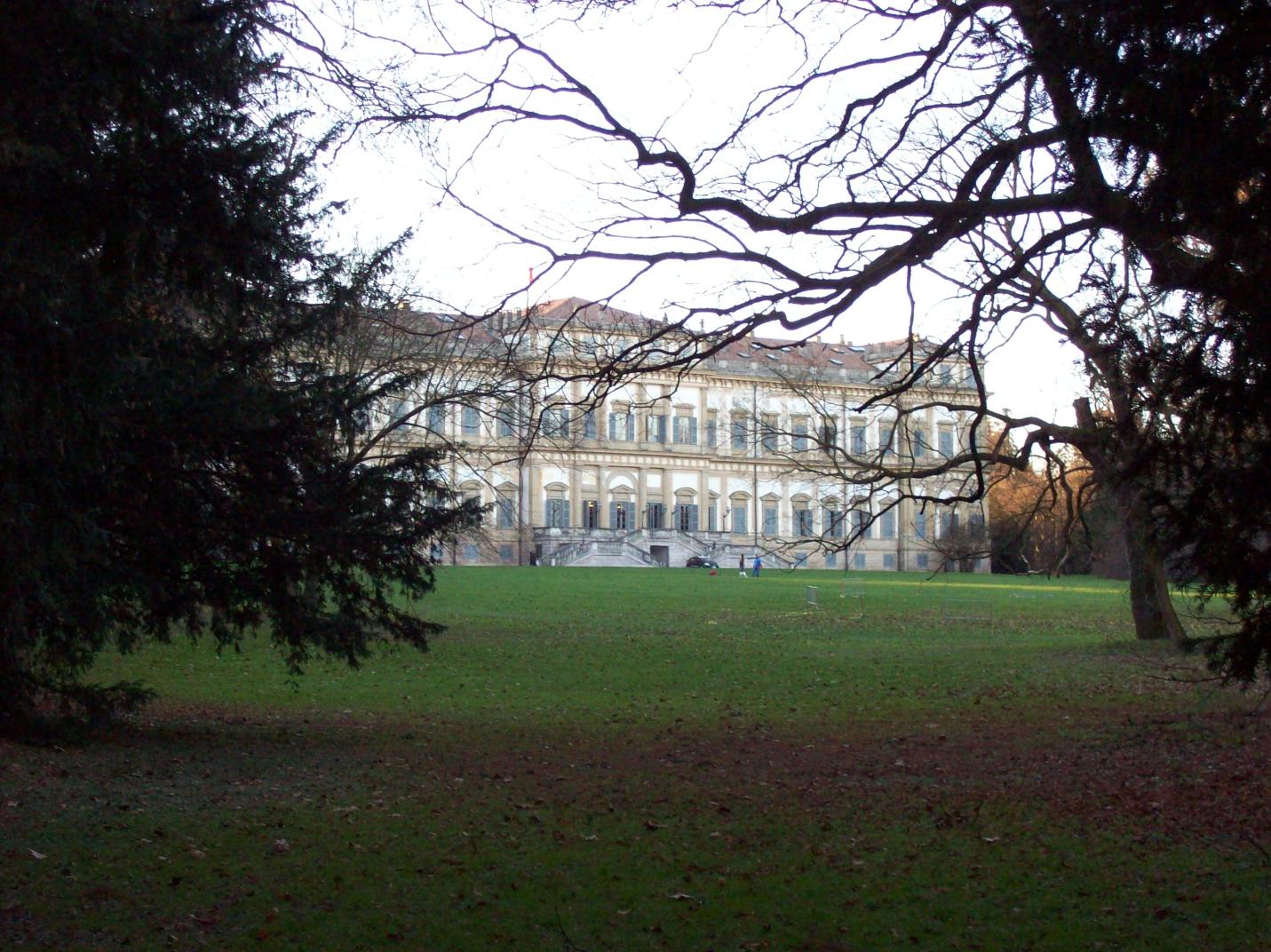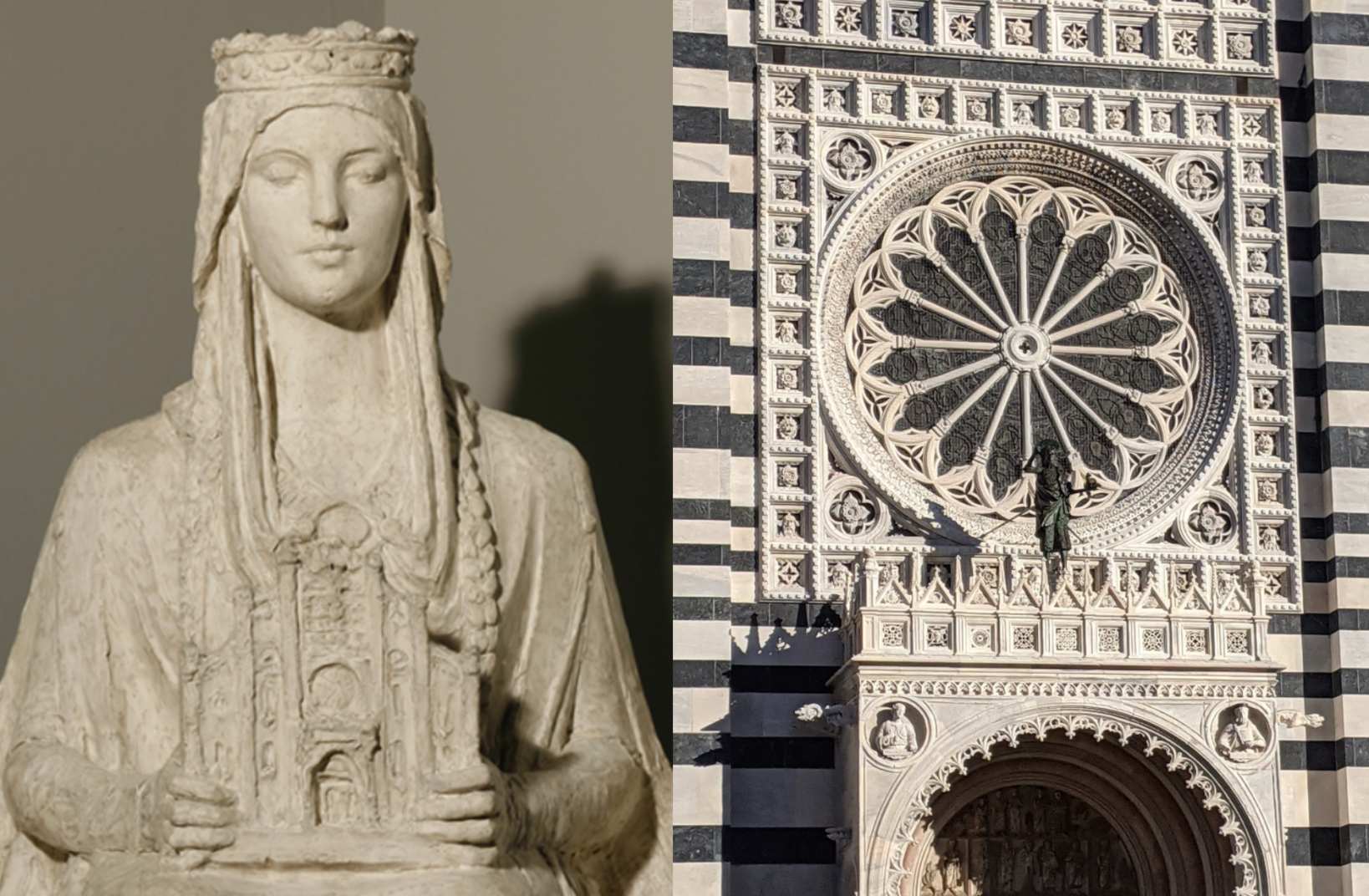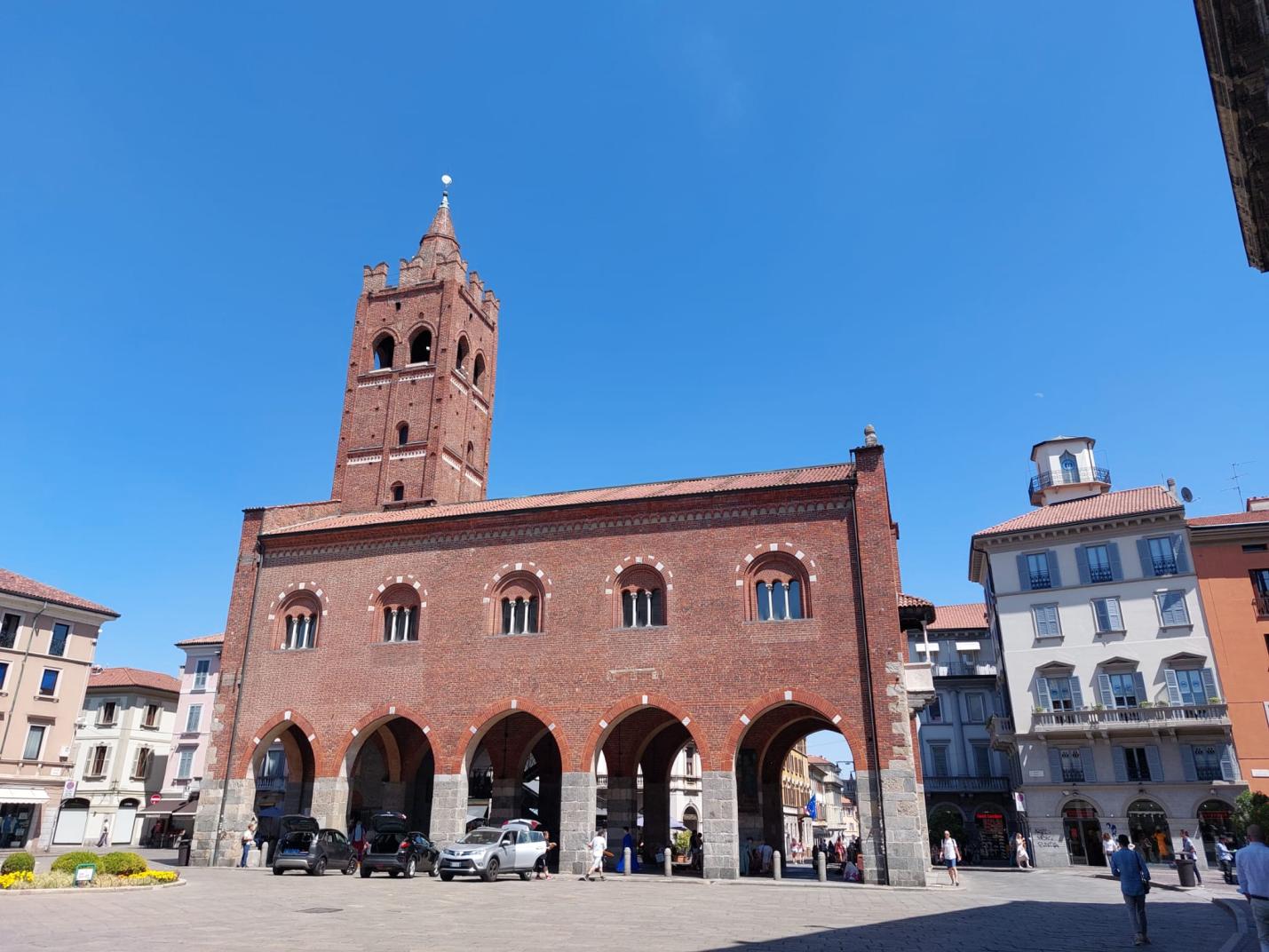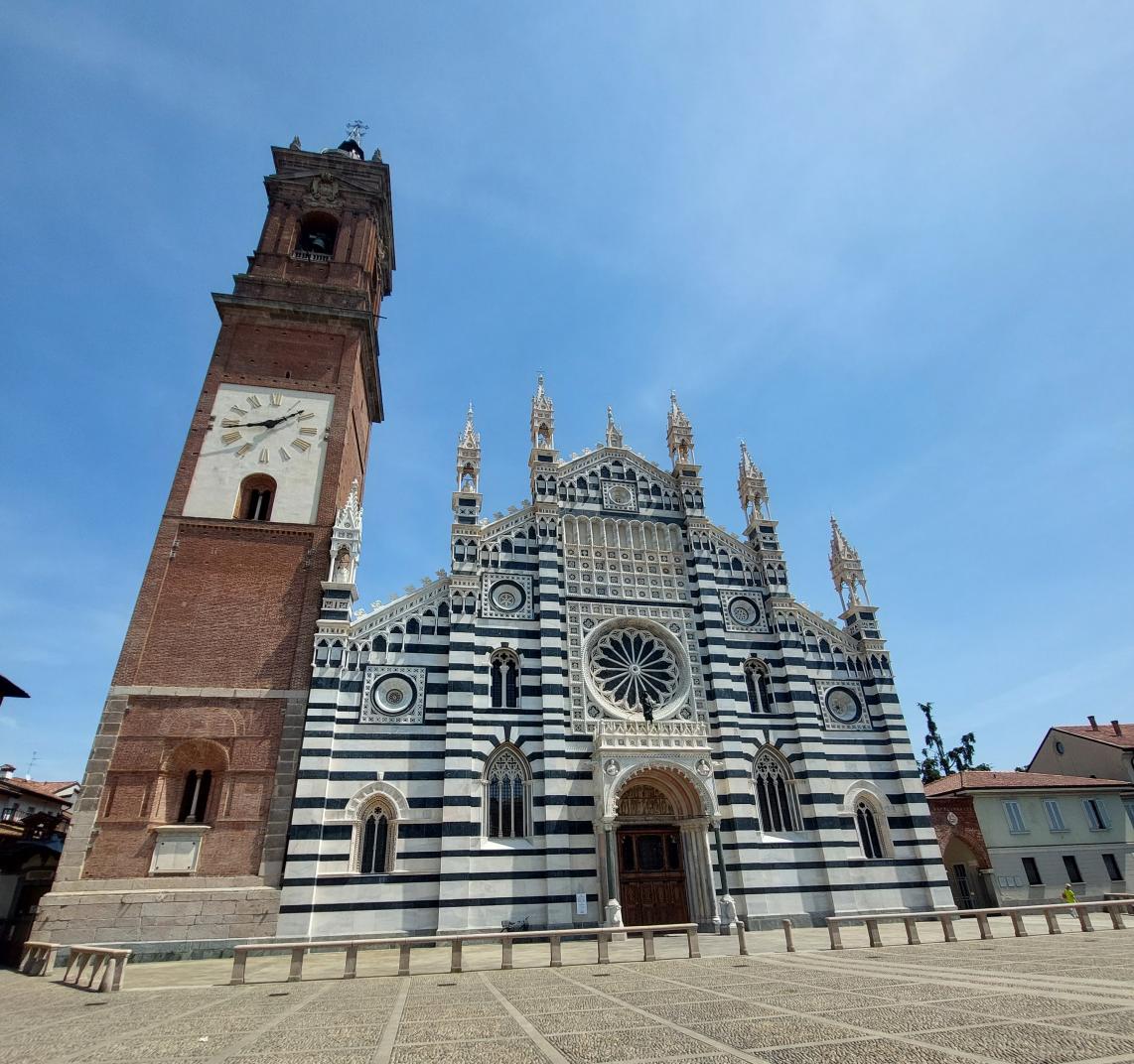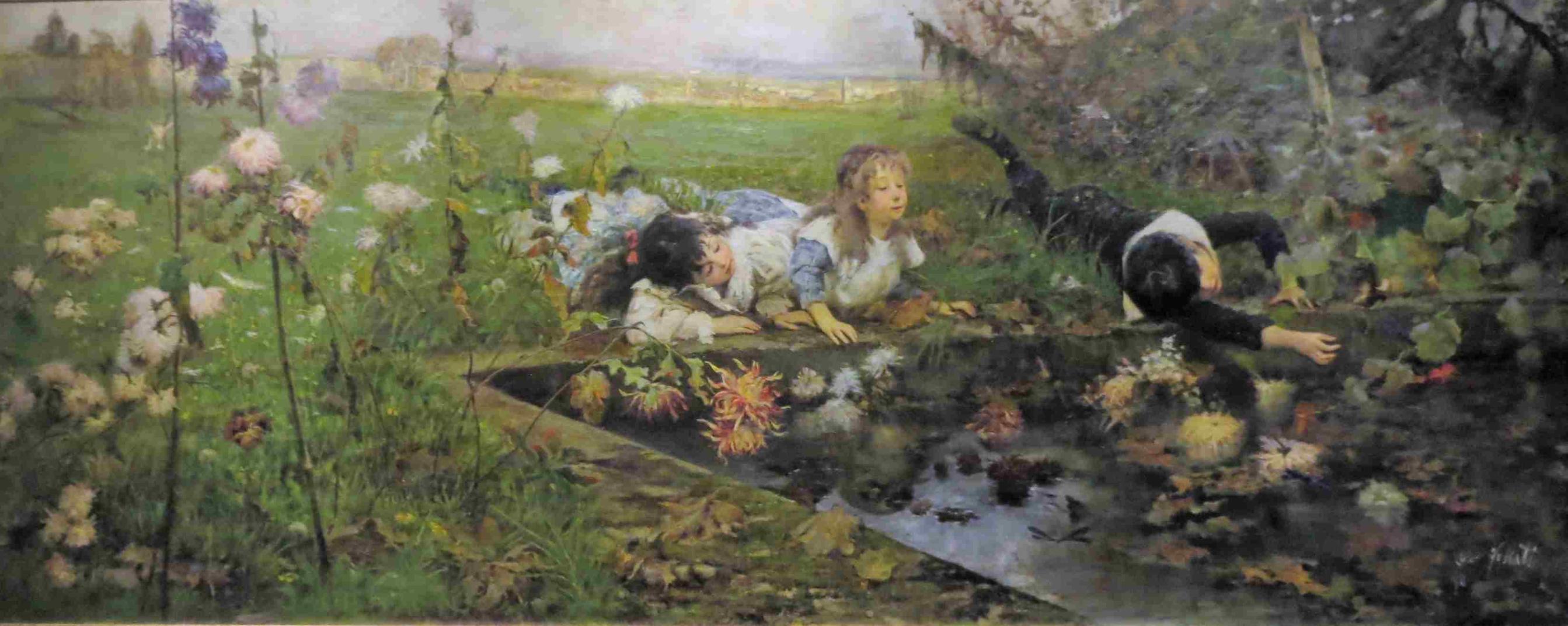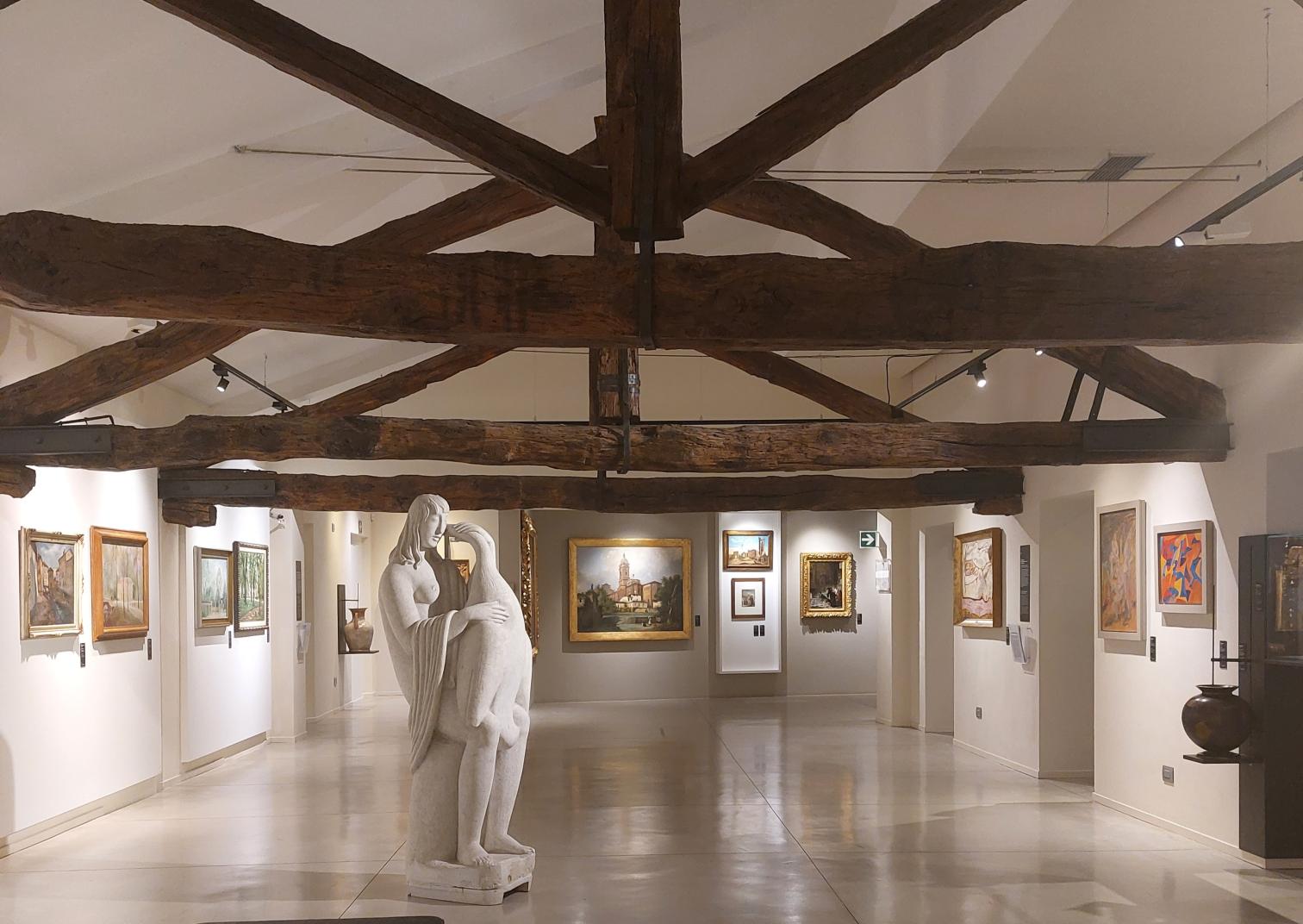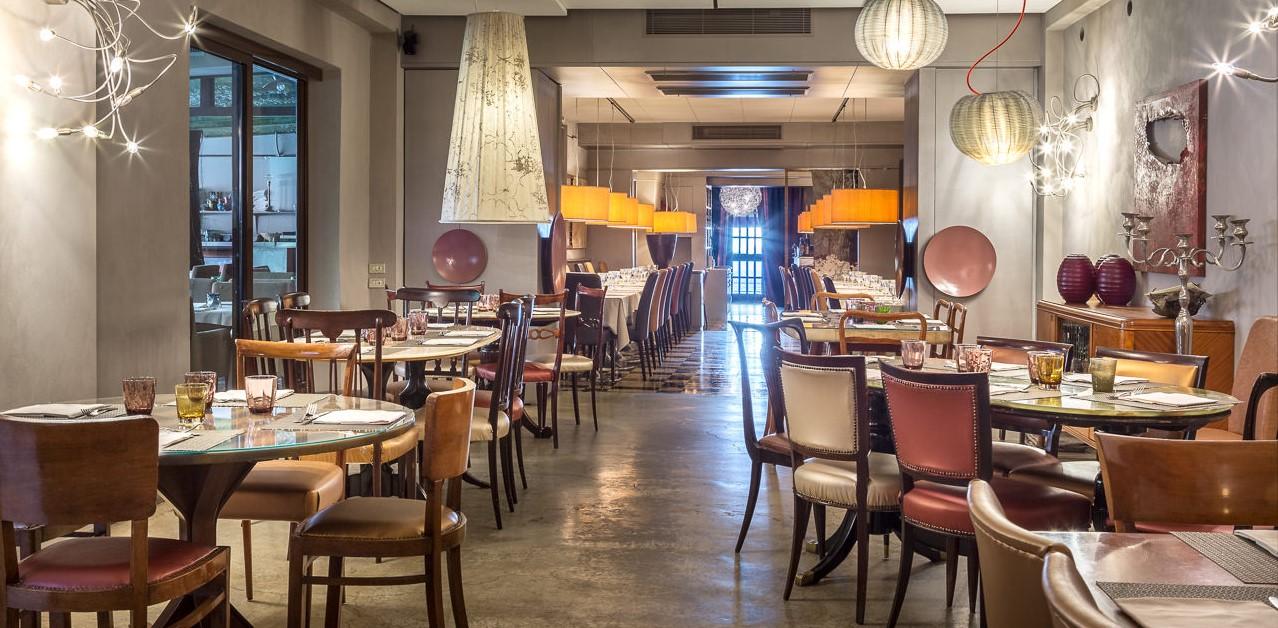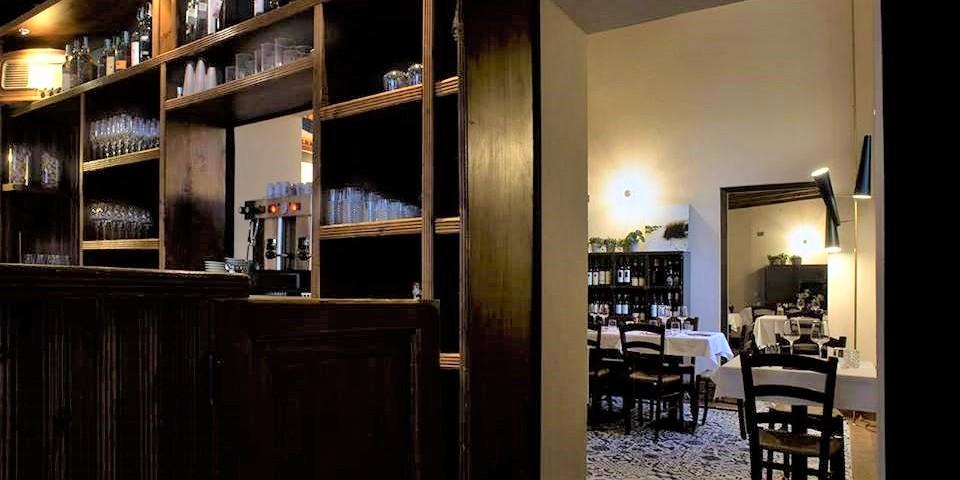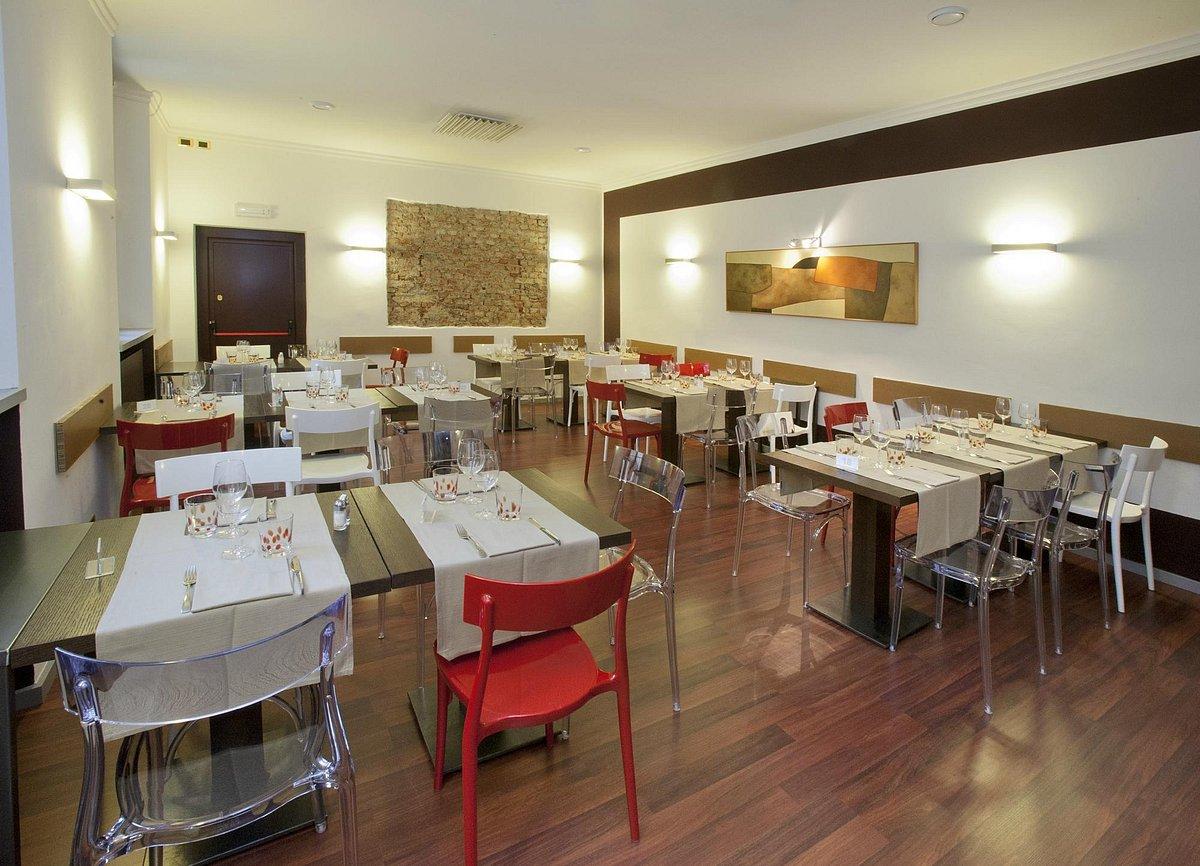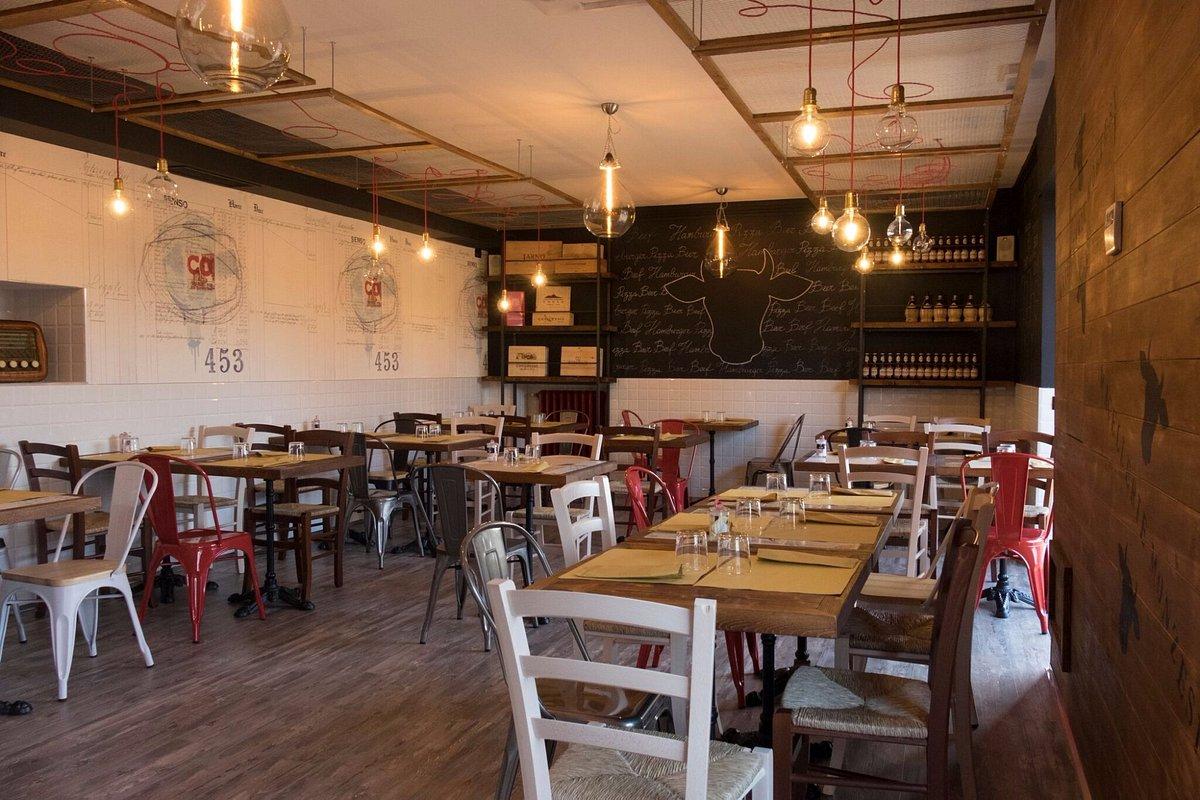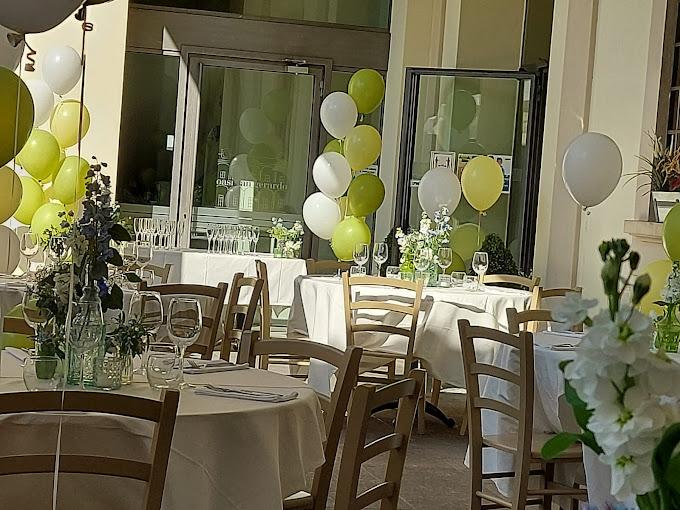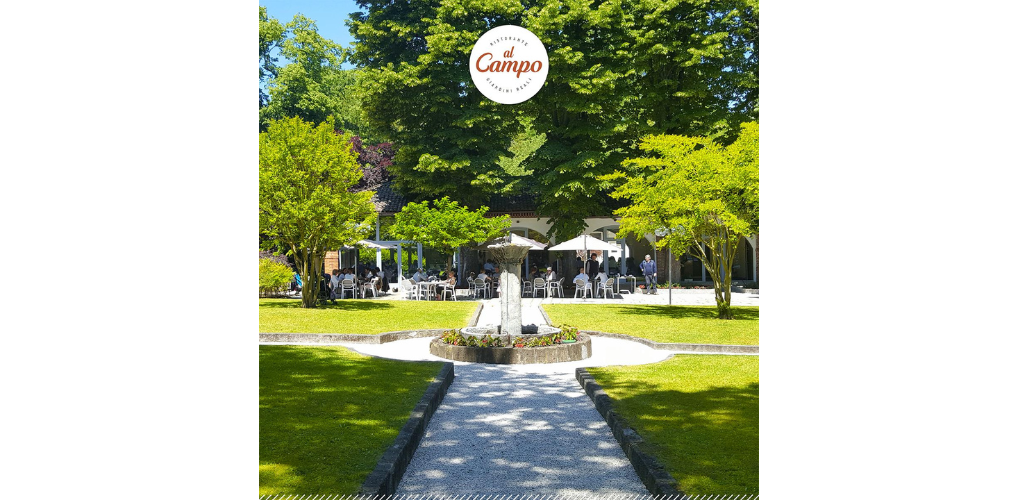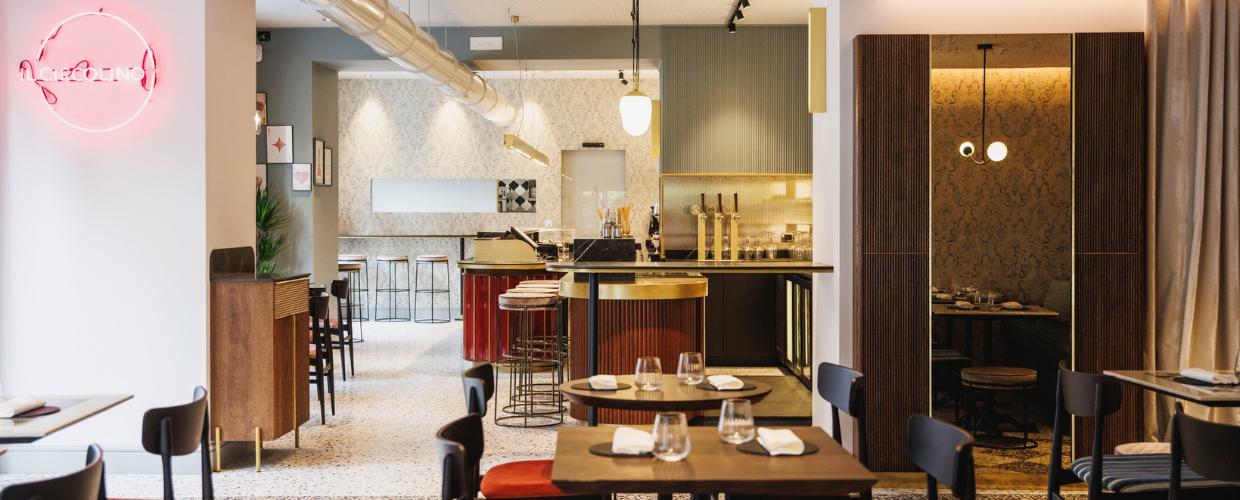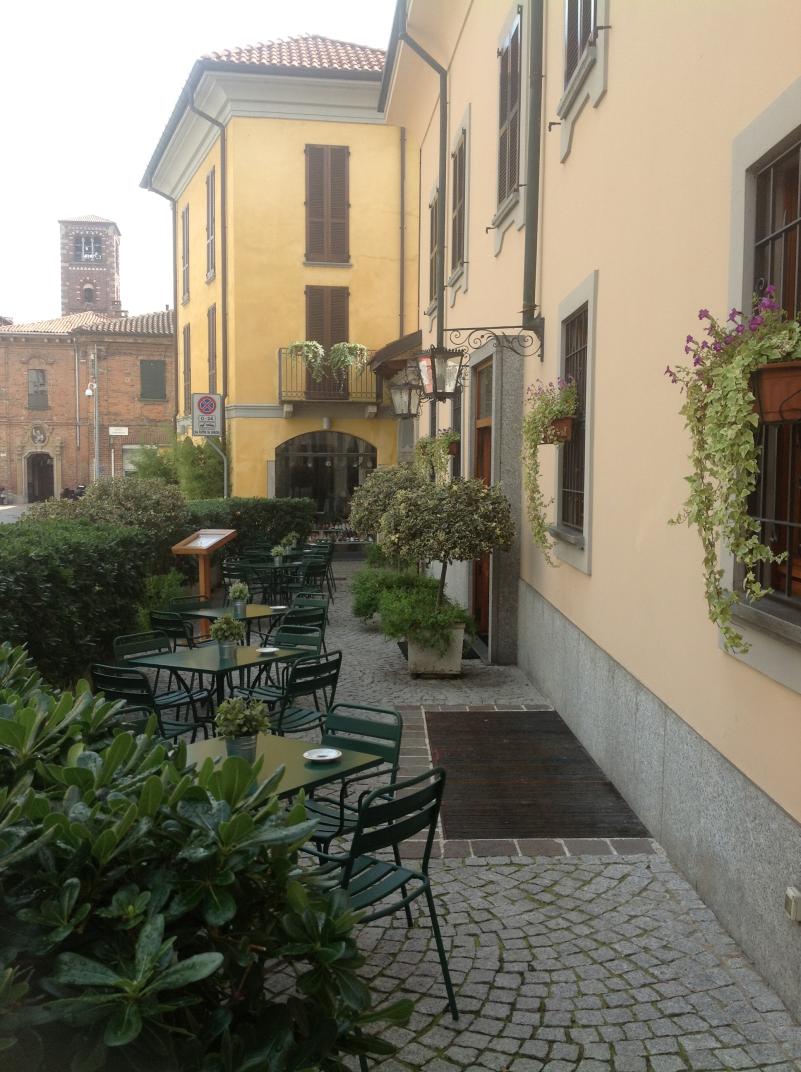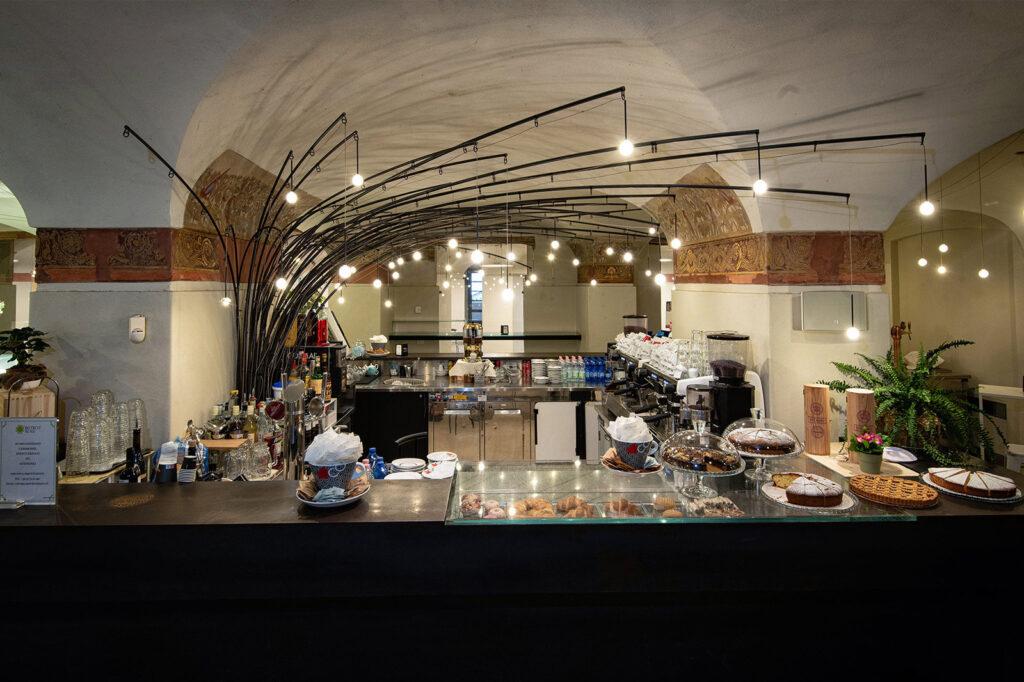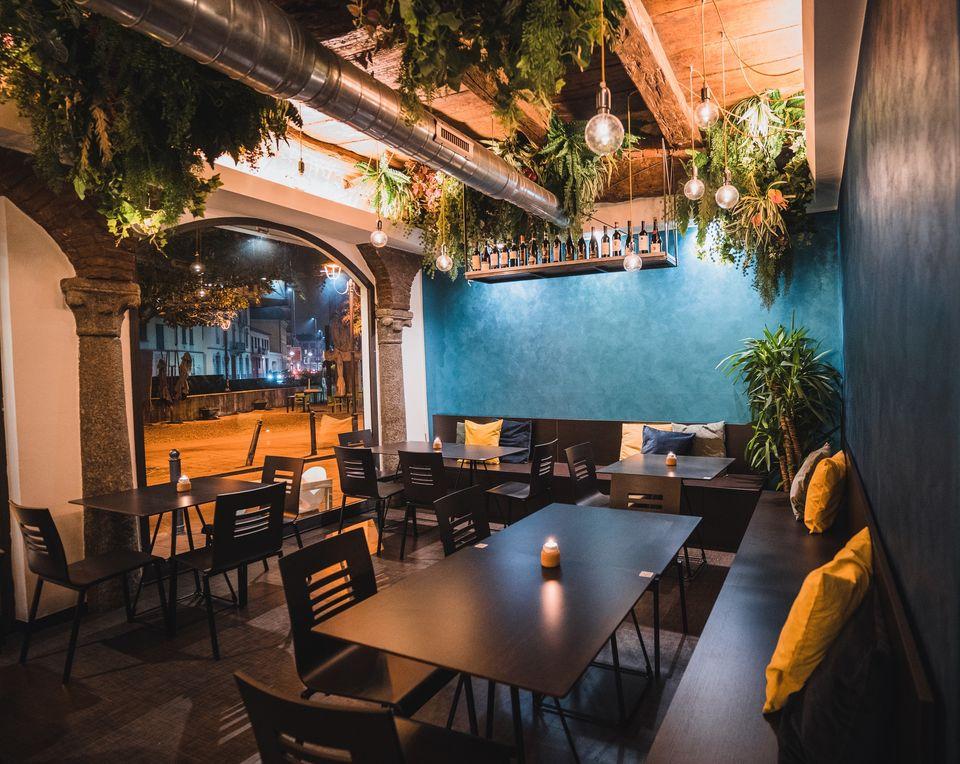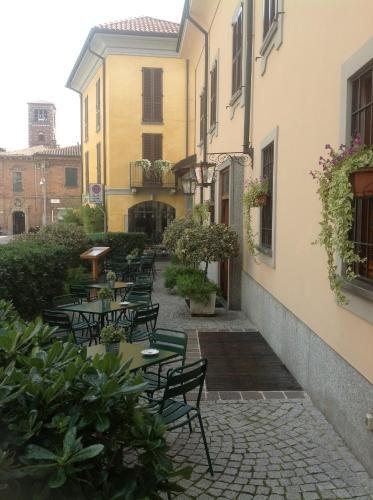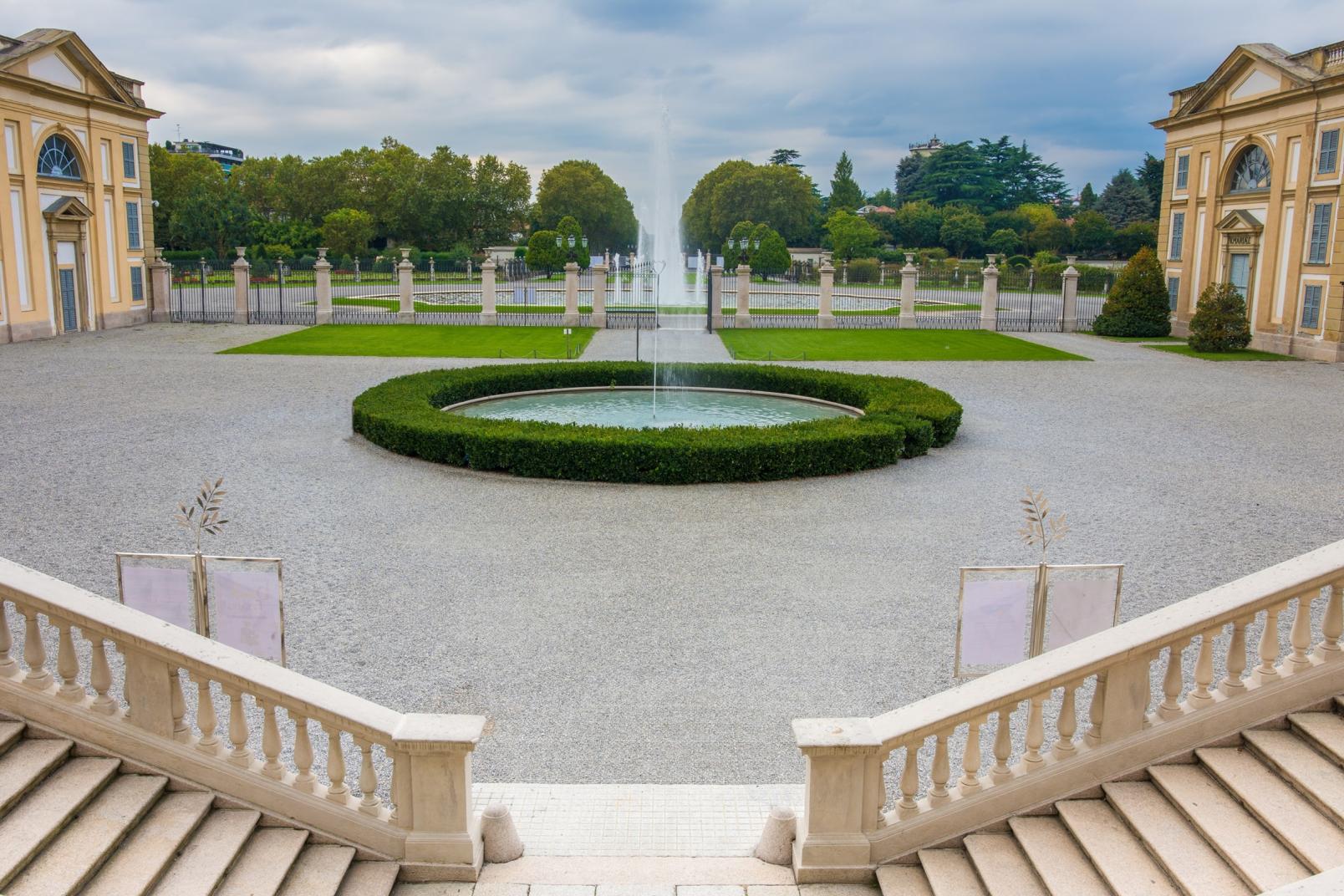The Way of St. Augustine is a 620-km itinerary in25 stagesthat starts in Monza and ends in Pavia, following the footsteps of the Saint of Hippo and touching fifty Marian shrines in Lombardy.
The Way takes its name from St. Augustine of Hippo, who settled in Cassiciacum/Cassago, after his conversion. The Saint's time in Brianza is documented in his Confessions. The symbol of this conversion, of this change of life in Augustine is represented by the famous "cinture" that Our Lady gave in apparition to St. Monica, Augustine's mother. The Marian pilgrimage touches three locations in Lombardy involved with the figure of Augustine of Hippo:
- Cassago Brianza, the ancient Rus Cassiciacum, the place of his conversion
- Milan, the imperial capital city site of his Baptism
- Pavia, where inside the basilica of San Pietro in Ciel d'Oro are preserved relics of the saint
but allow visits to the most important artistic and historical sites of Brianza (churches, monasteries, ancient and modern monuments, nature parks, parks, delight villas) starting from the shrine and convent Santa Maria delle Grazie in Monza, alongside the Lambro River.
The St. Augustine's Way has a shape resembling a stylized rose and for this reason it is also called the Way of the Rose. This rose has its flower in the Brianza area of Como, Lecco and Monza, the leaves in an east and west direction along the provinces of Monza and Brianza, Milan, Varese and Bergamo, the stem joining the cities of Monza, Milan, Pavia and Genoa in a long axis in a north-south direction, the roots connecting the Augustinian cities of Tunis-Carthage, Tagaste and Hippo, on African soil.
The Flower is a circular route of 352 km, starting and ending in Monza, to be ideally covered in 15 days and touching 30 Marian shrines.
The Eastern Leaf is a 99-km eastbound route from Milan to Monza along the Villoresi and Martesana canals and touches 8 Marian shrines.
The western leaf is a 91-km westbound route from Monza to Milan along the Villoresi canal.
The stem joins the cities of Monza, Milan and Pavia along the Naviglio Grande and Naviglio Pavese and touches 4 Marian shrines.
"This closed circularity of the Way offers non-trivial symbolic elements of reflection that are already evident in the emblem identified for the Way itself, but especially in the Augustinian belt as a symbol of commitment and constancy in one's ideality, in one's existential vocation: an image of a life path that moves and returns to the Spirit. Belt as an Augustinian symbol of intimate adherence to one's belief, conquered after a demanding and strenuous journey."
The symbol of the Way of St. Augustine
The symbol is based on the crown of twelve stars on a blue field (the logo of the European Union), on which is superimposed a second elliptical crown of stars in yellow, representing the twenty-five shrines and the closed circularity of the Way. Inside the two crowns of stars there is the stylization of the royal crown,symbol of the city of Monza and more generally of the whole Brianza.
Although the spiritual religious valence is explicit, the Way can also be well realized in a more secular key, as a moment of leisure and intelligent vacation on foot or by bicycle: a real path of sustainable tourism in a still little known territory.
The route is presented in the guidebook "The Way of St. Augustine," edited by Renato Ornaghi and published by the Opificio Monzese delle Pietre Dure.
On the official website of Walk of St. Augustine are available:
- Maps in electronic format GPS
- Maps (trail extension to connect to the Expo 2015 site and Malpensa, Linate and Orio al Serio airports)
- Maps for the extension of the Camino in North African lands (Tunisia and Algeria)
- Discussion forums
Contacts
Site: The Way of St. Augustine
Email: info@camminodiagostino.it

